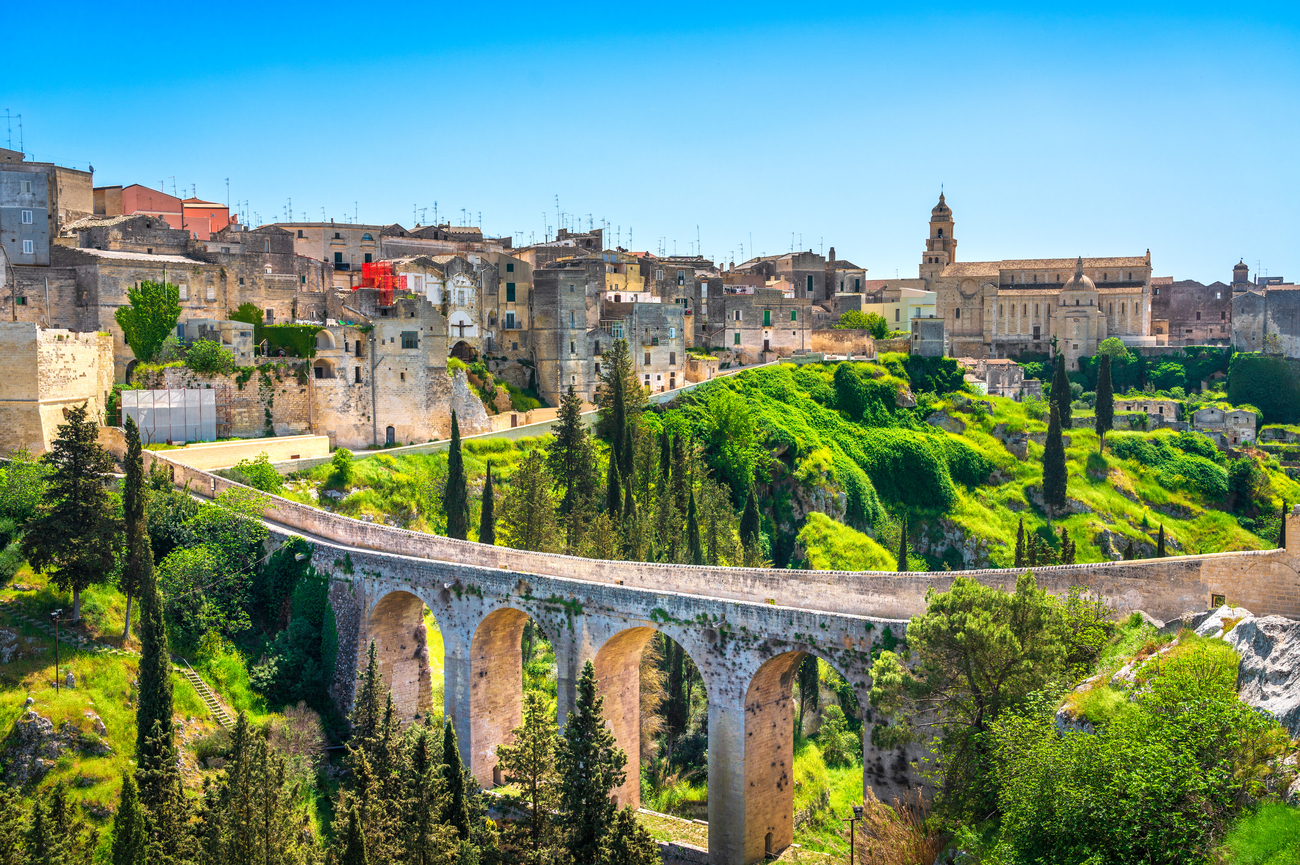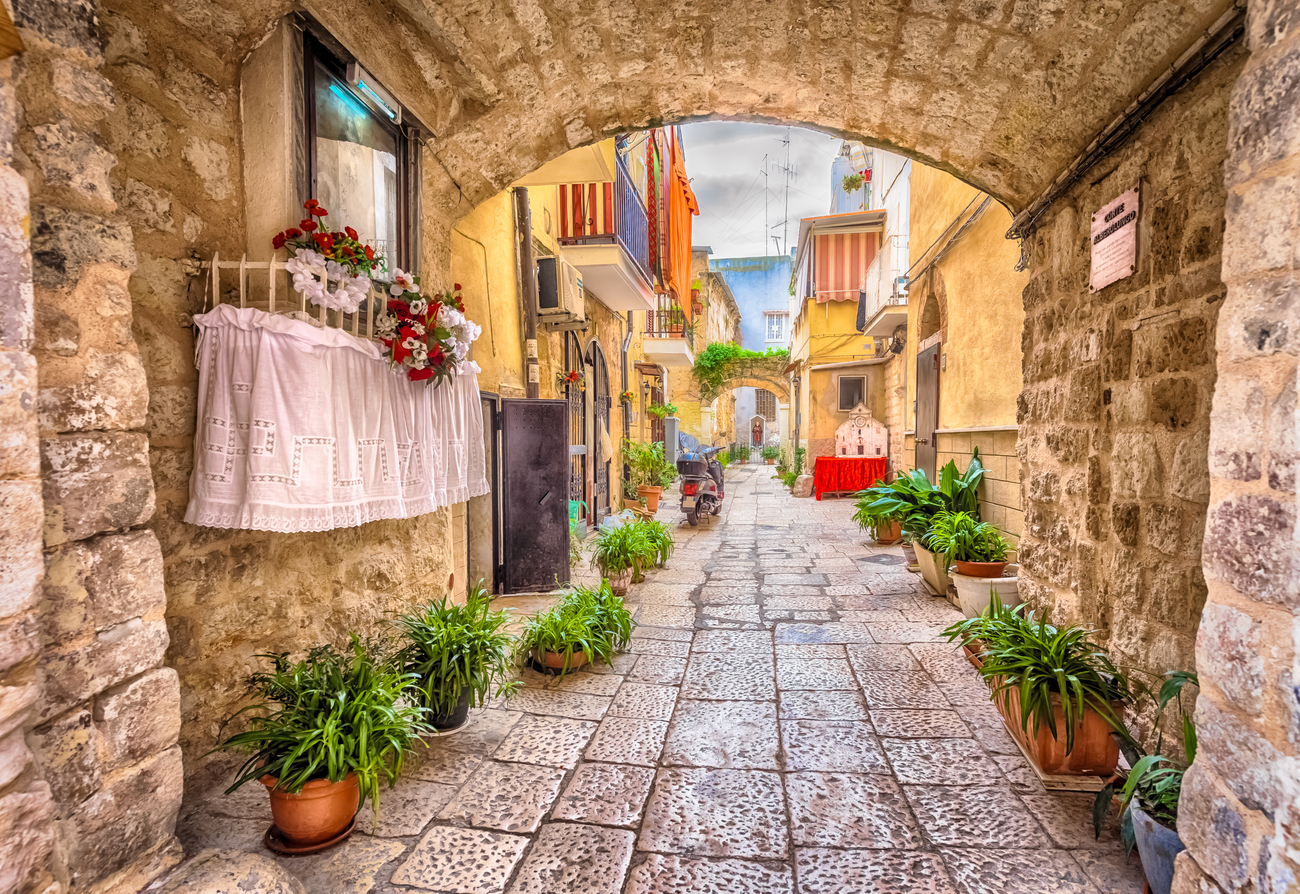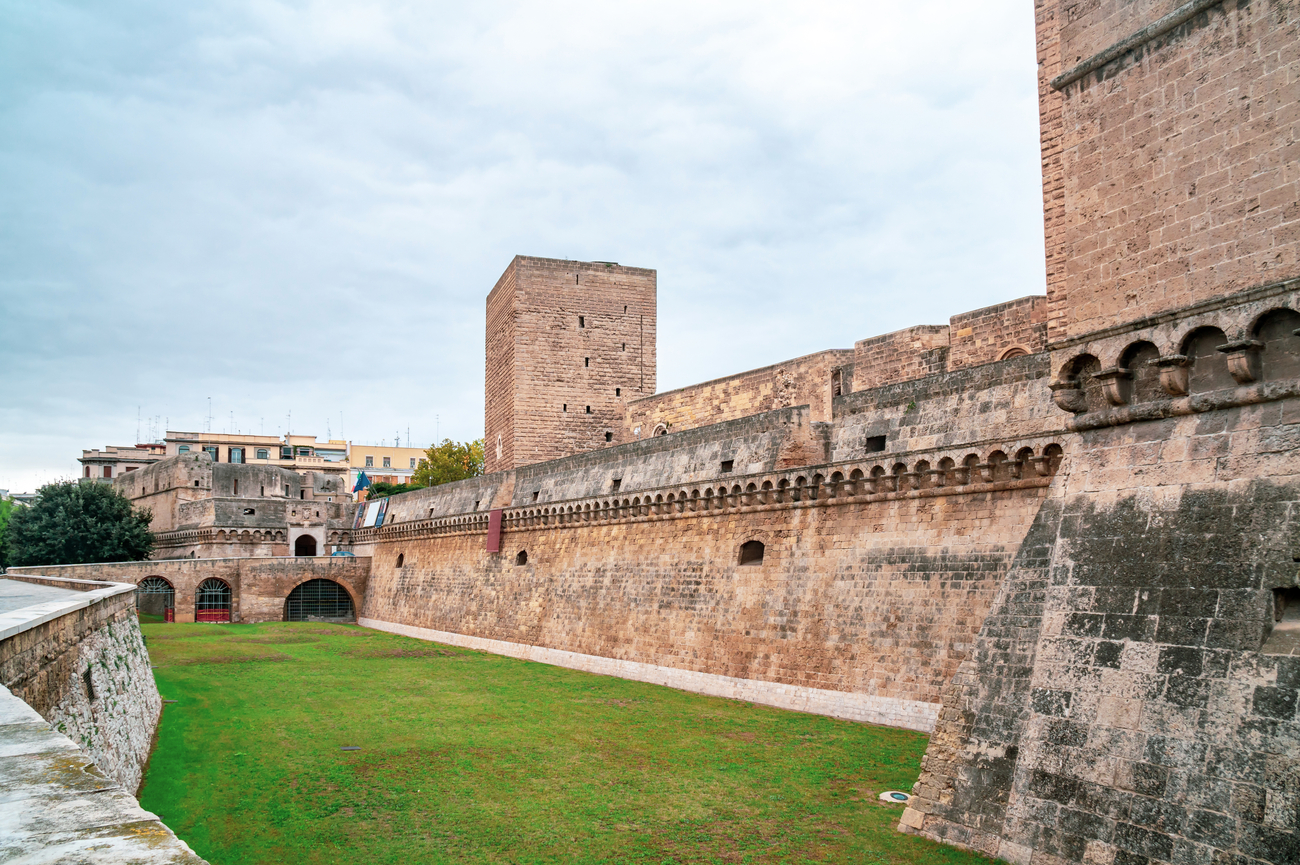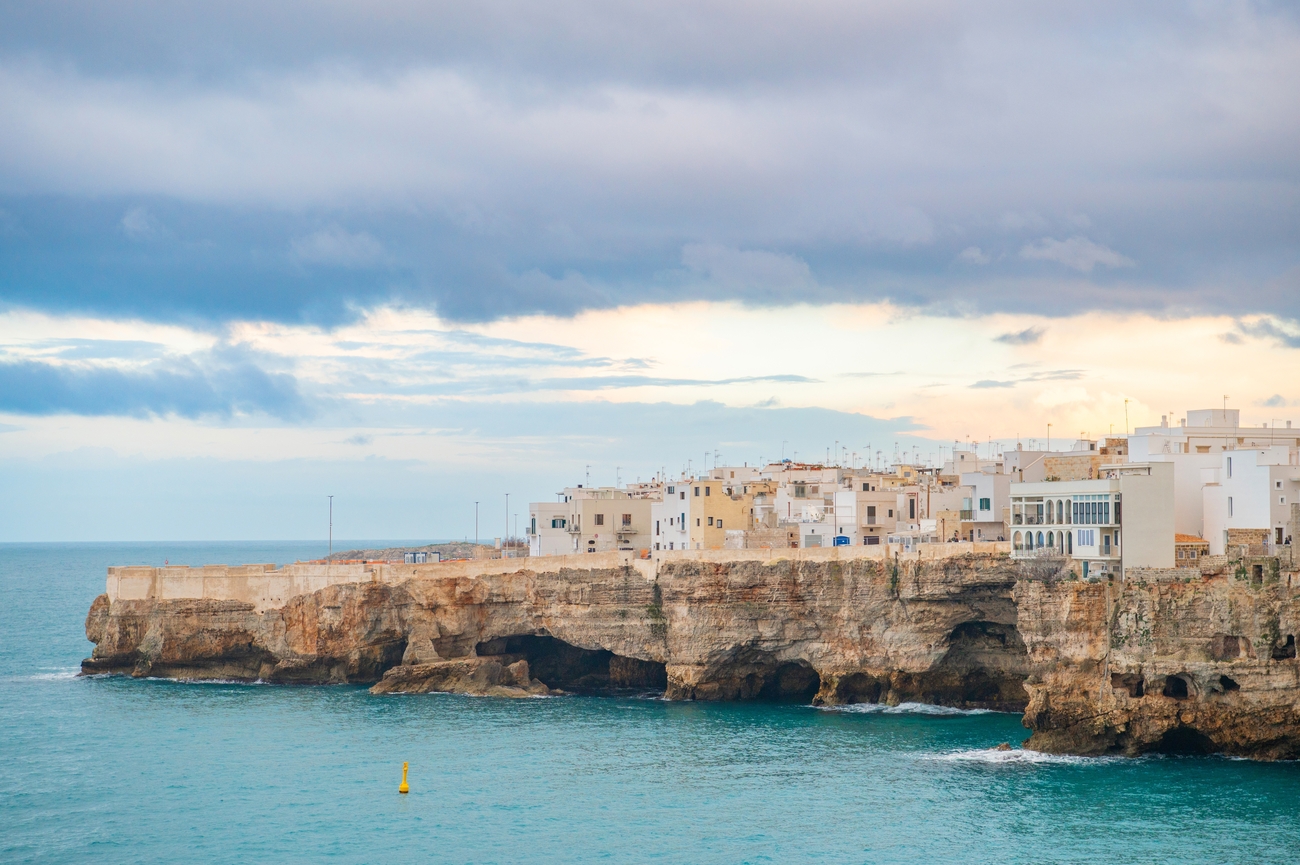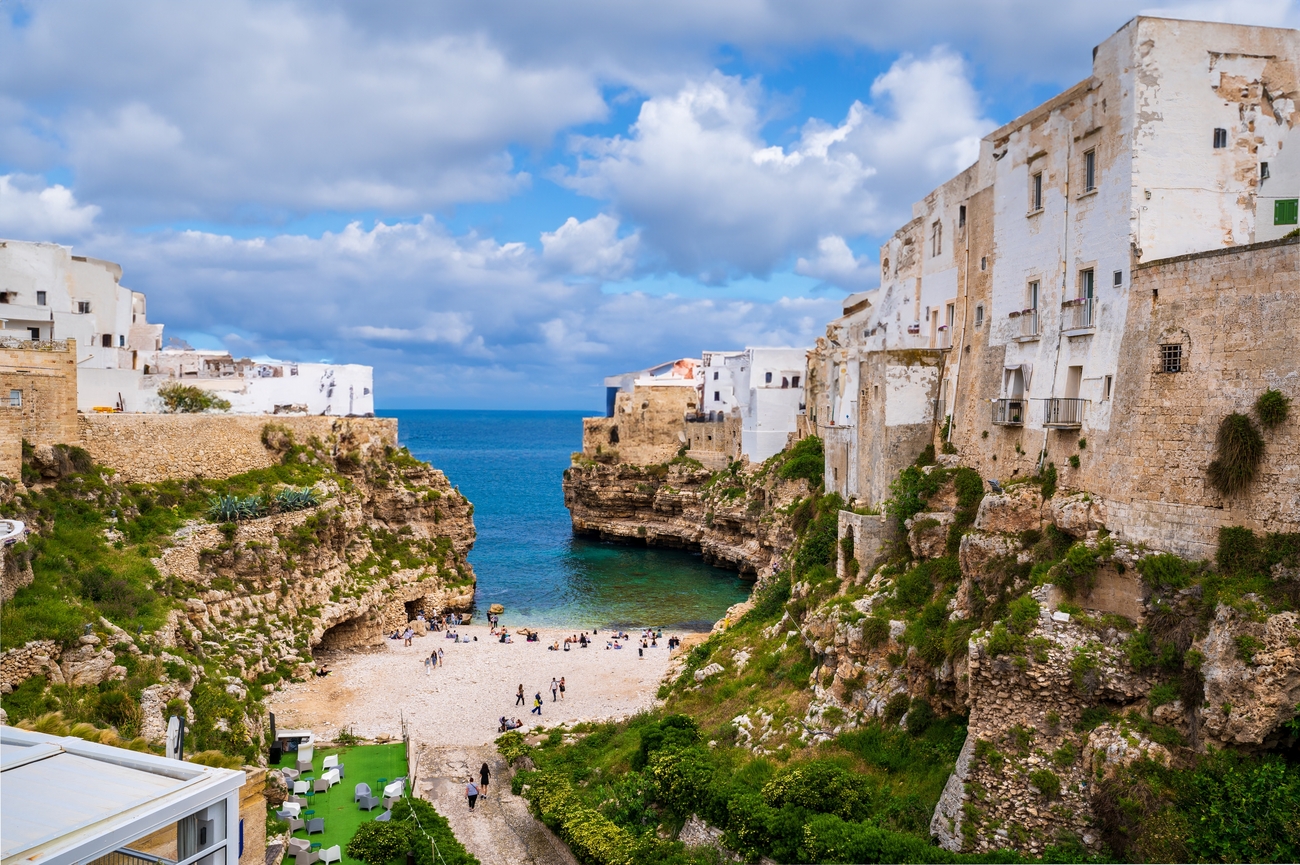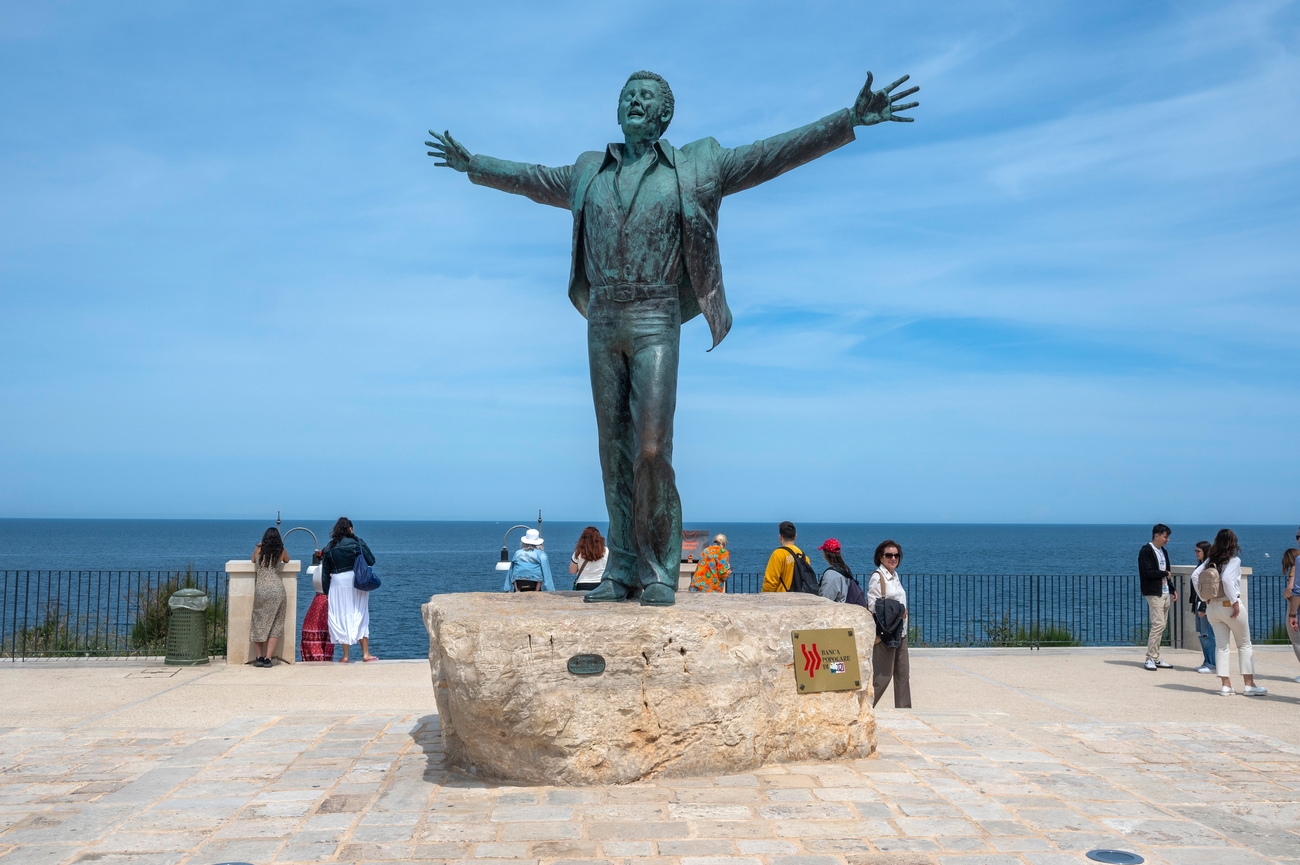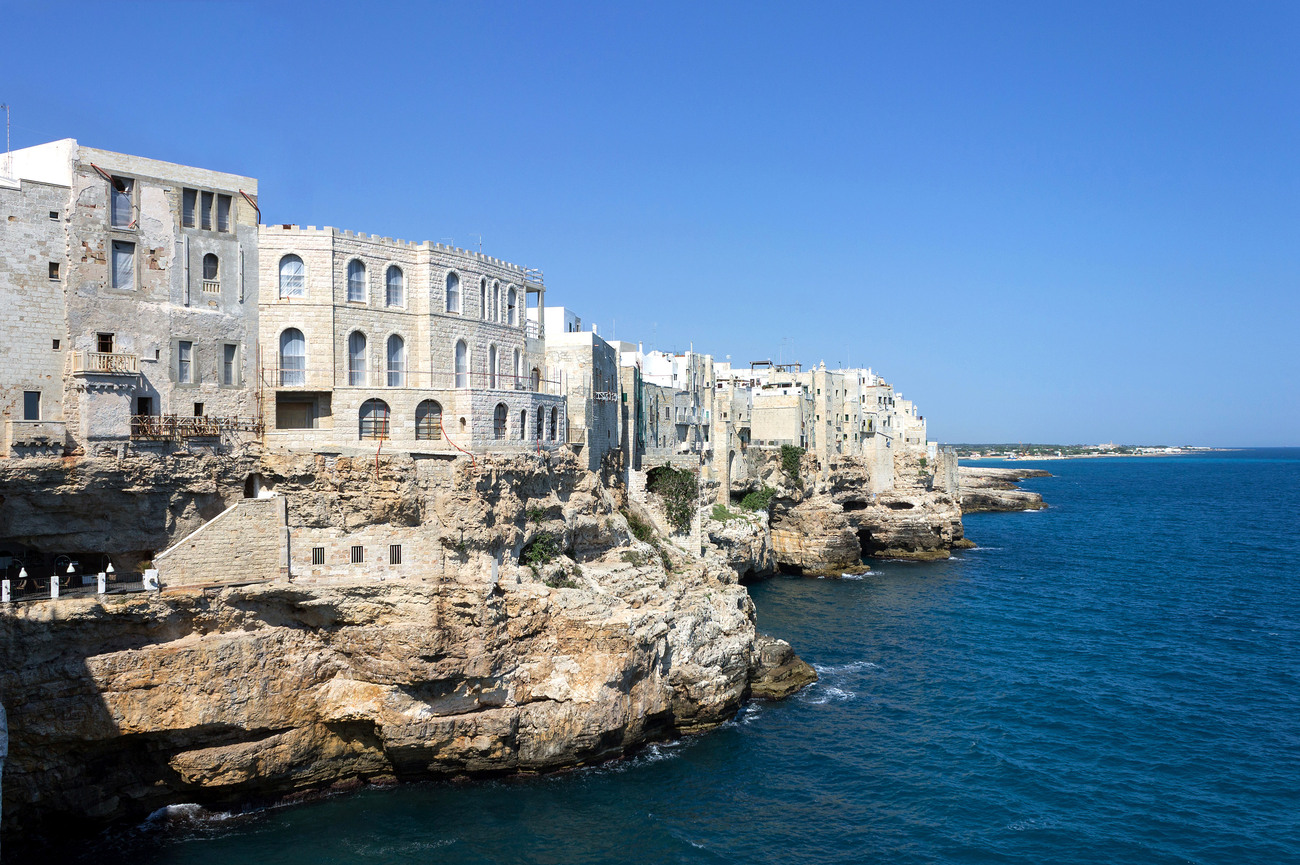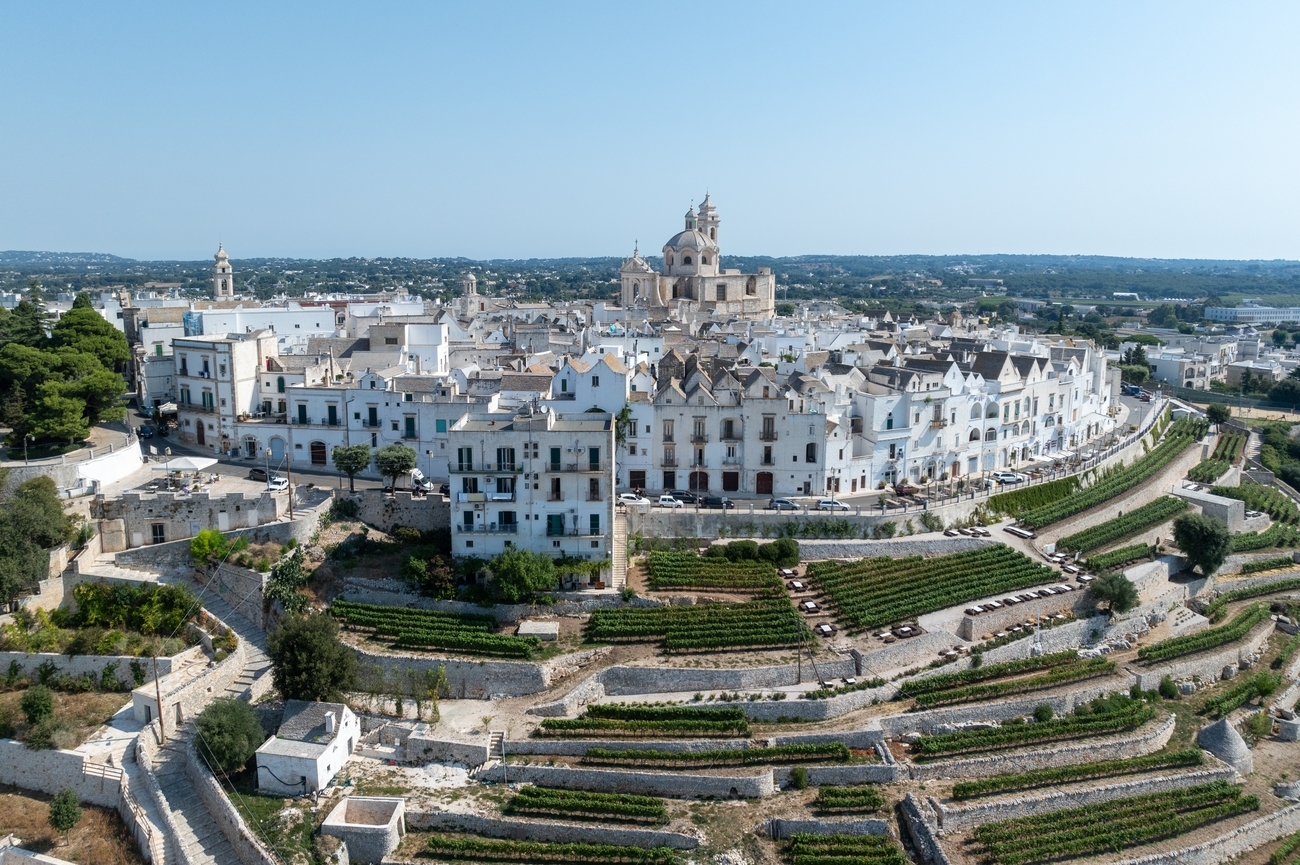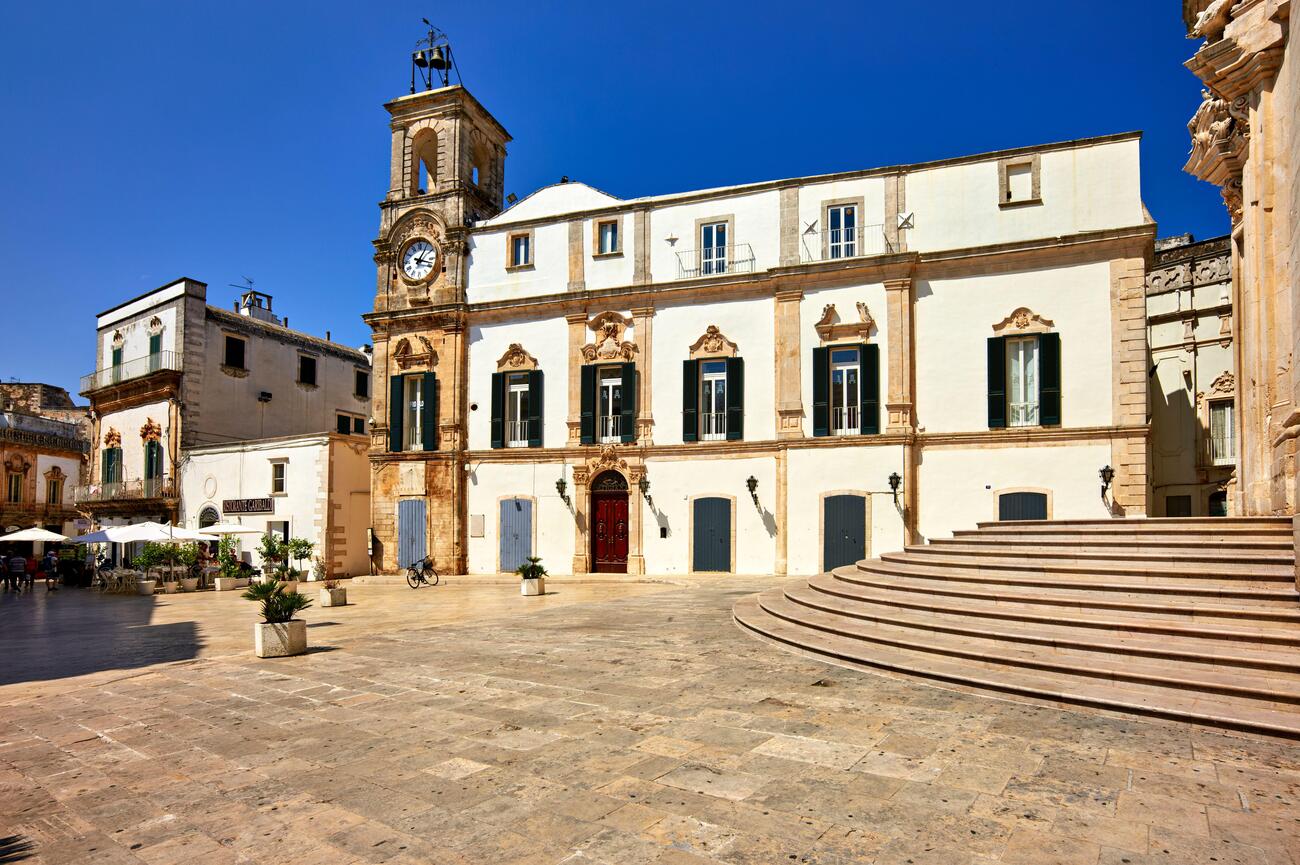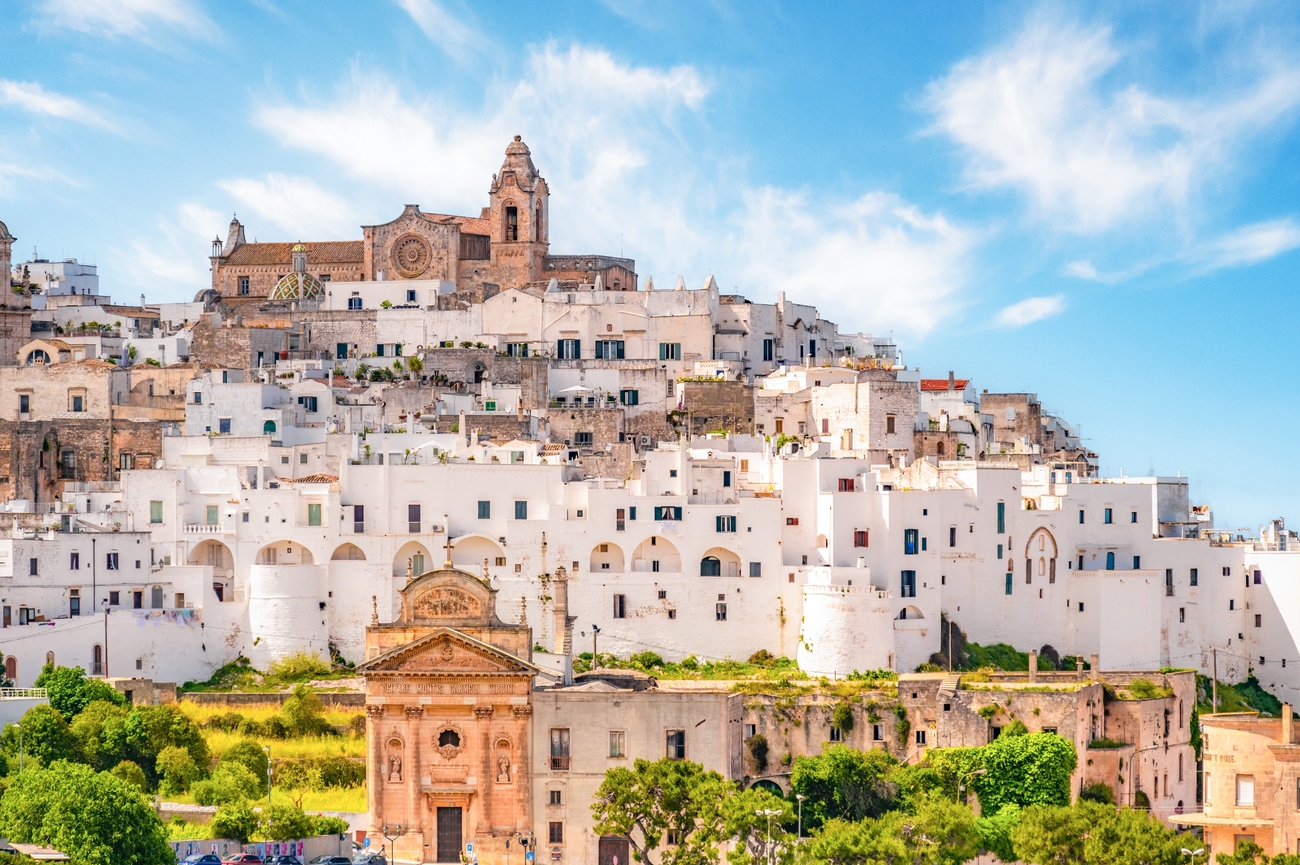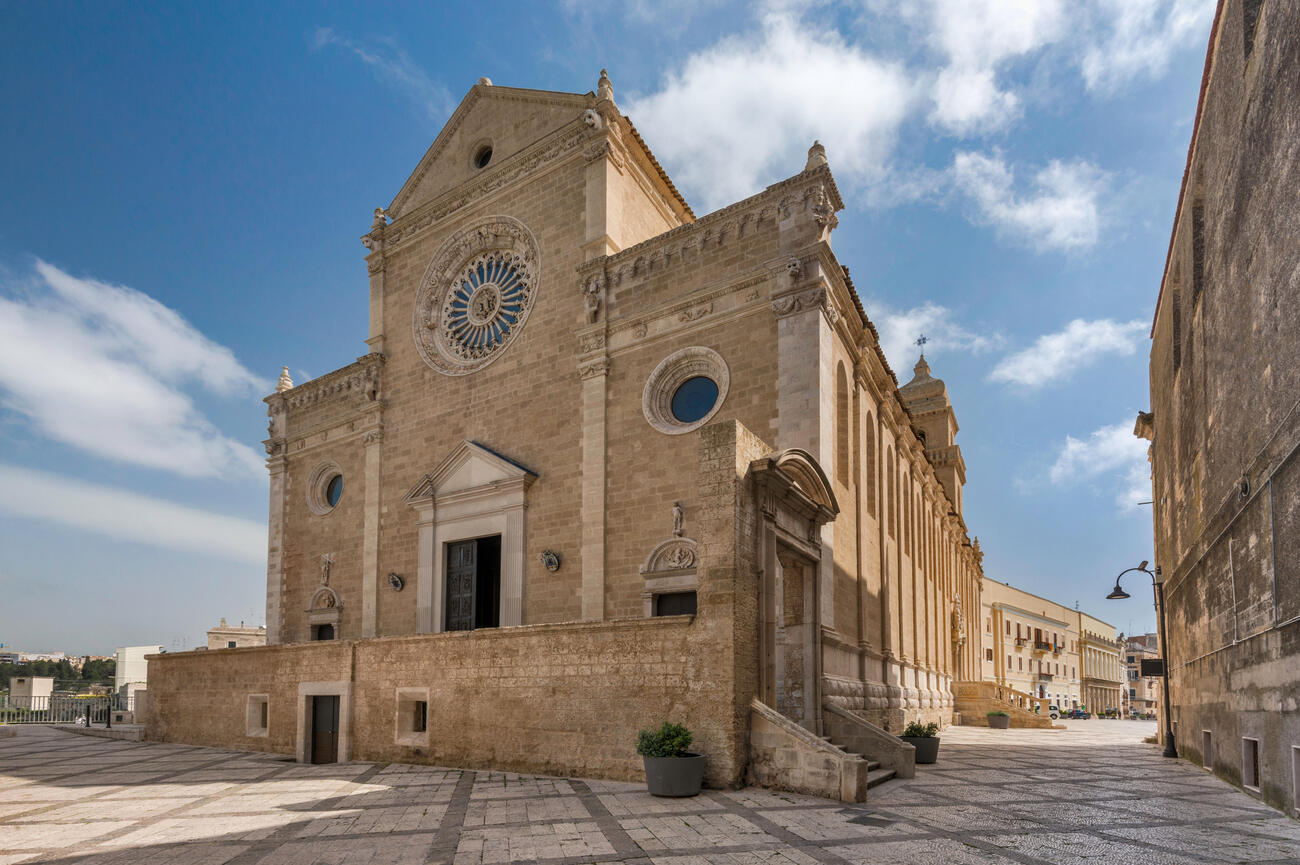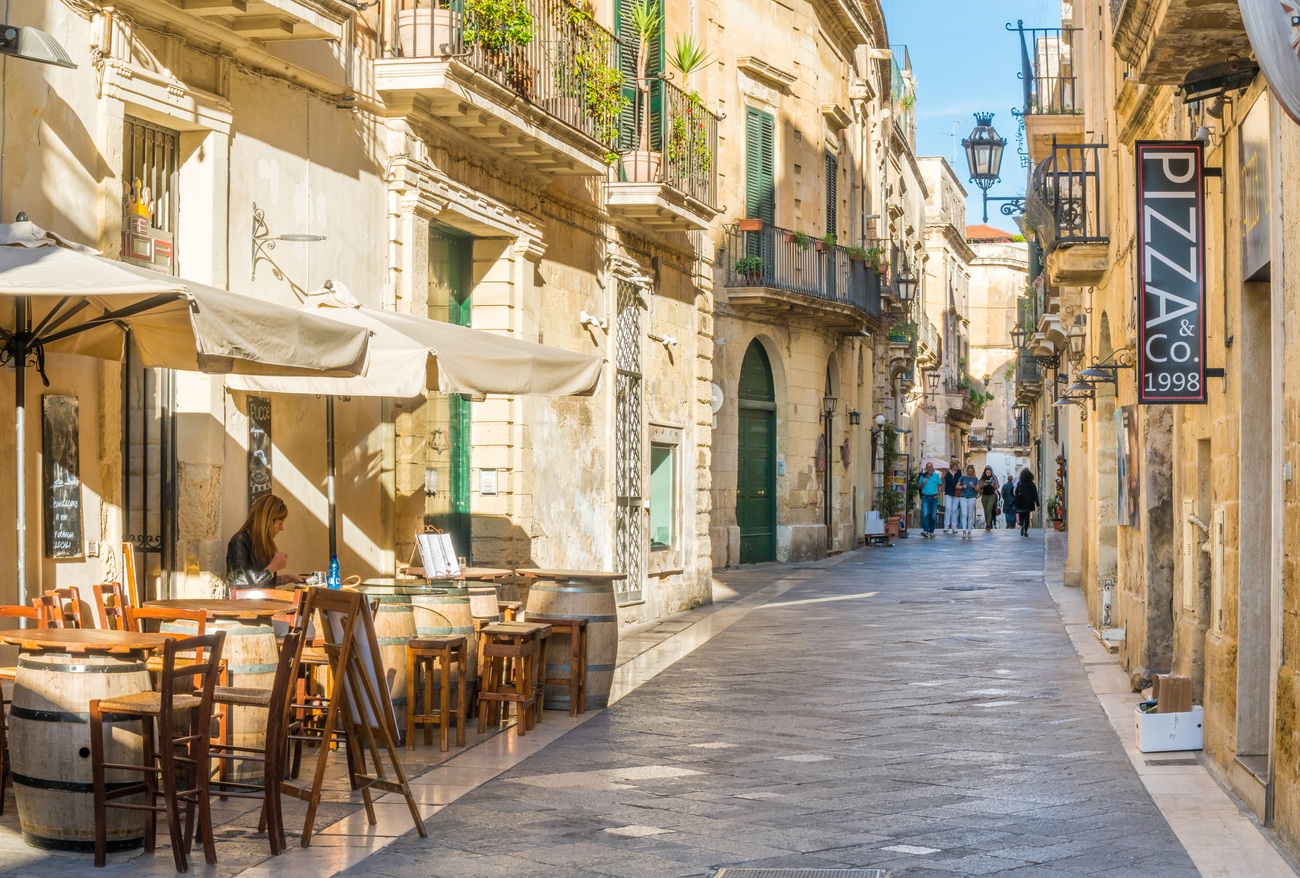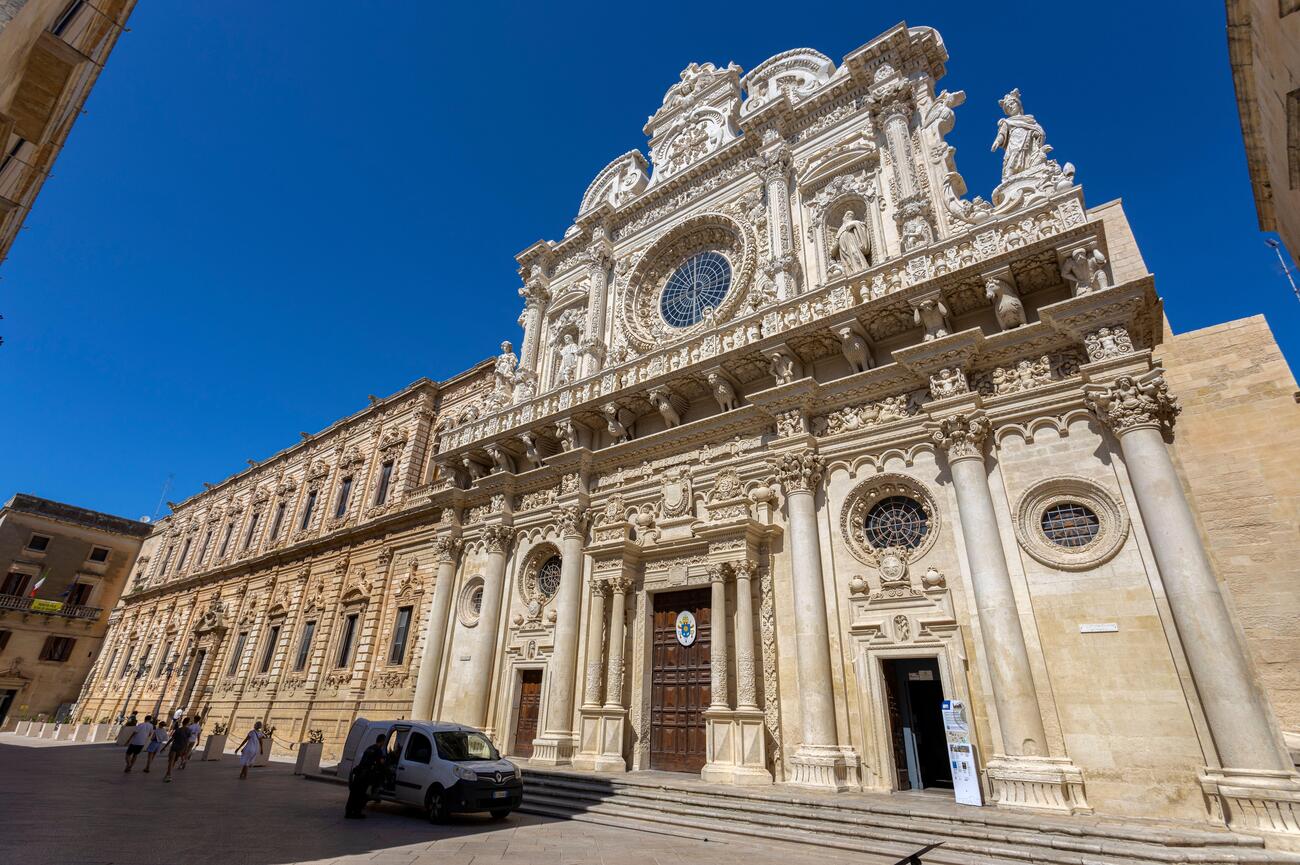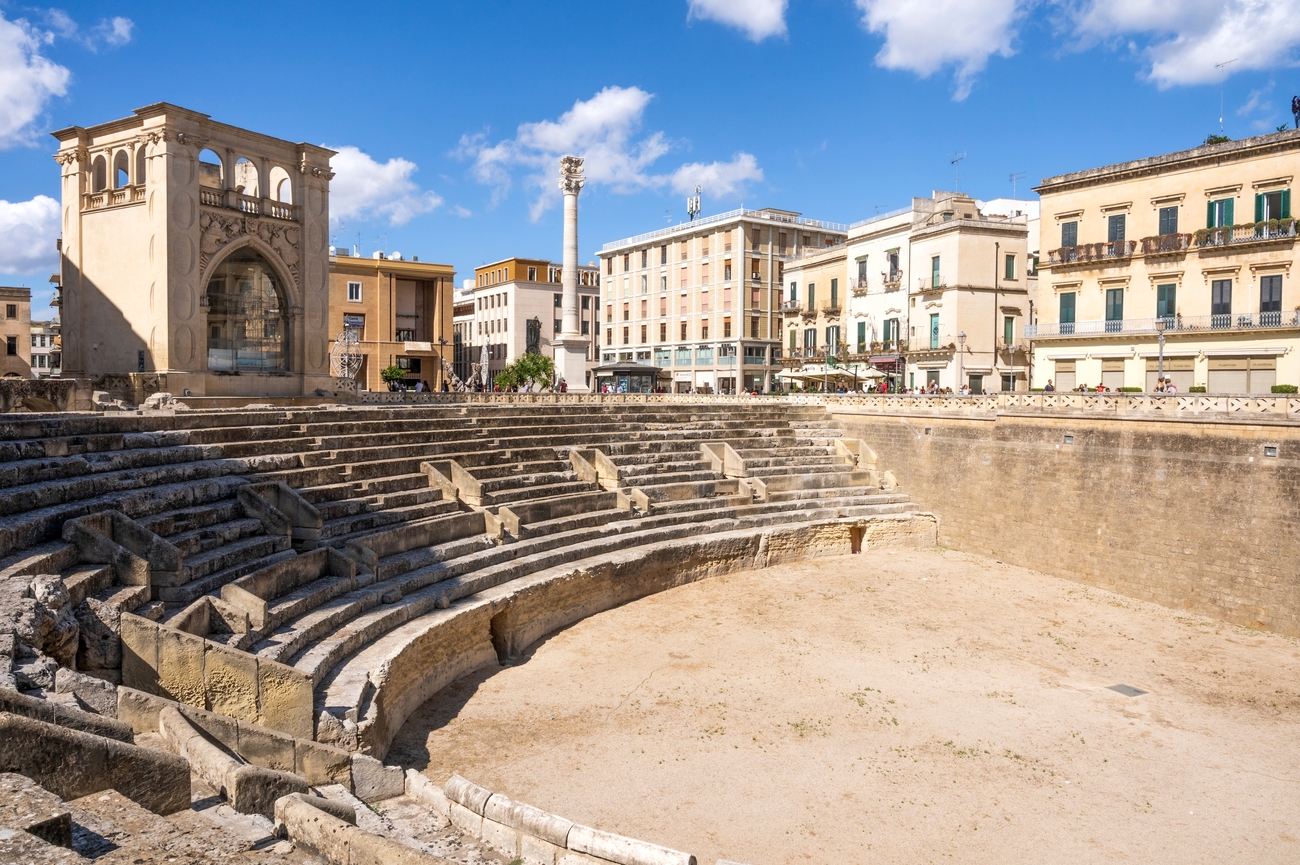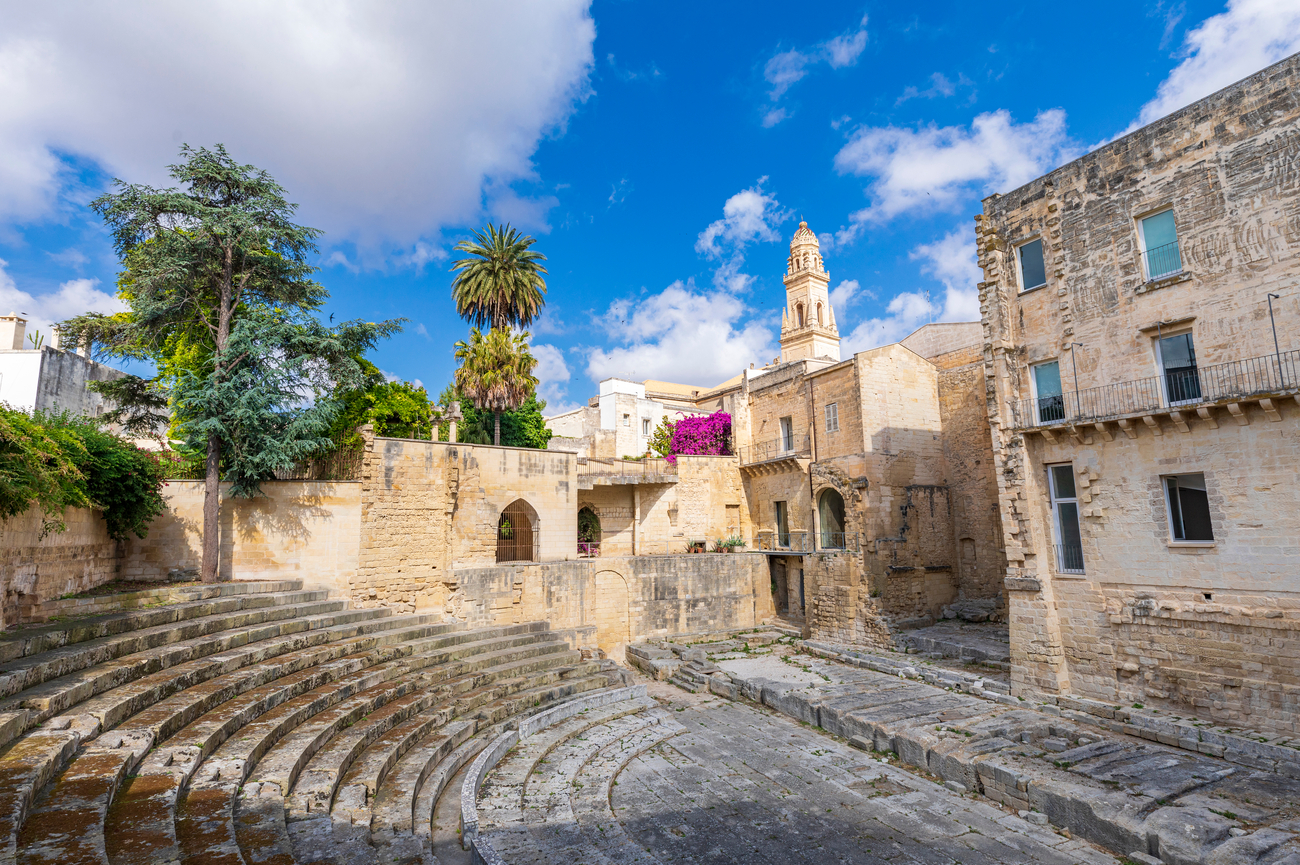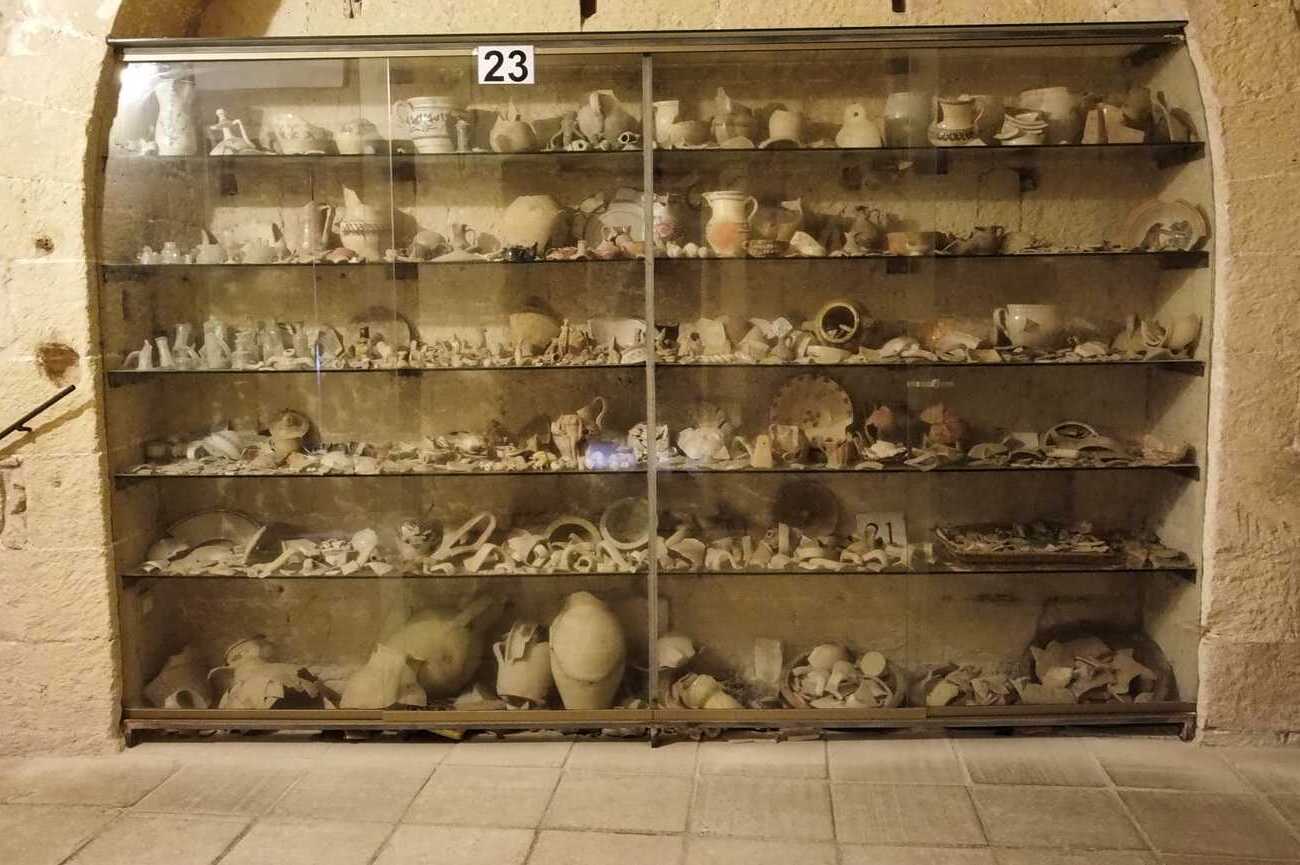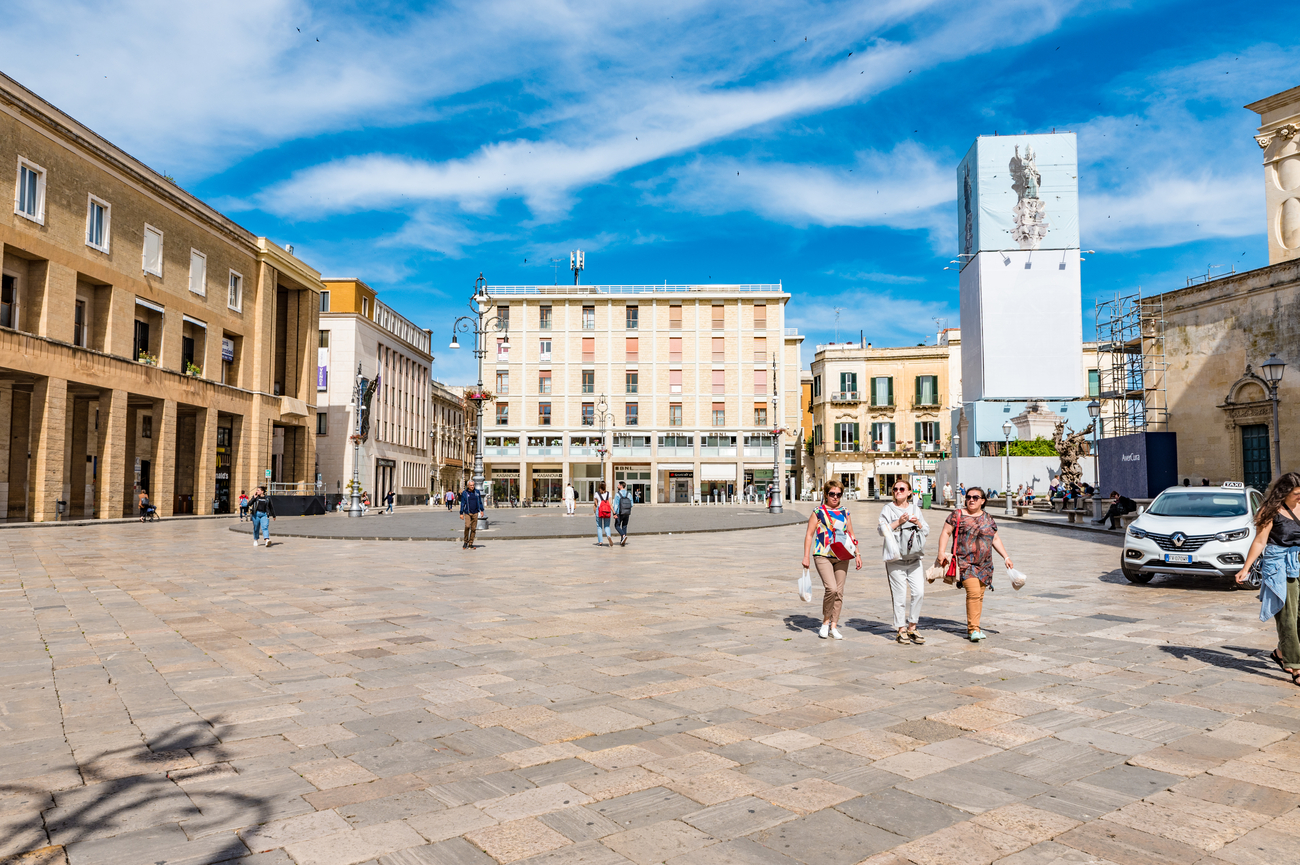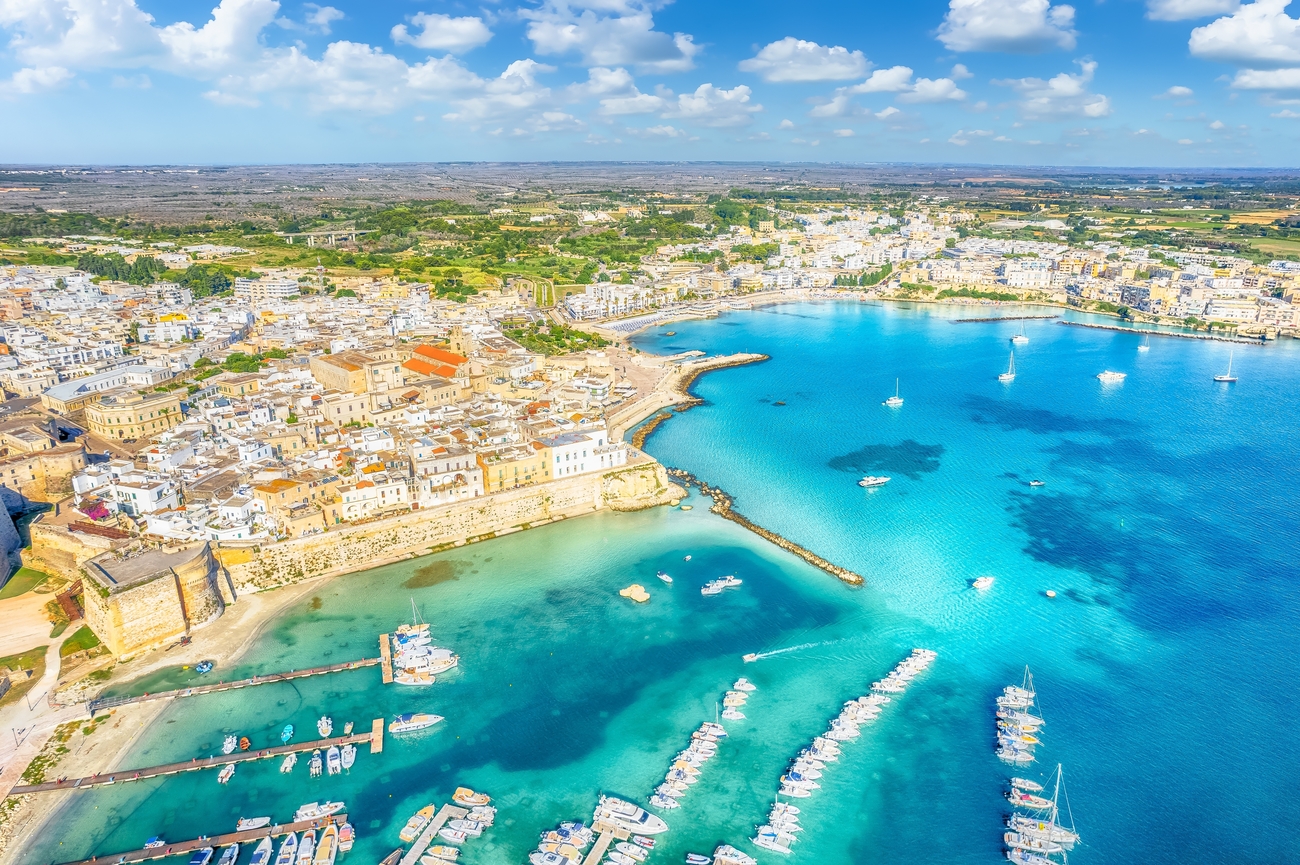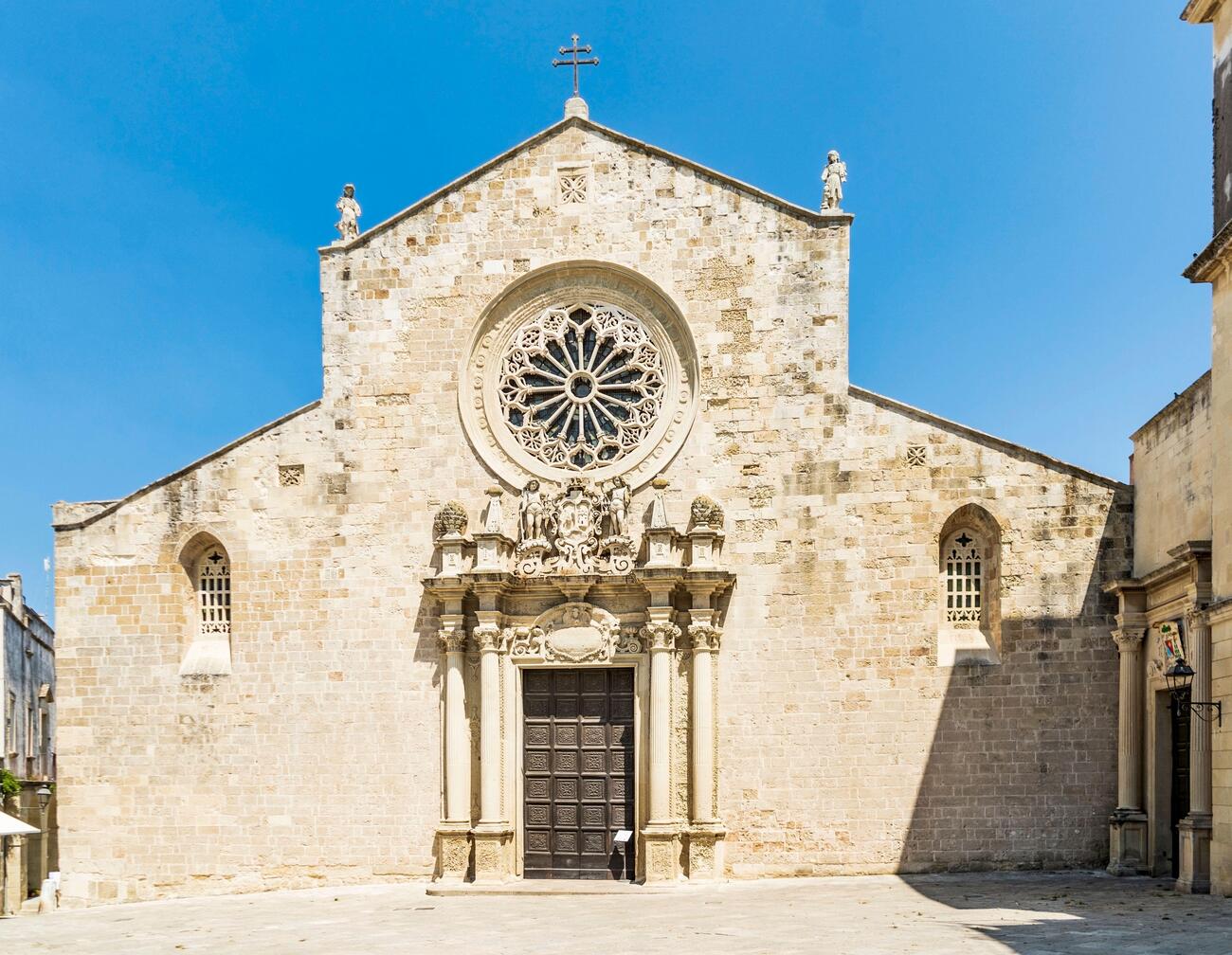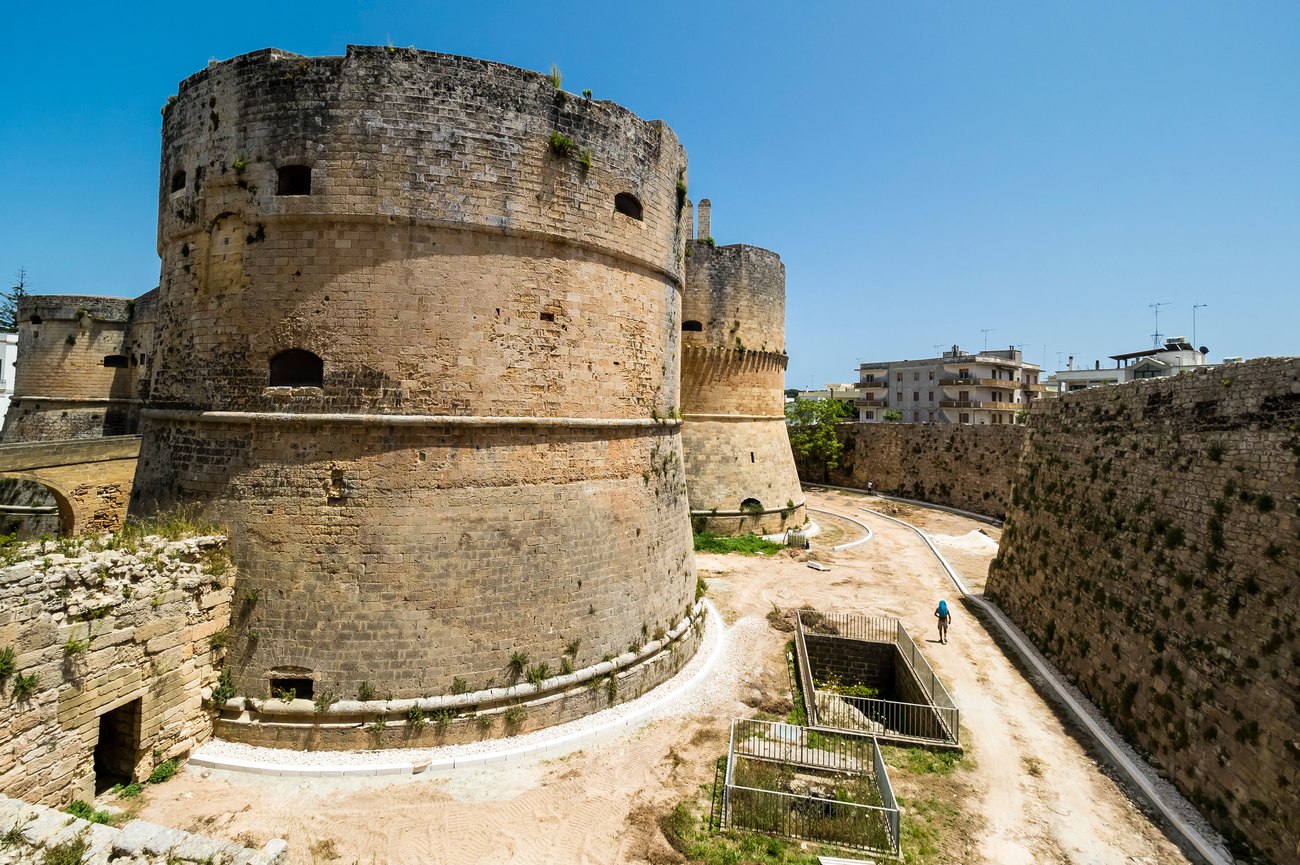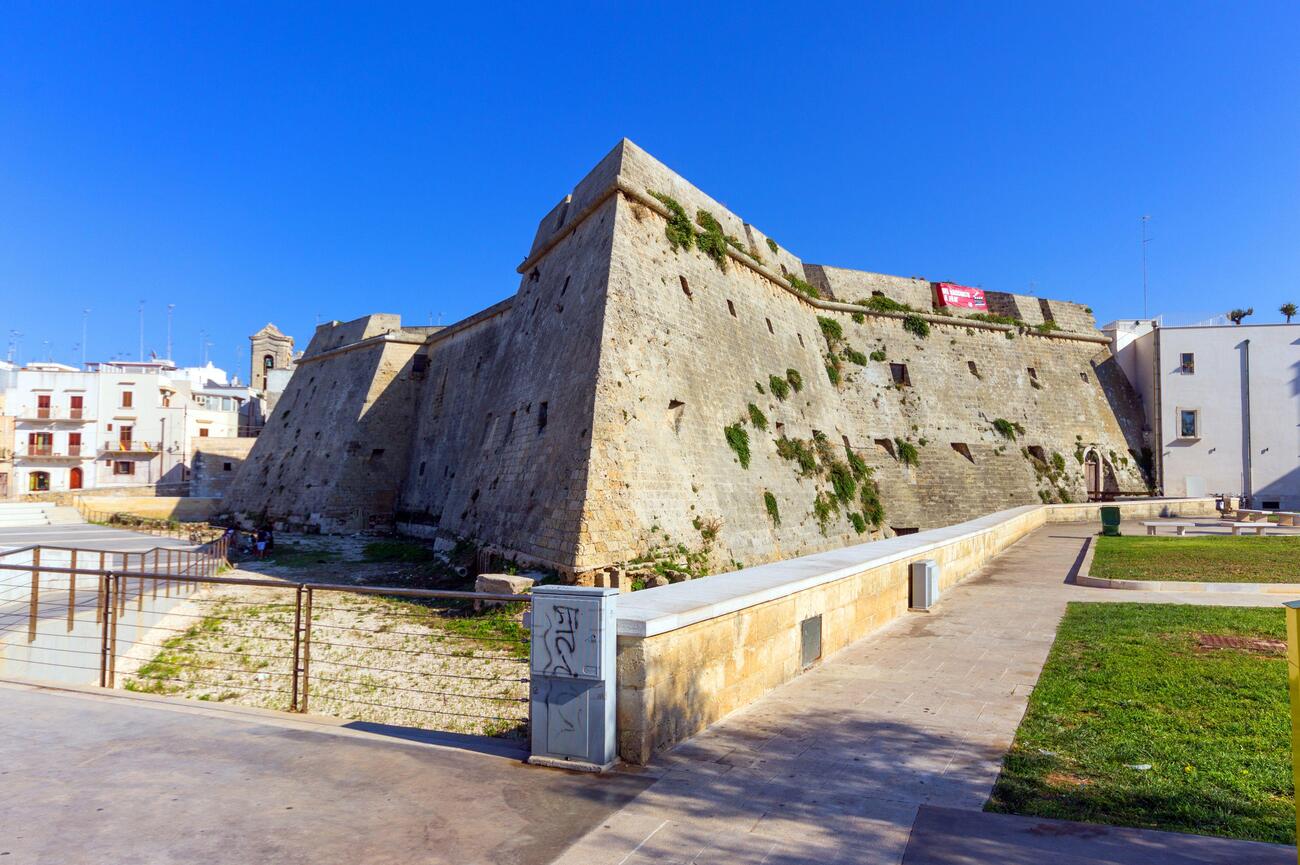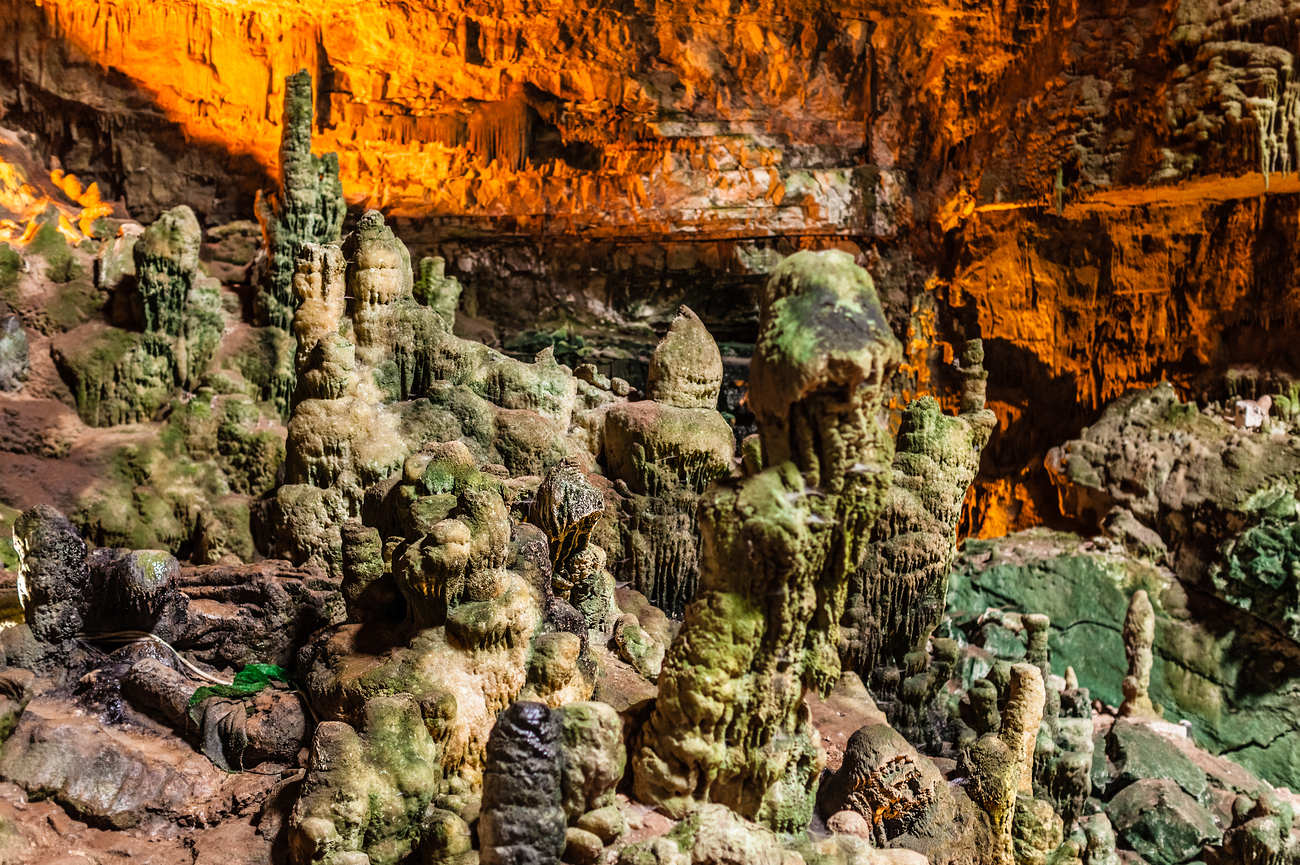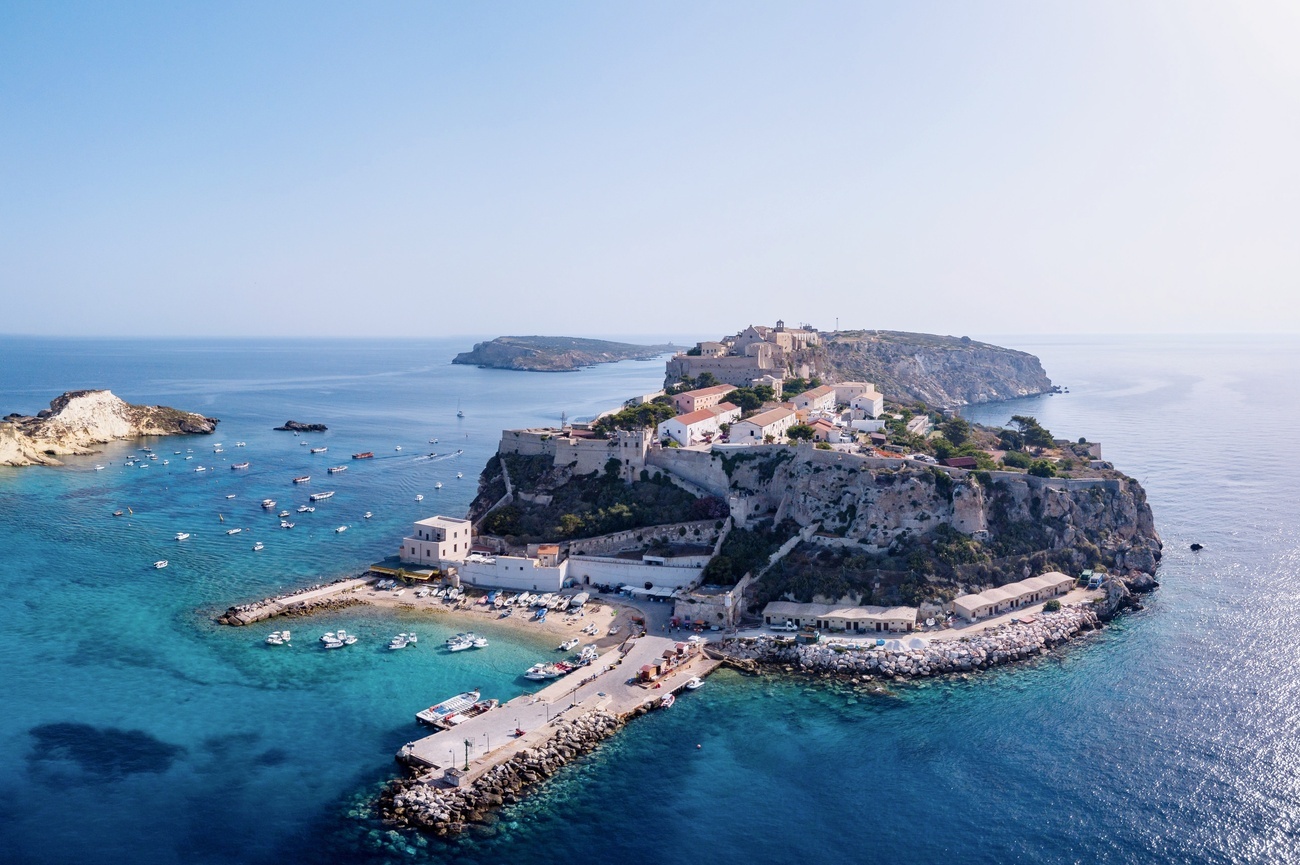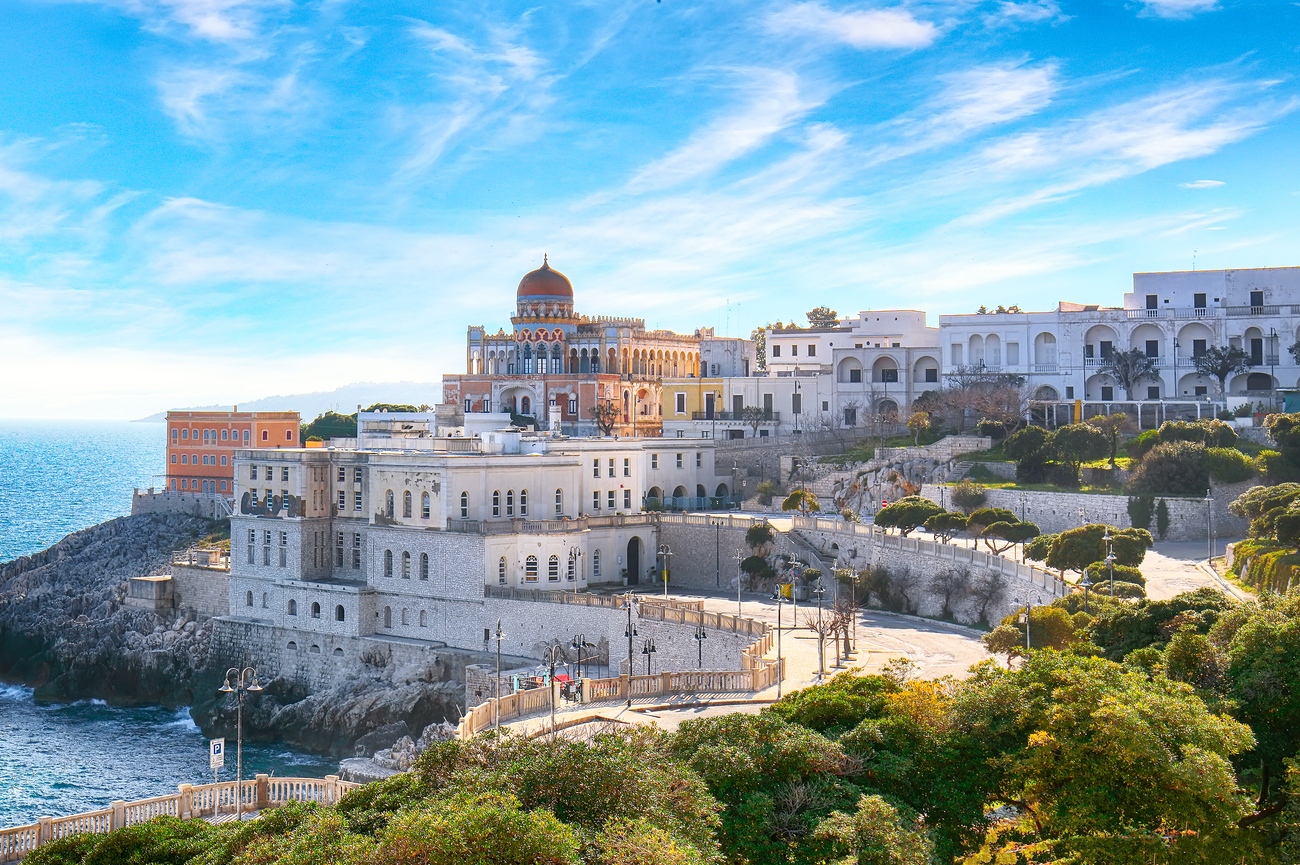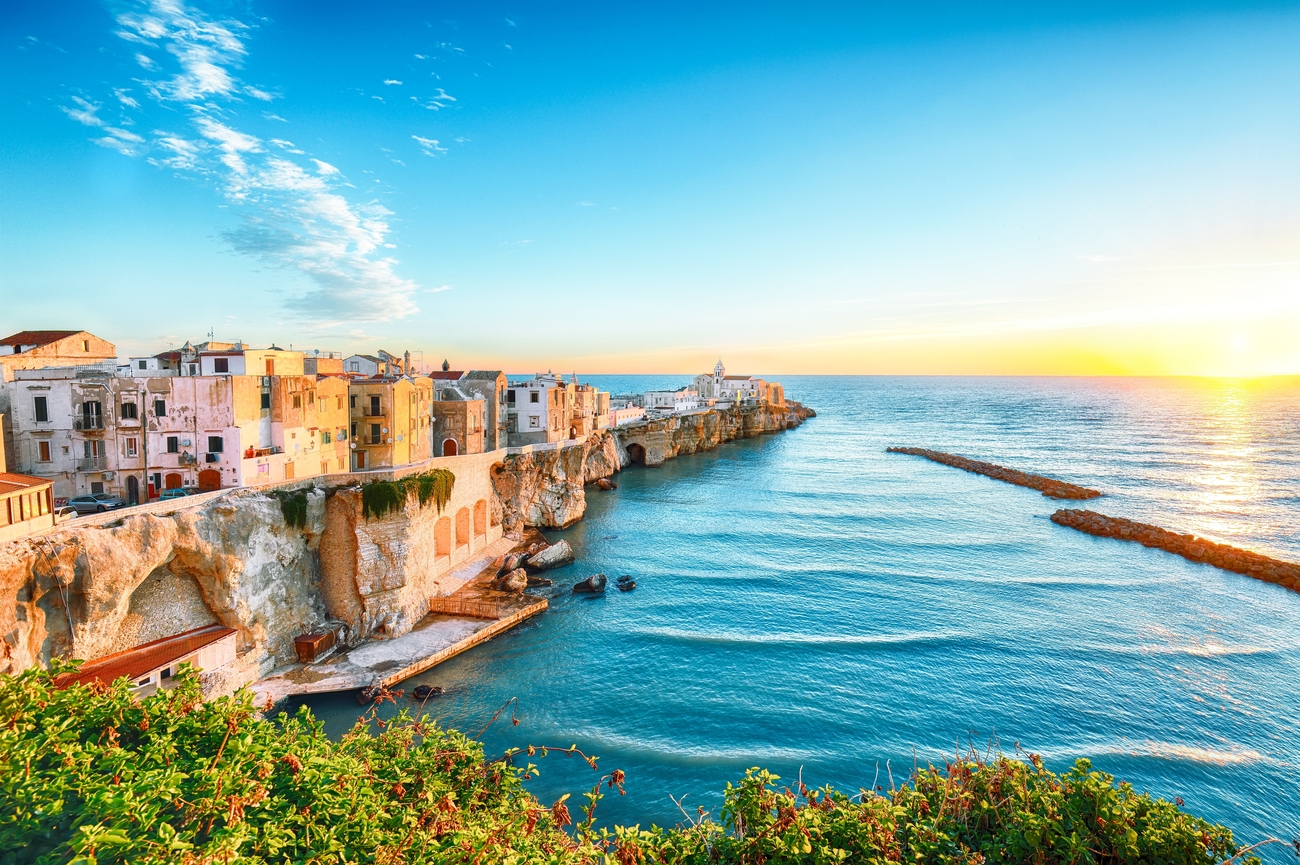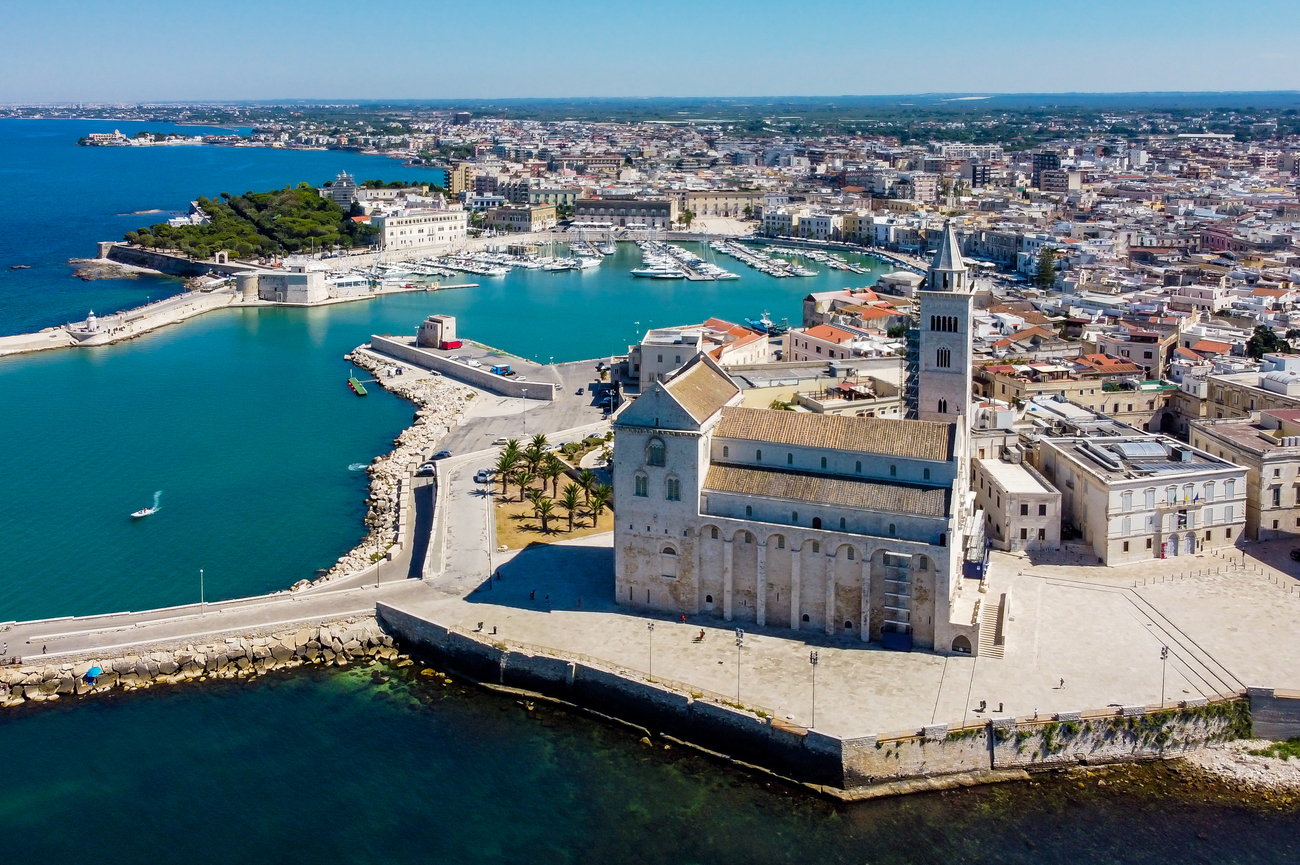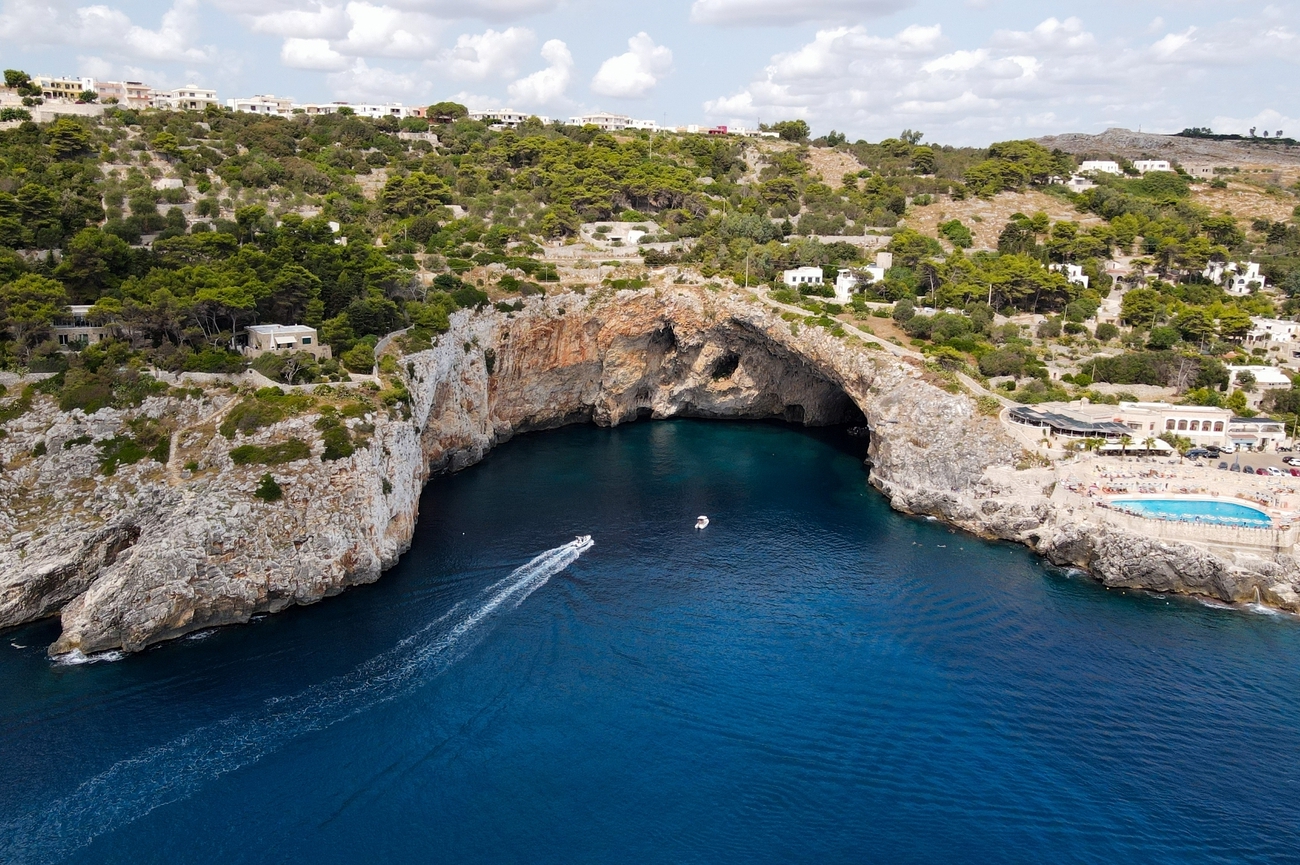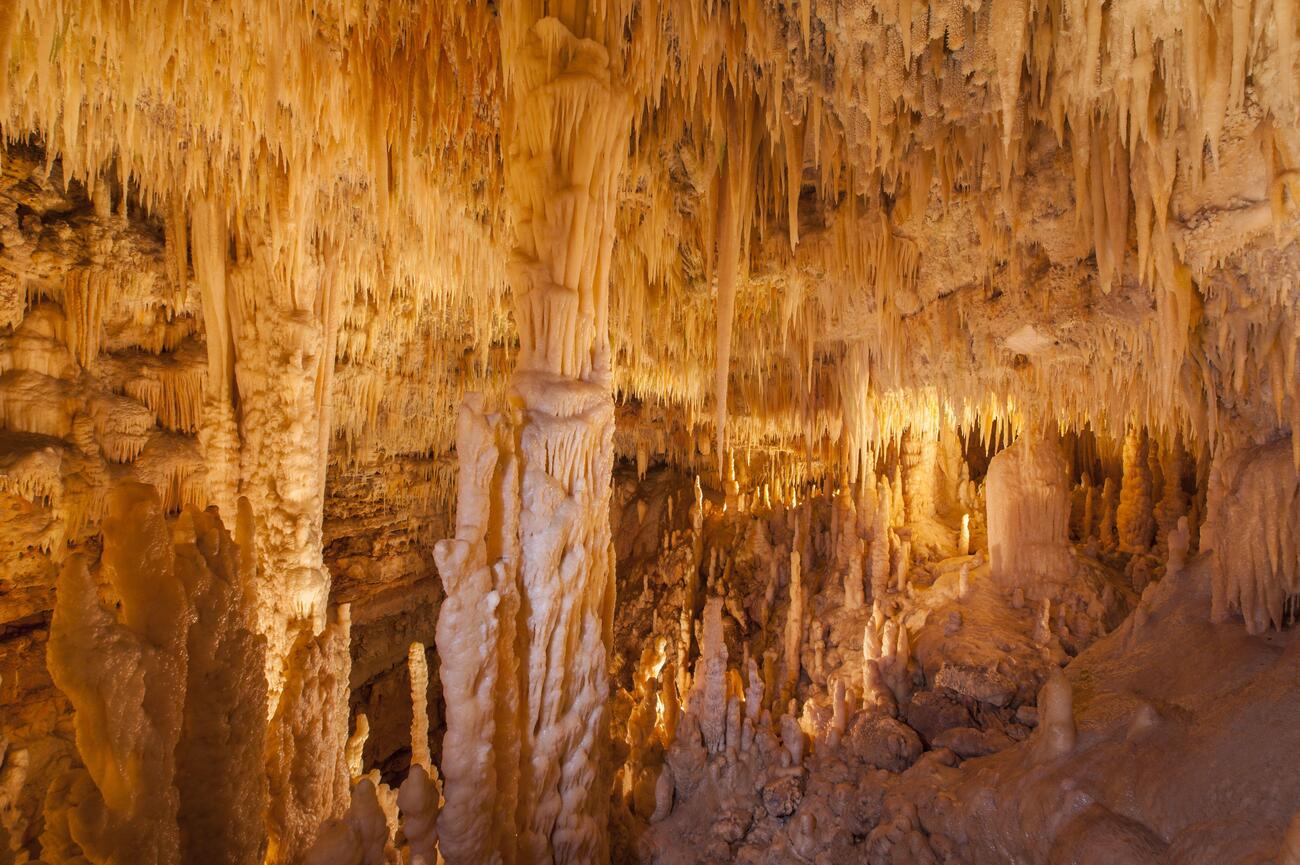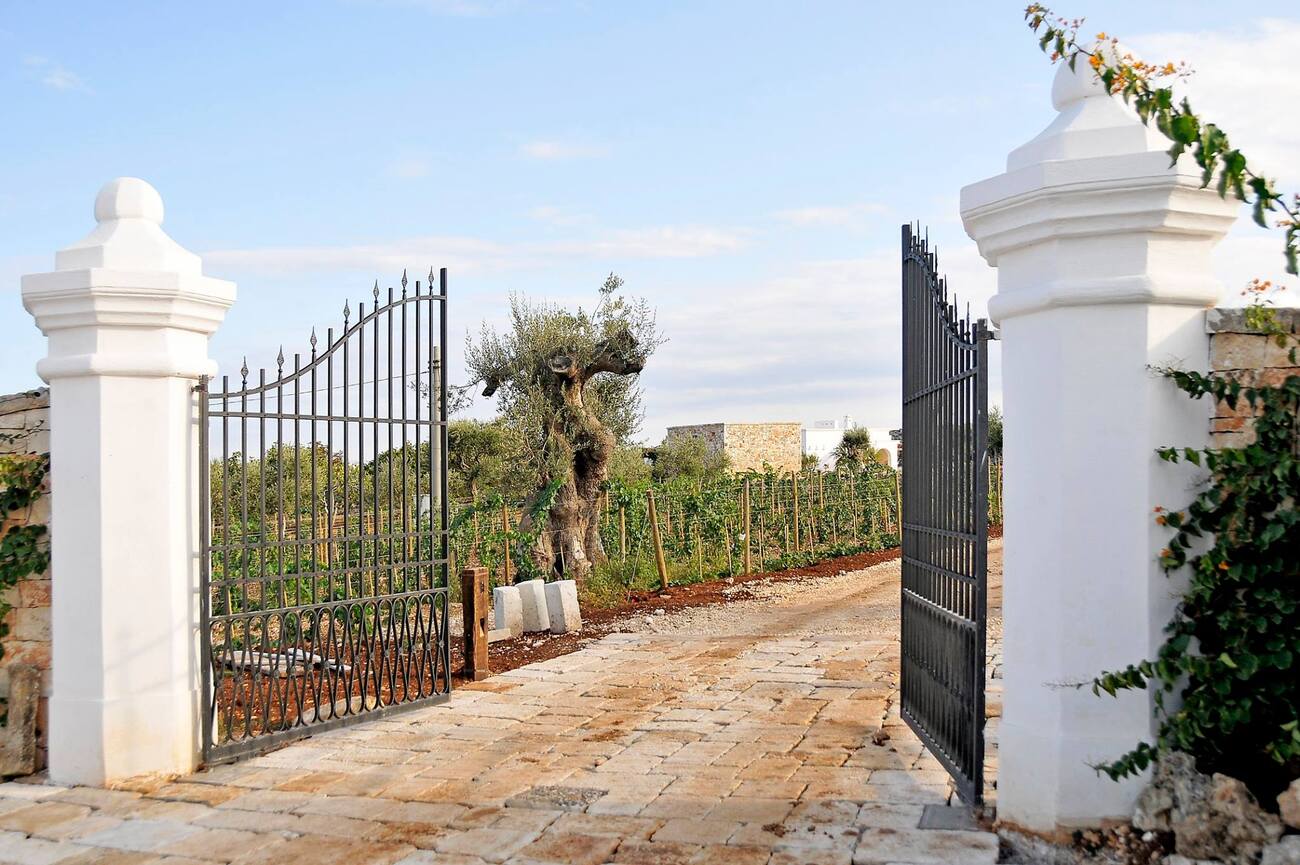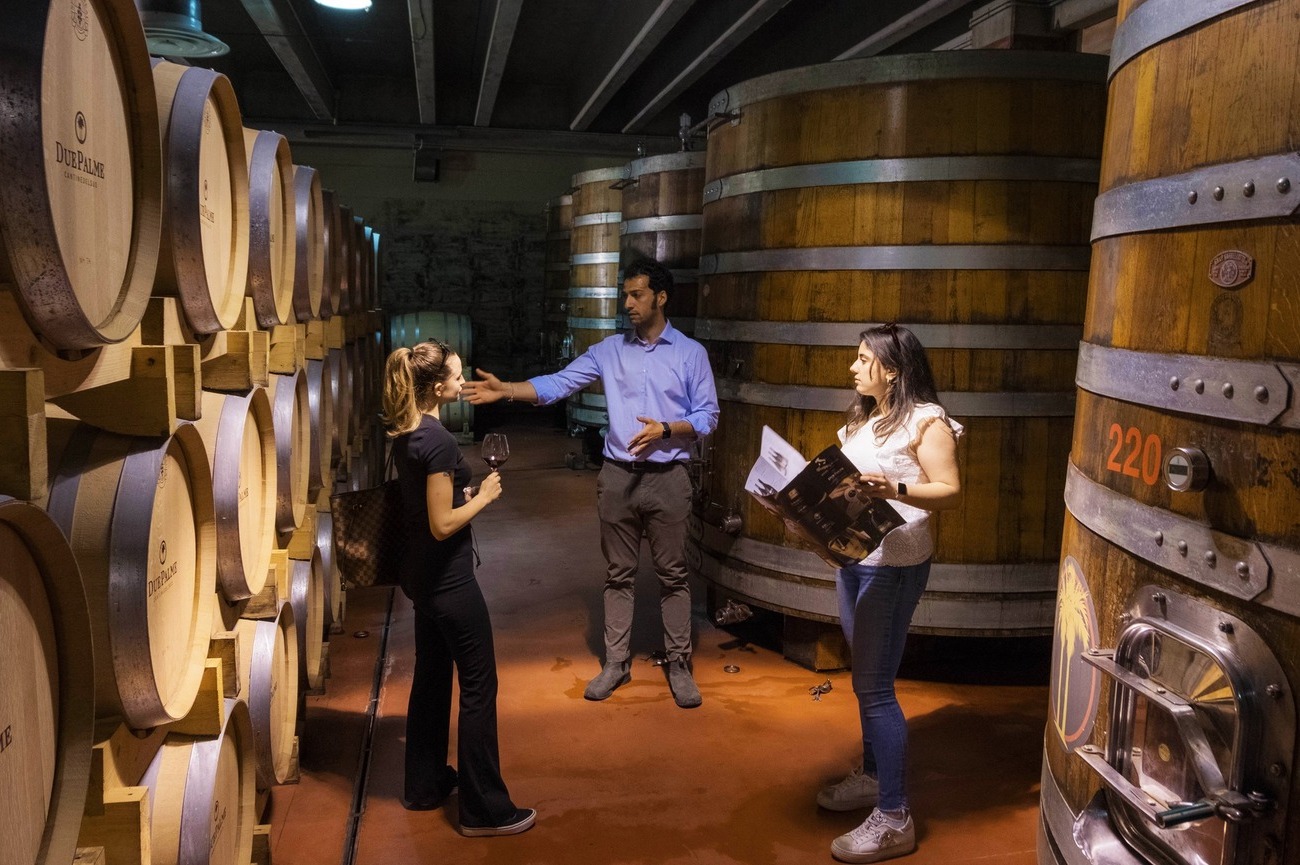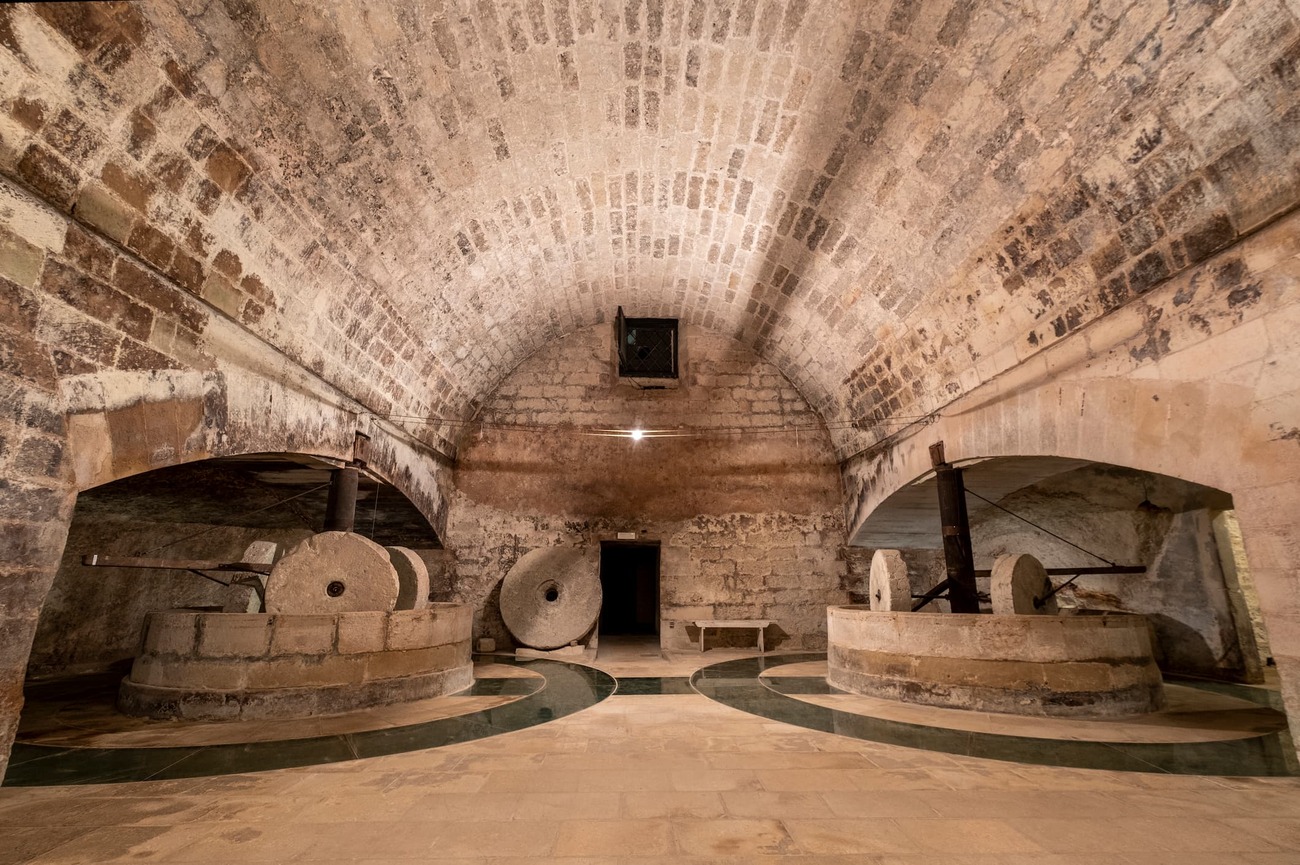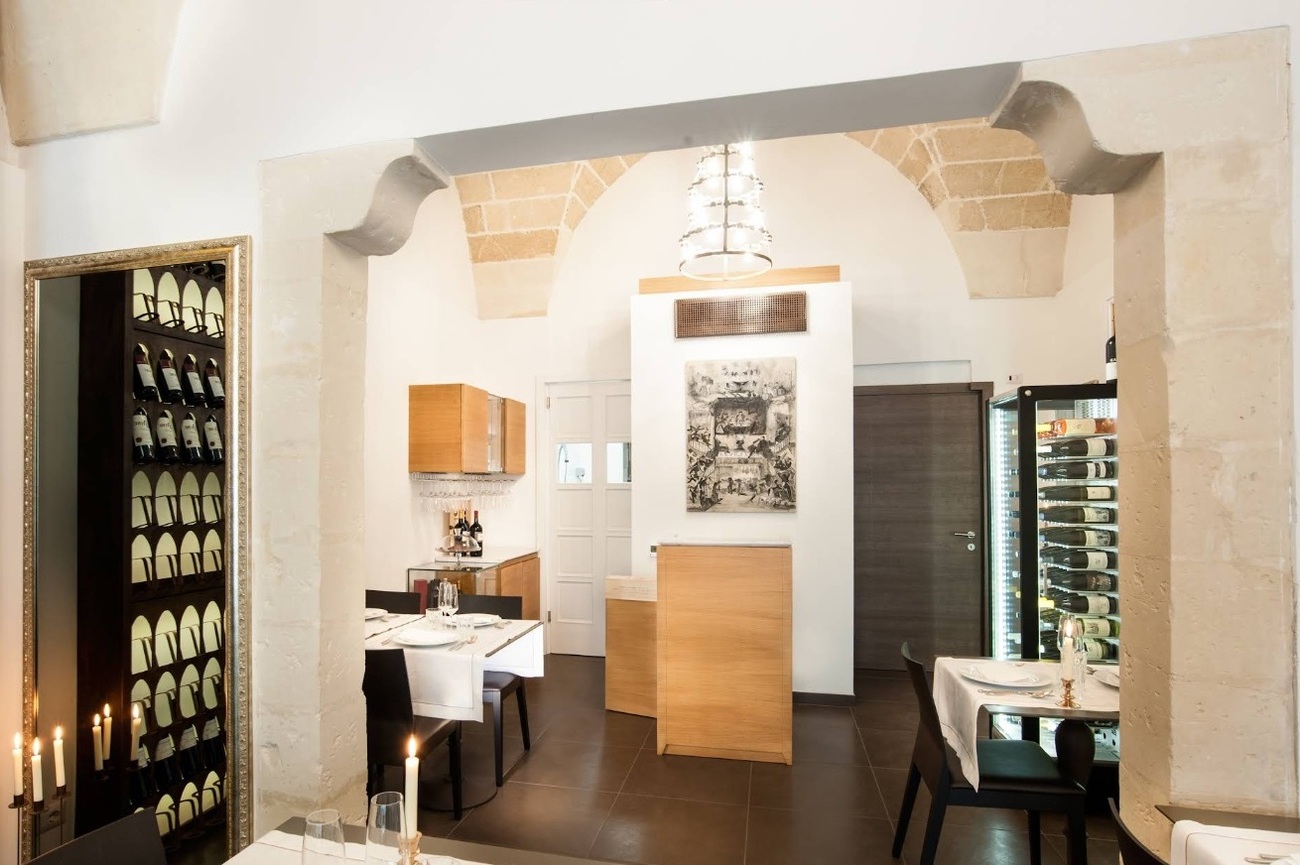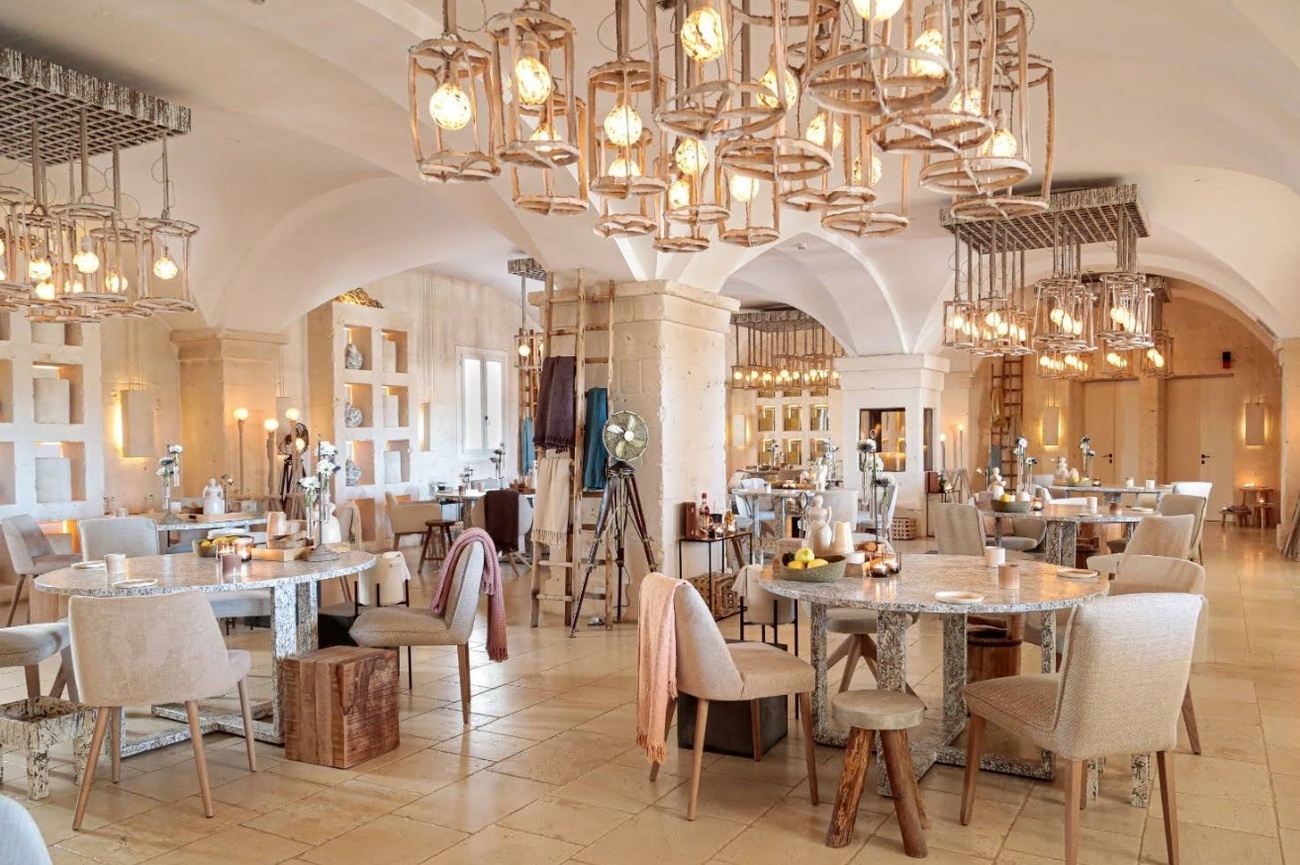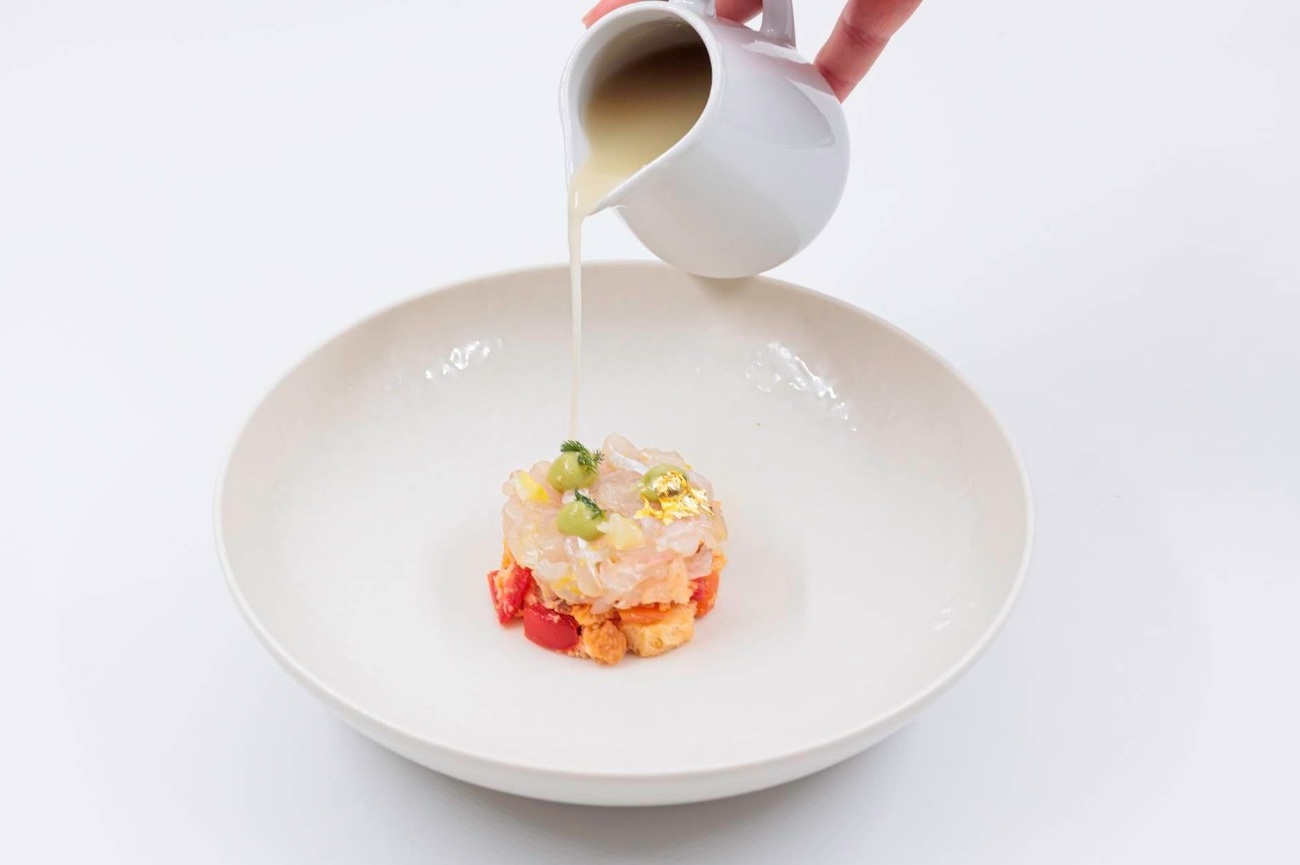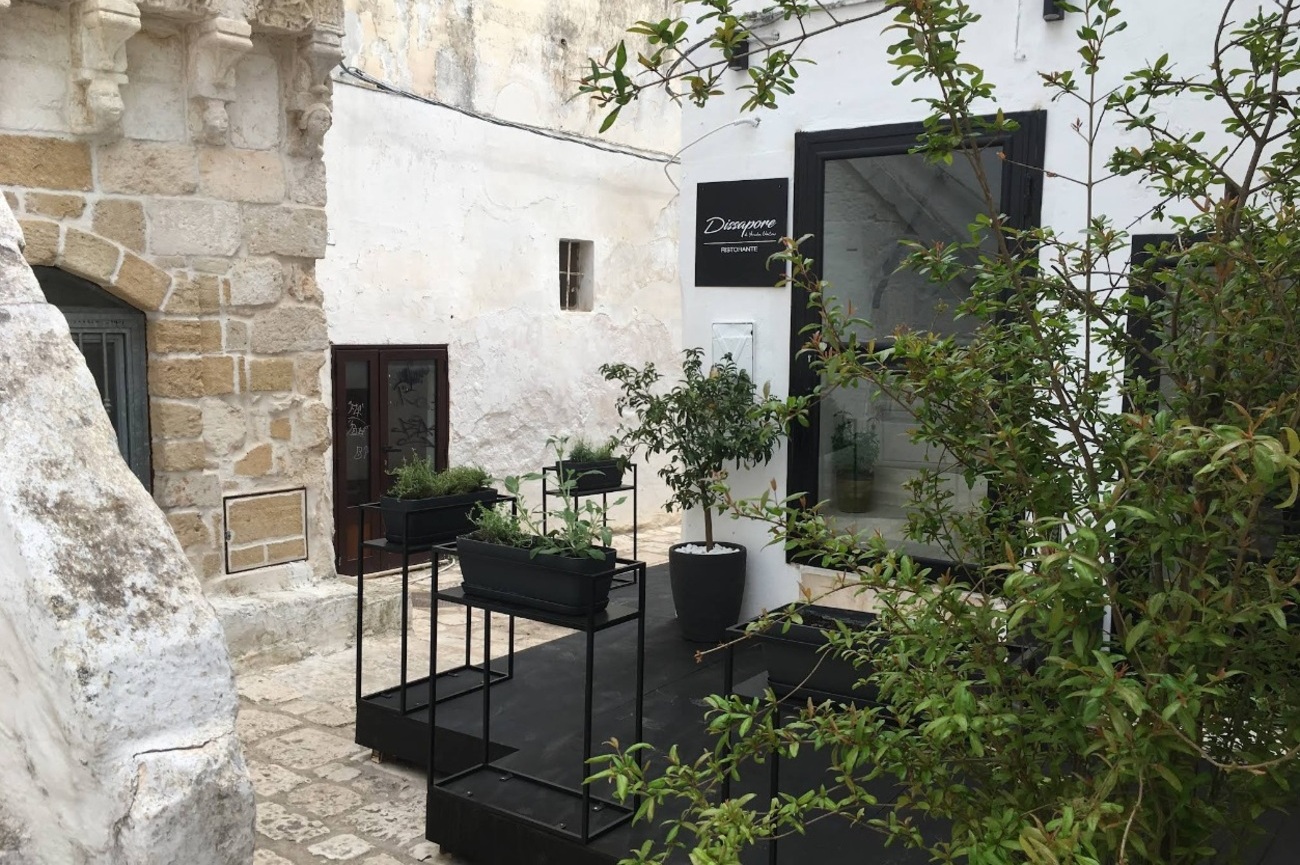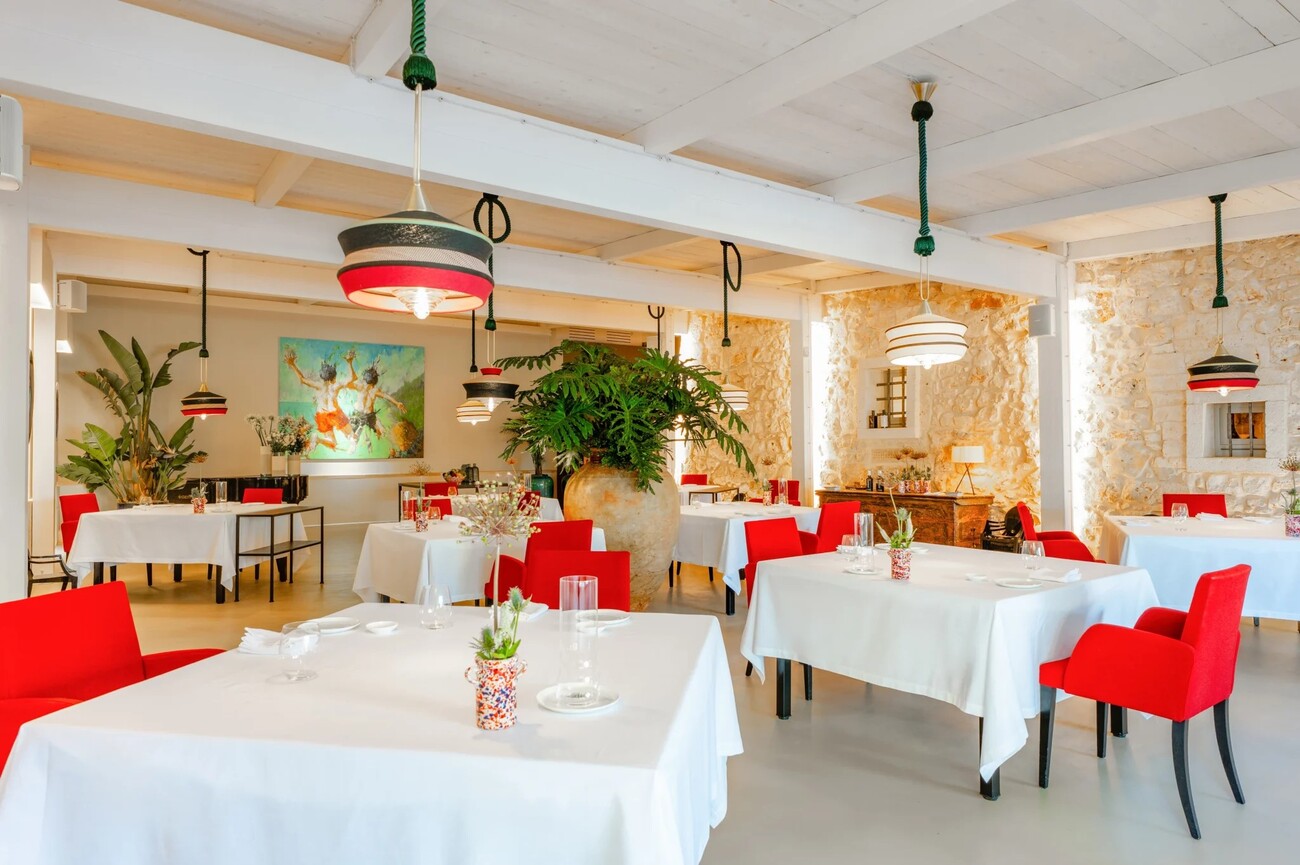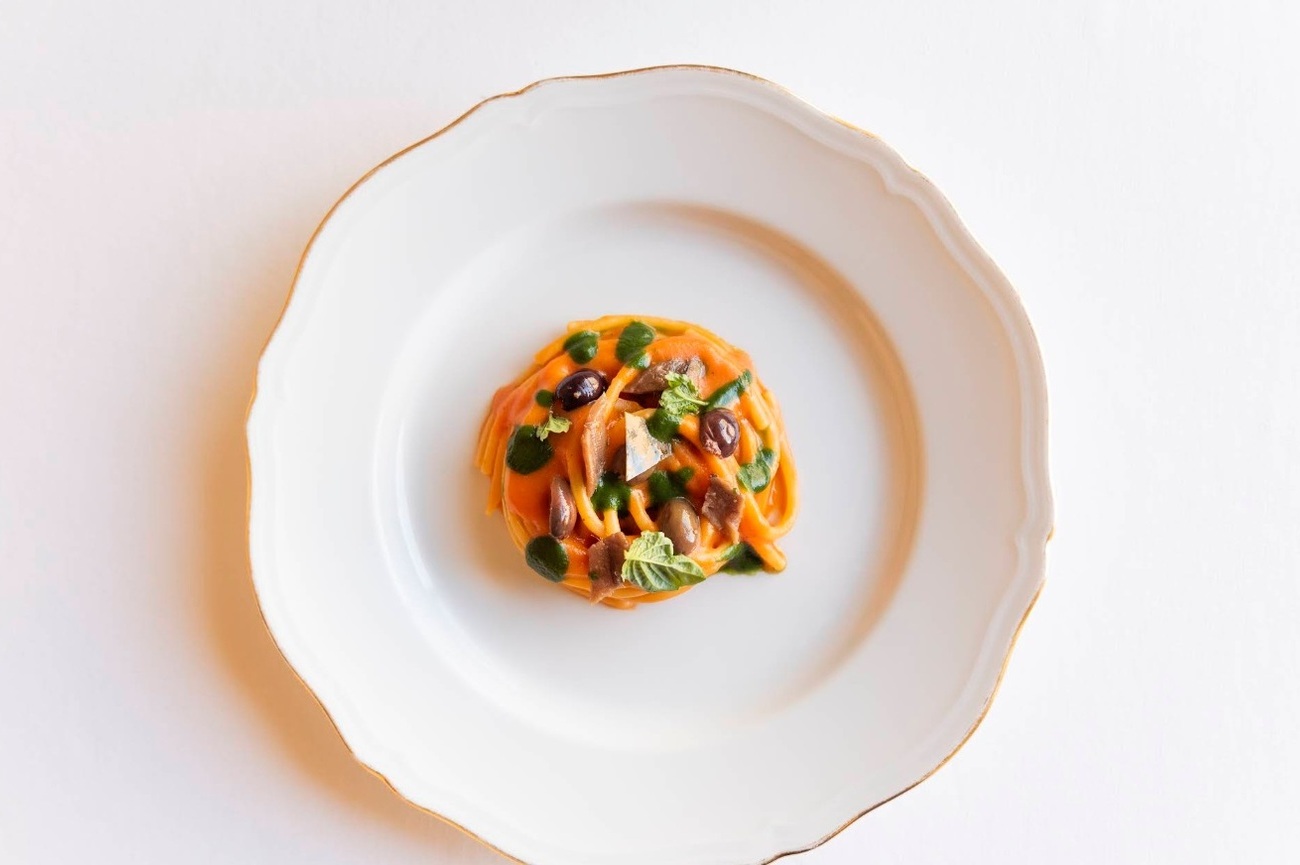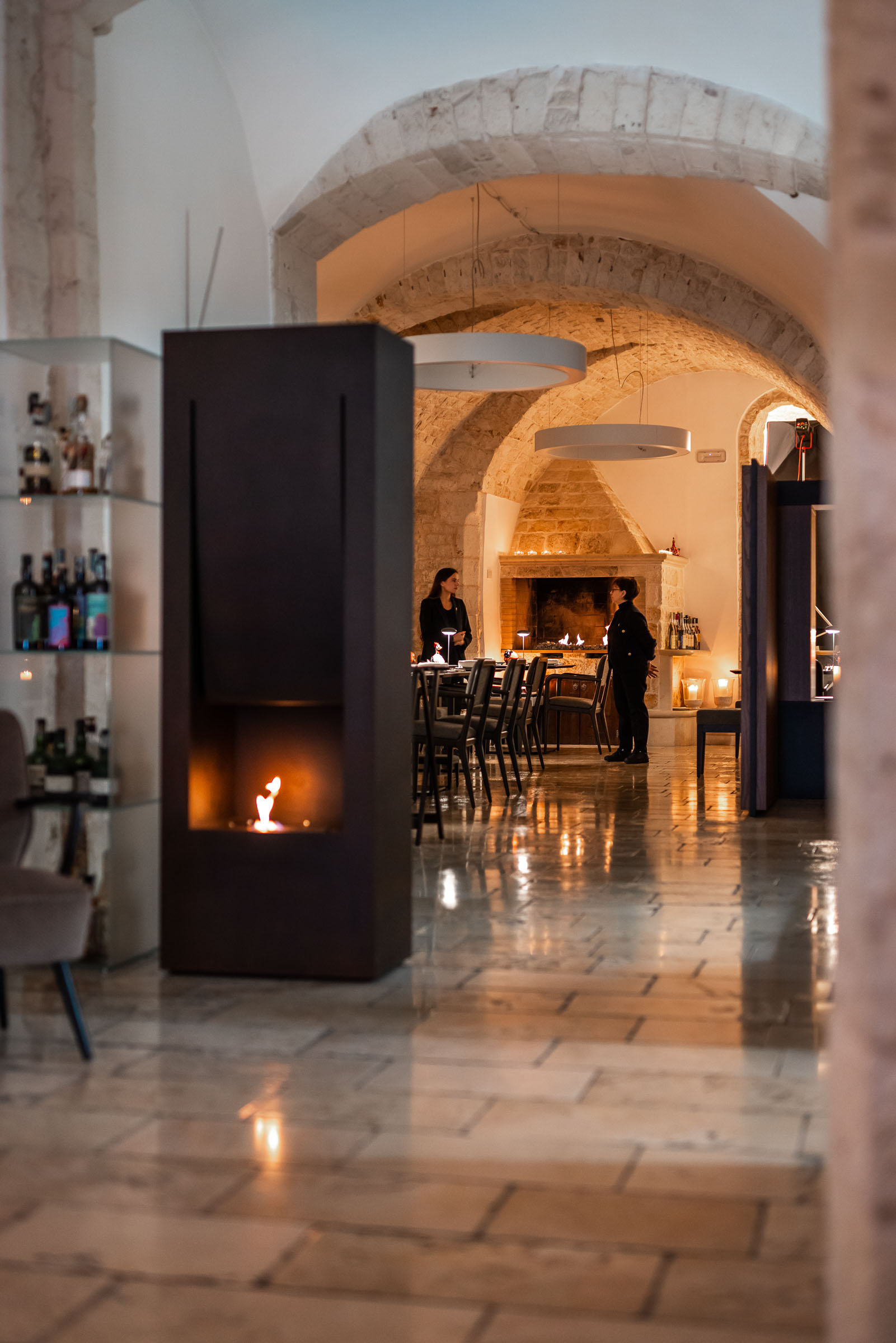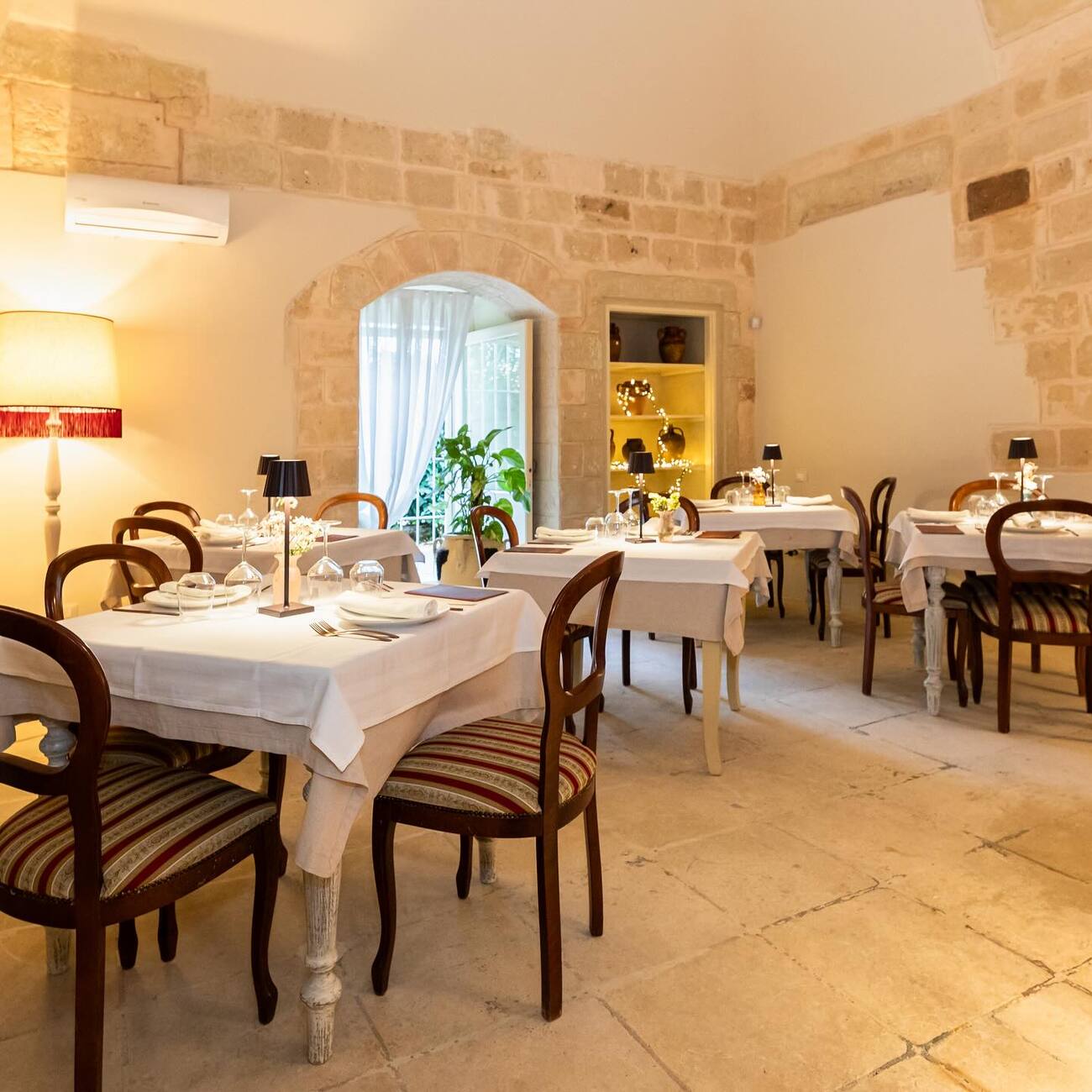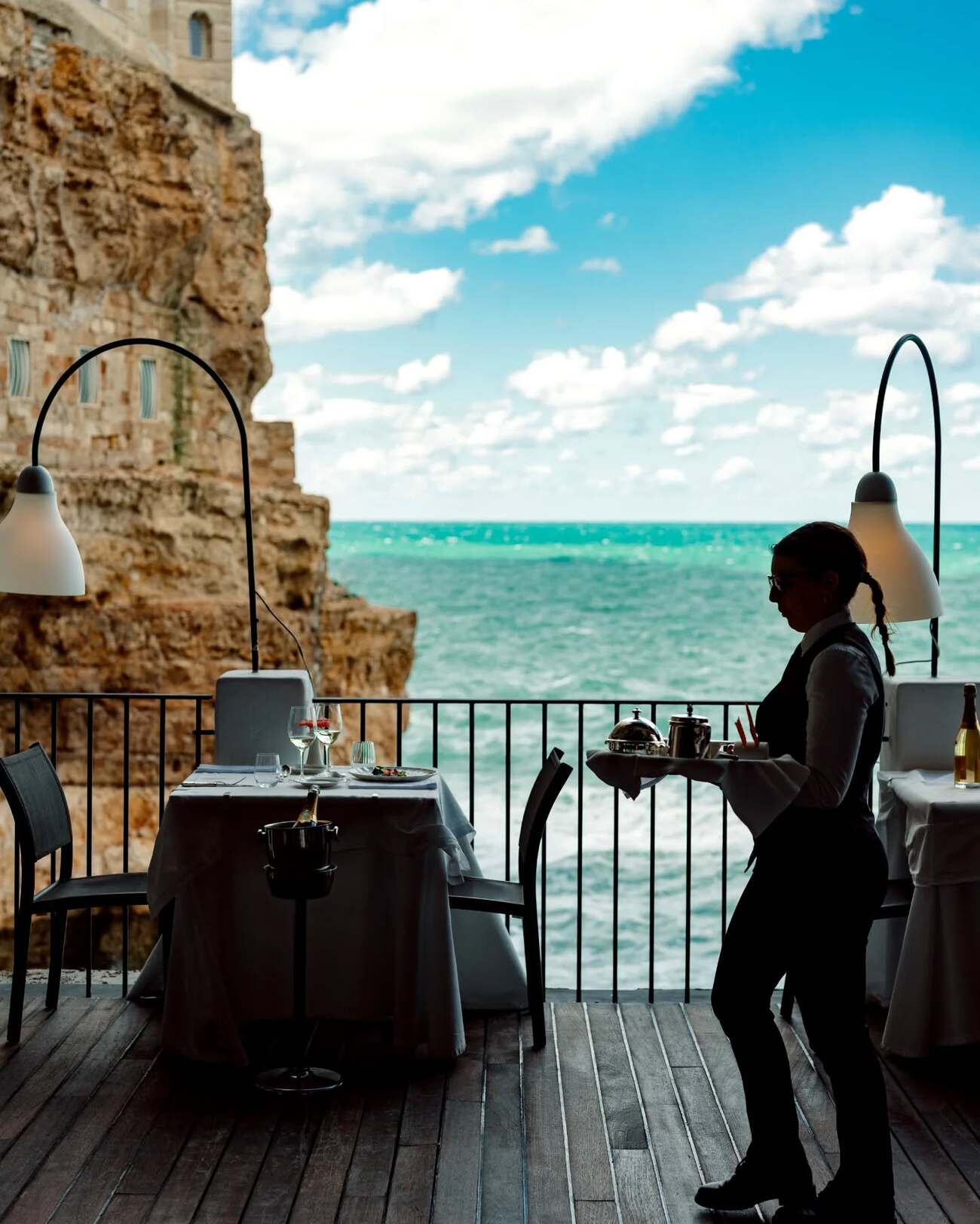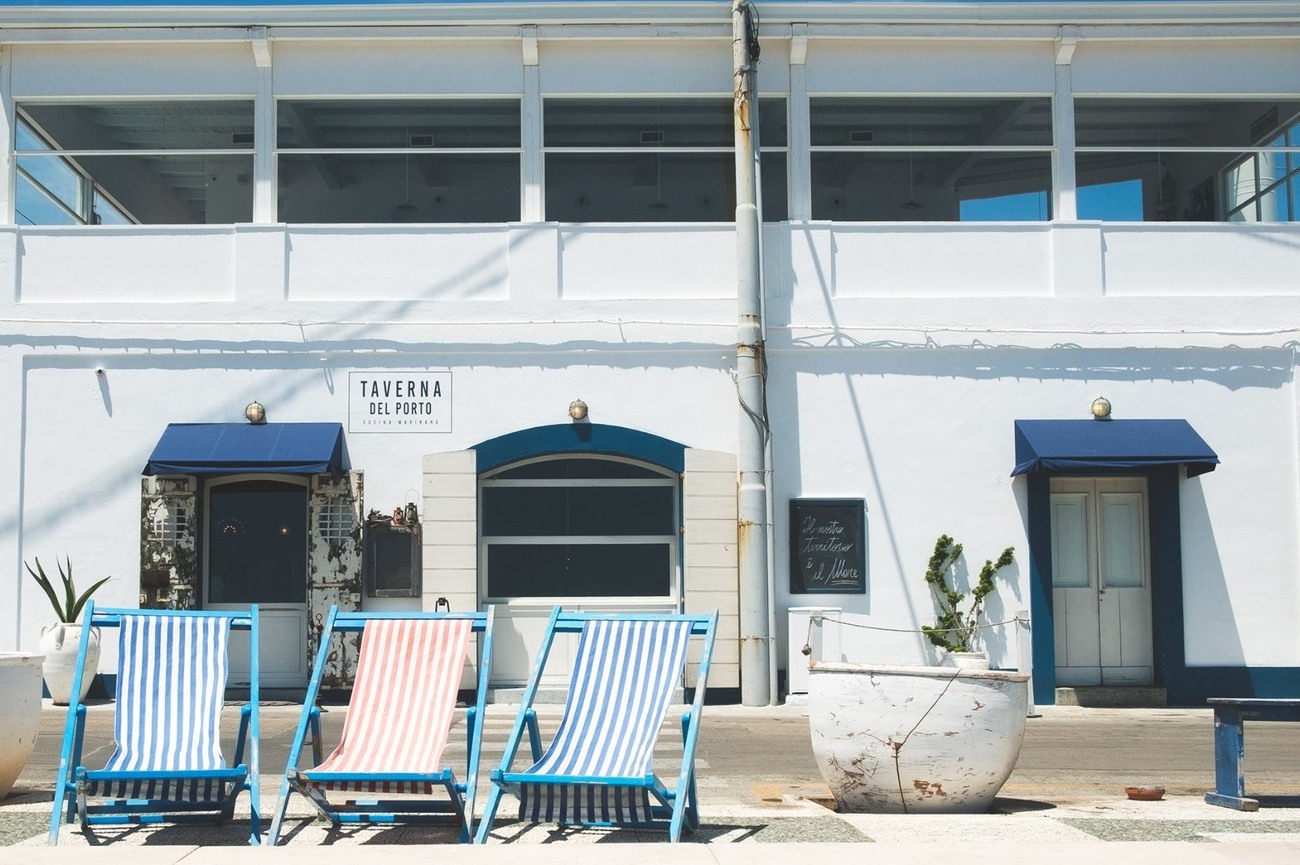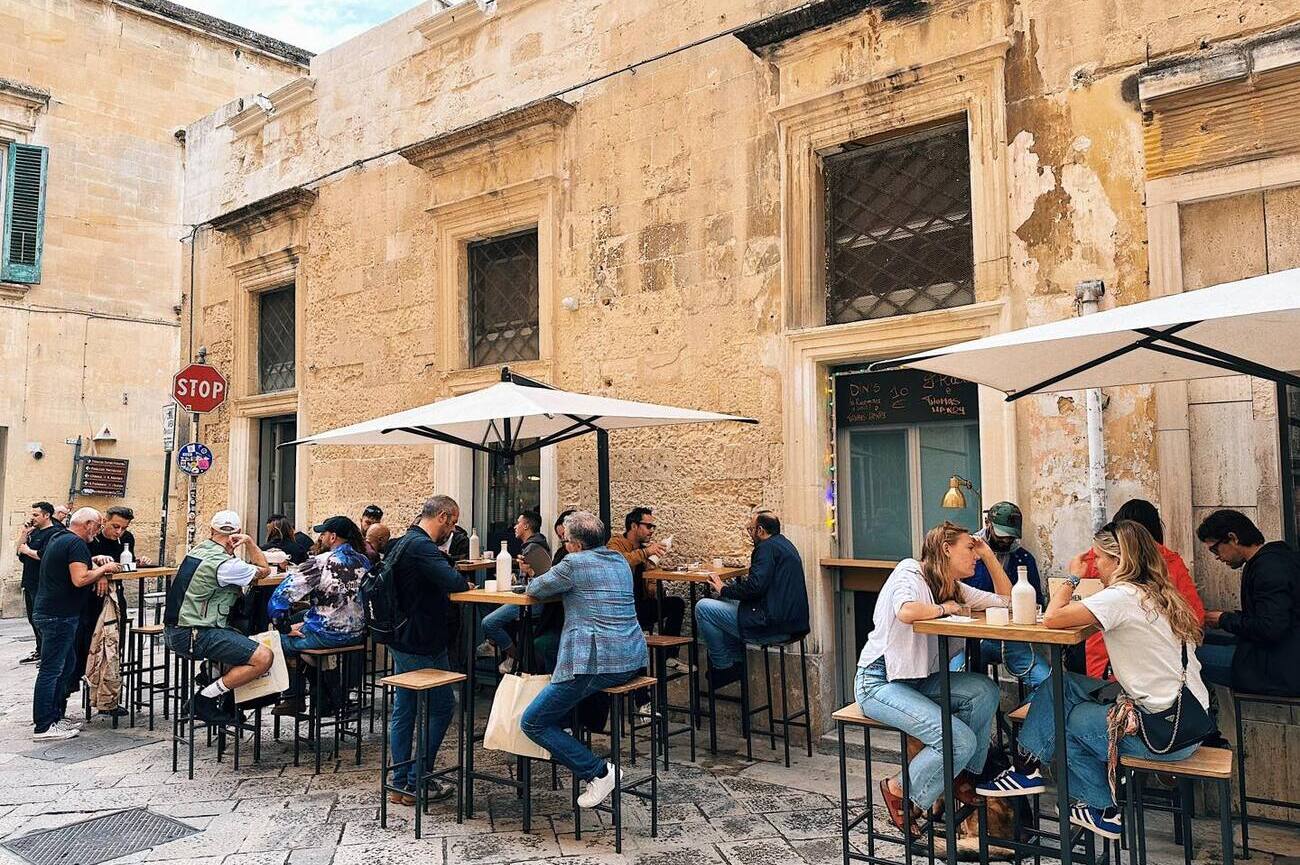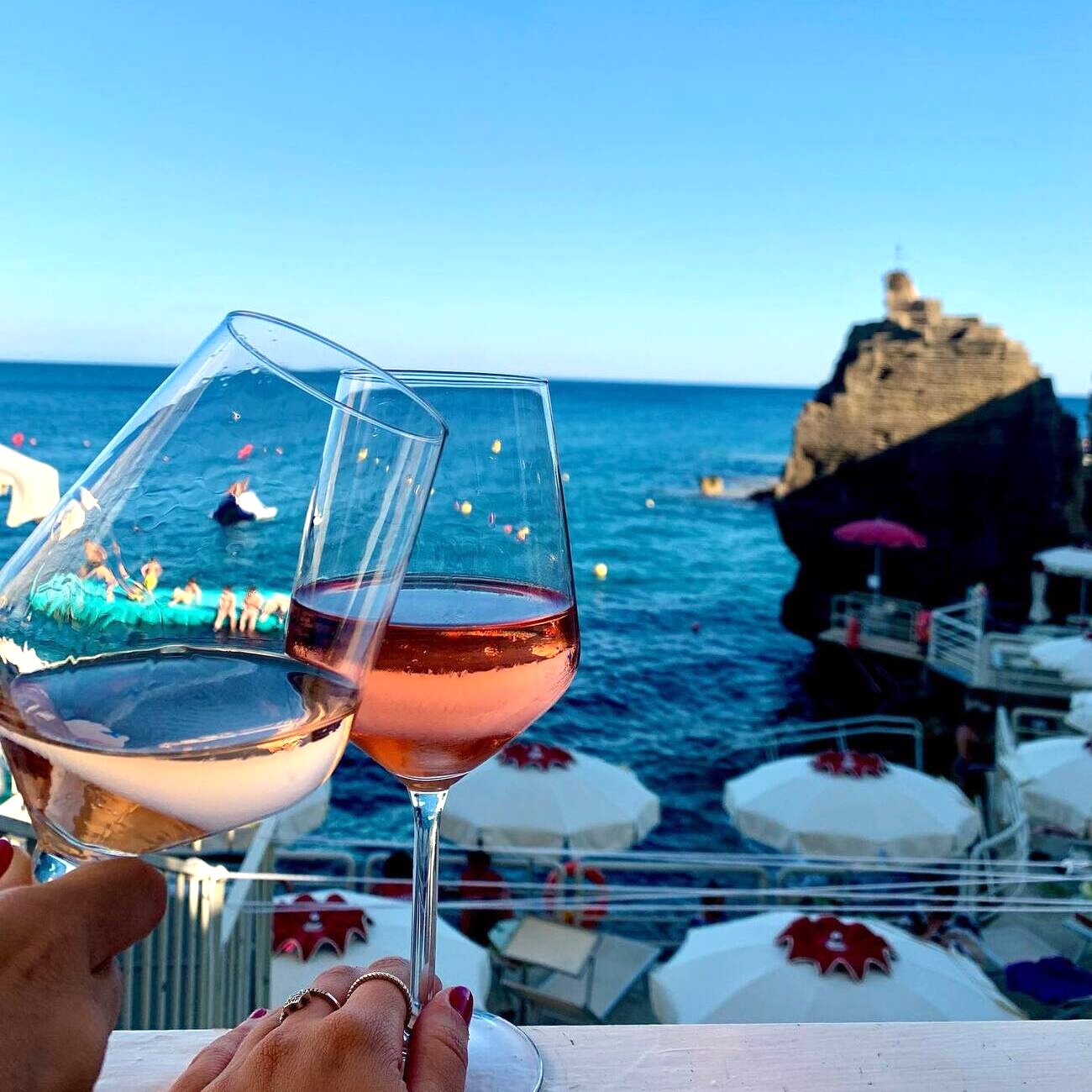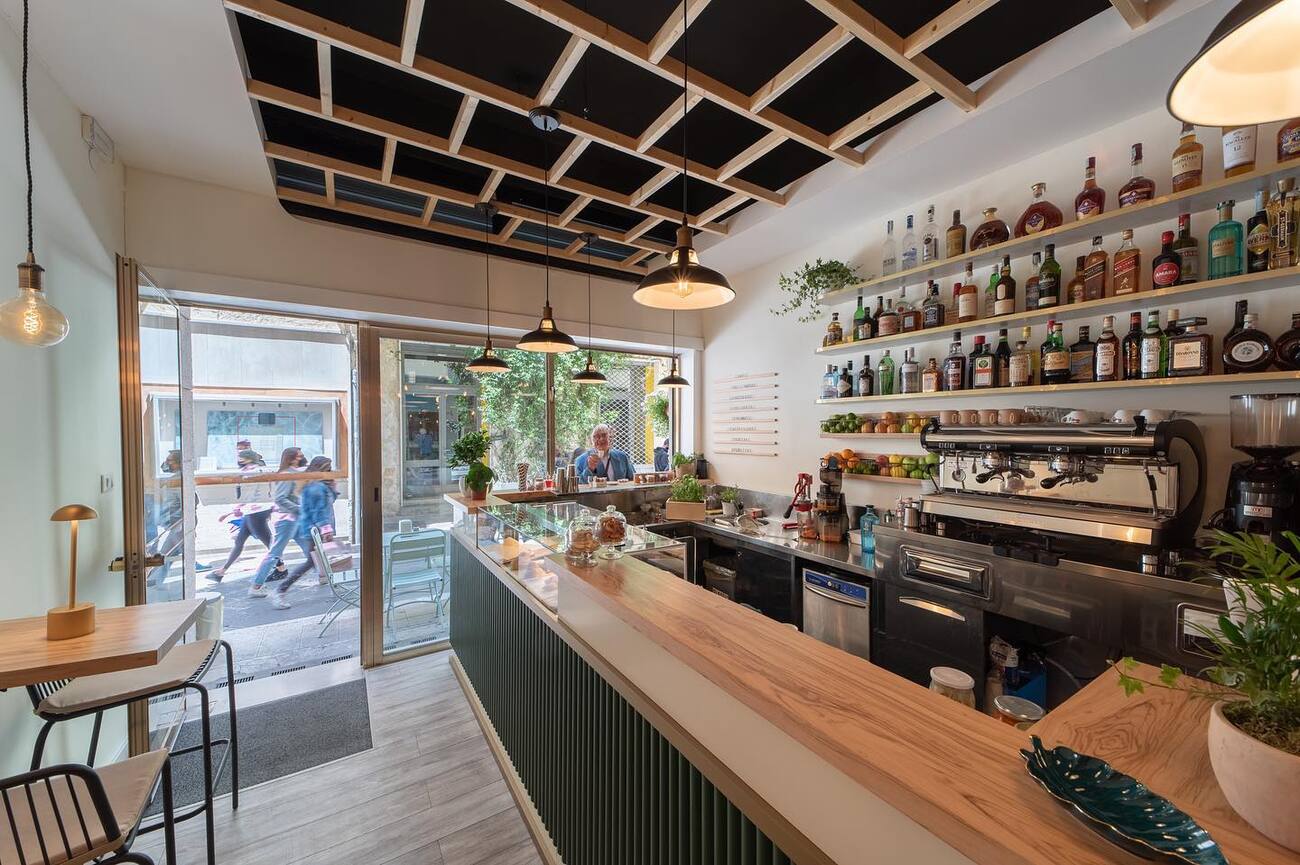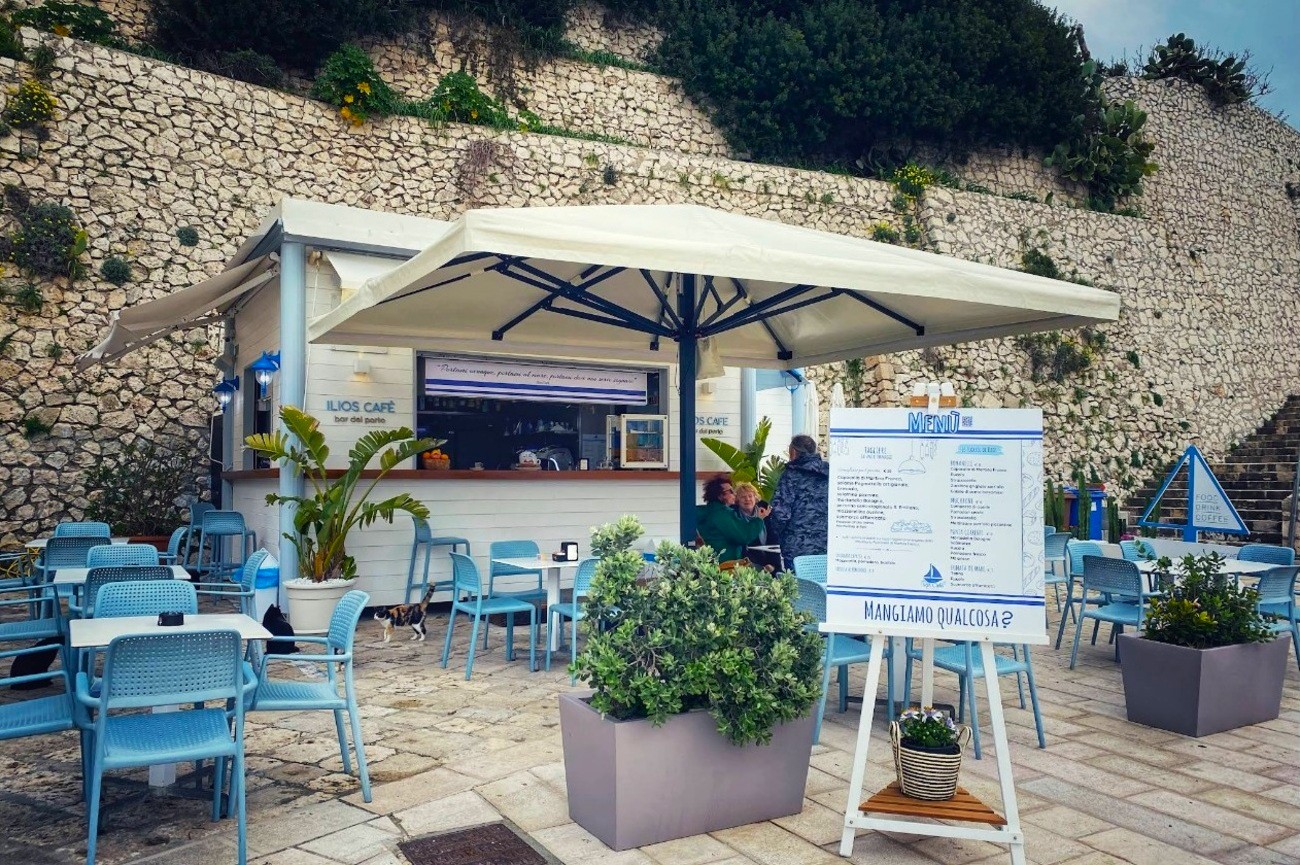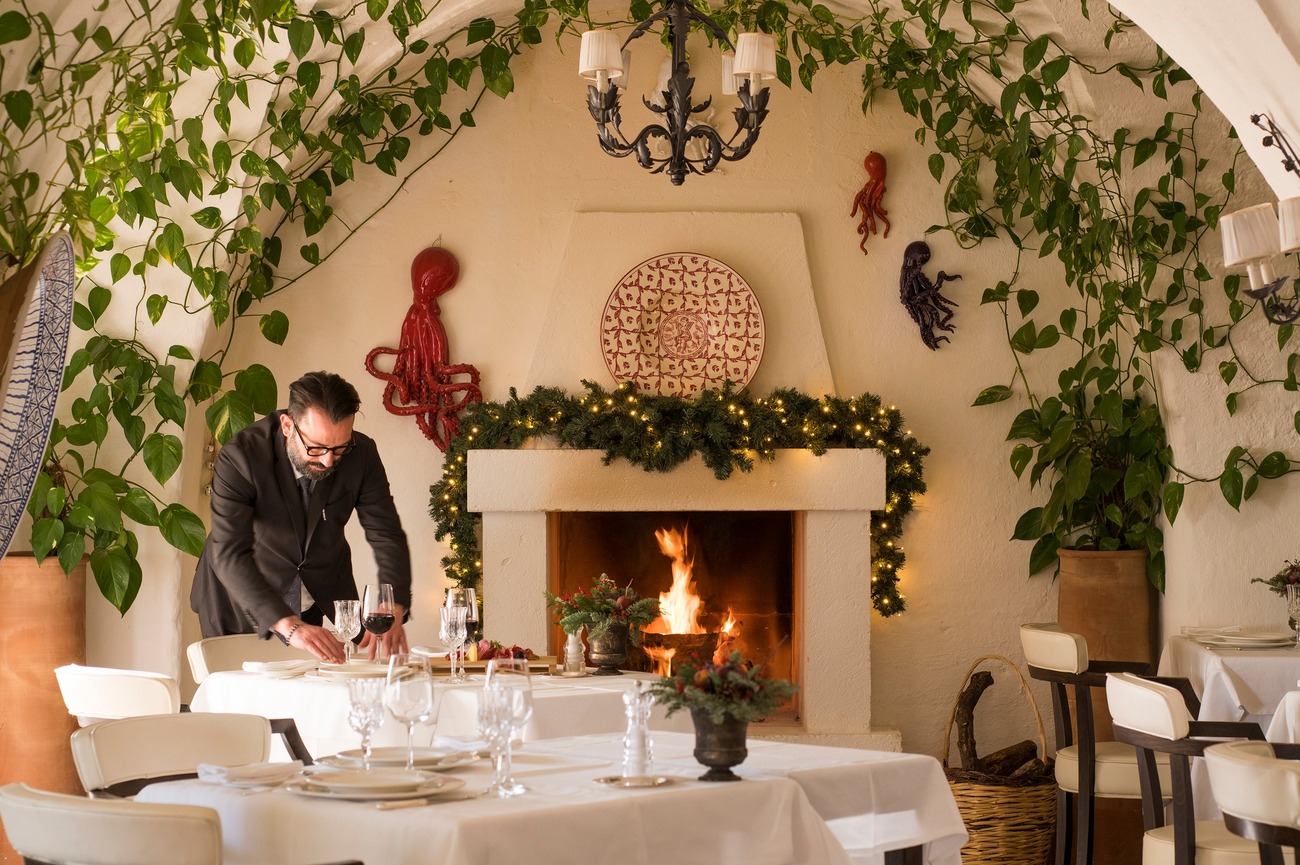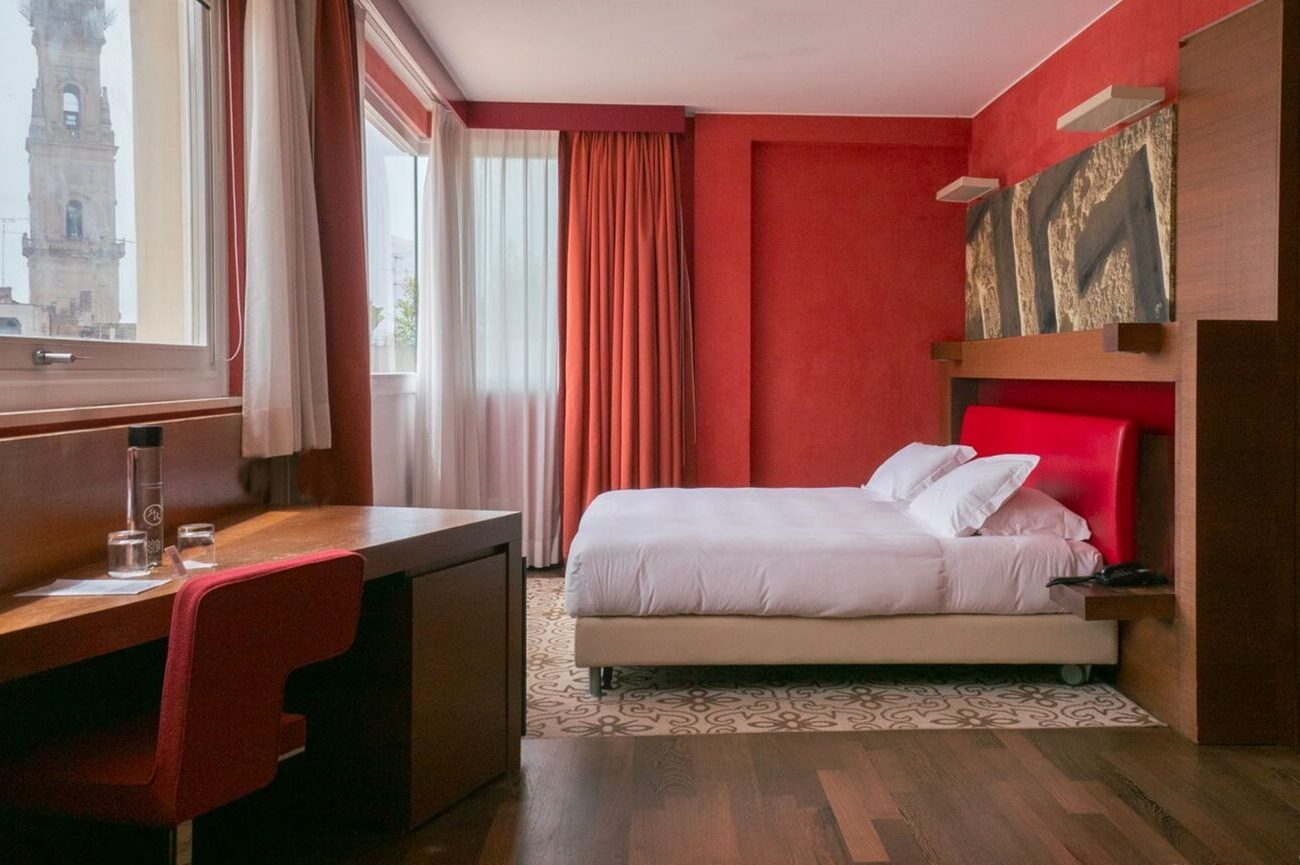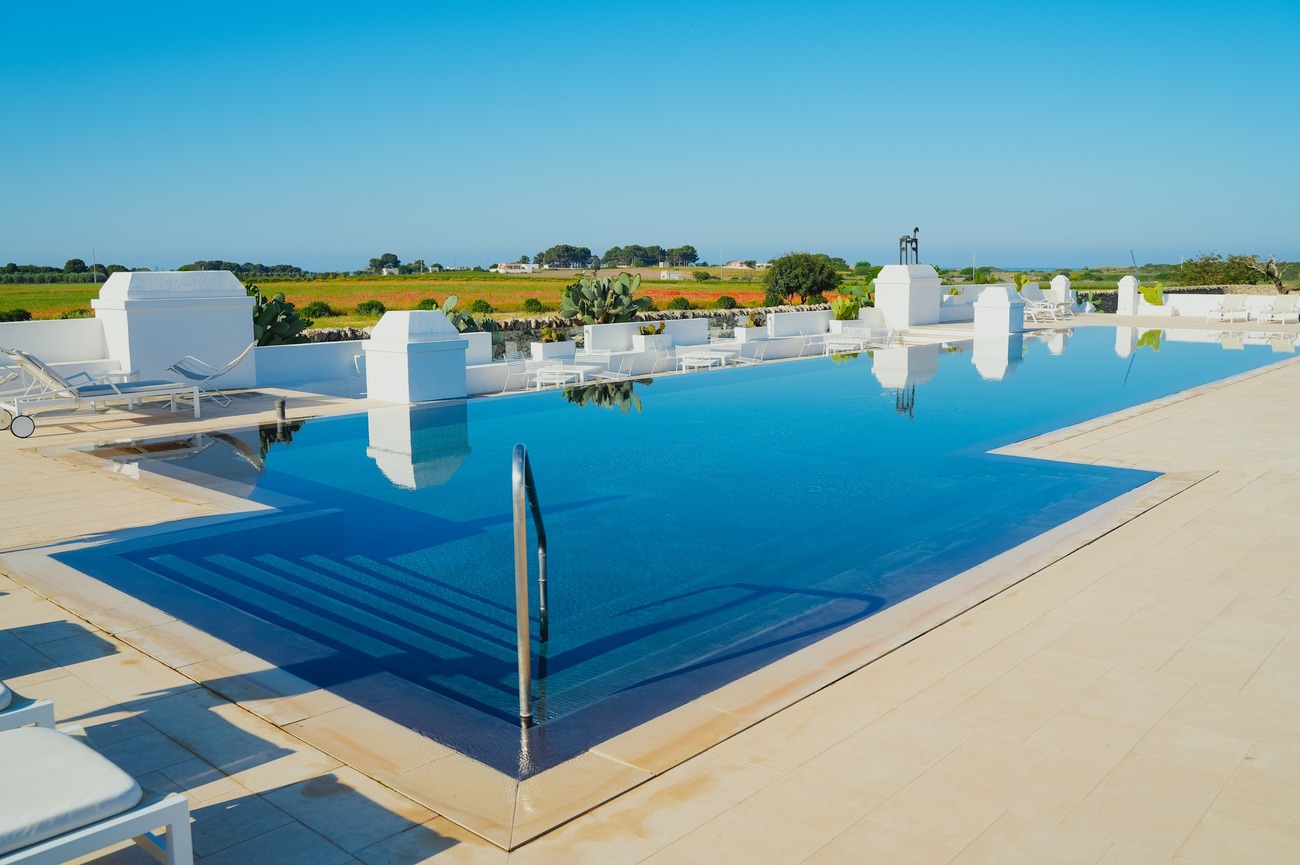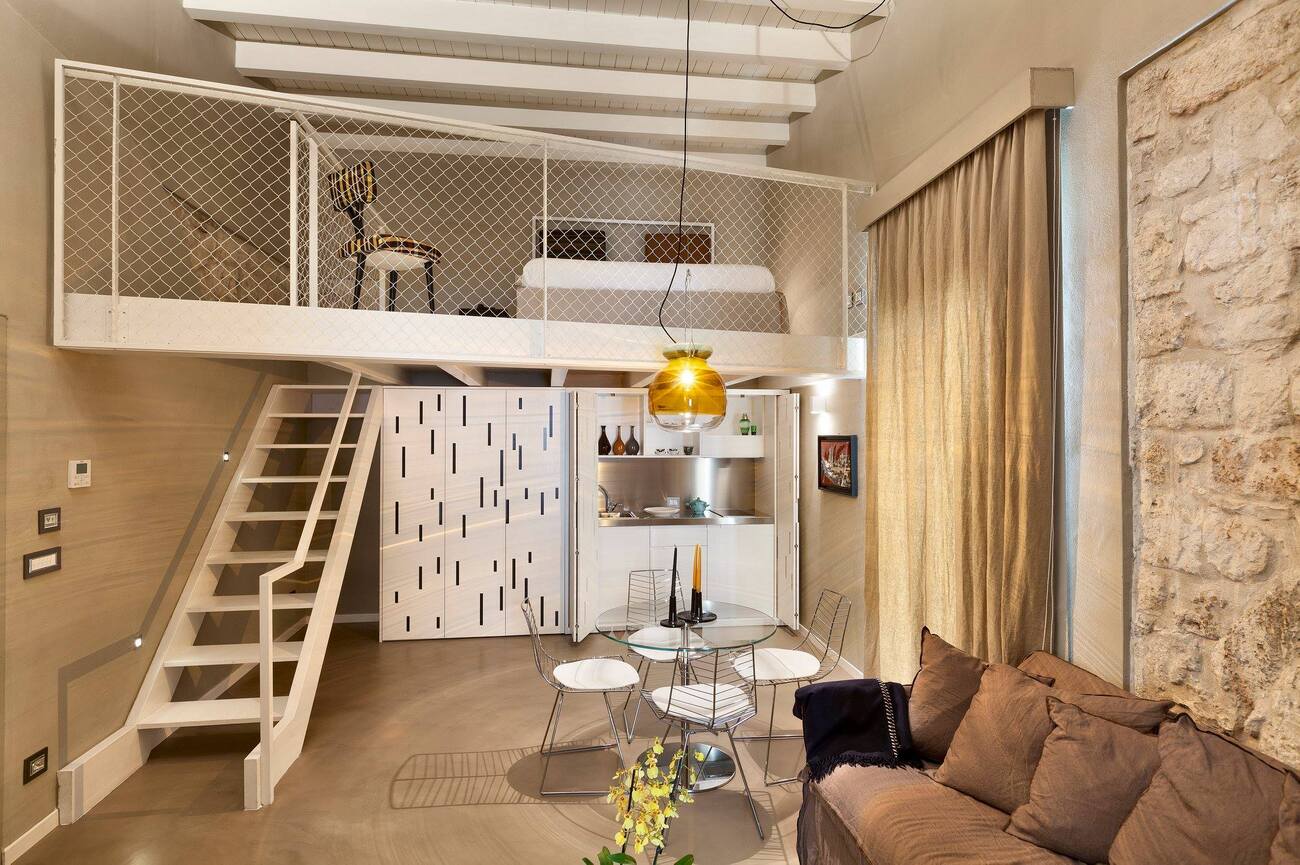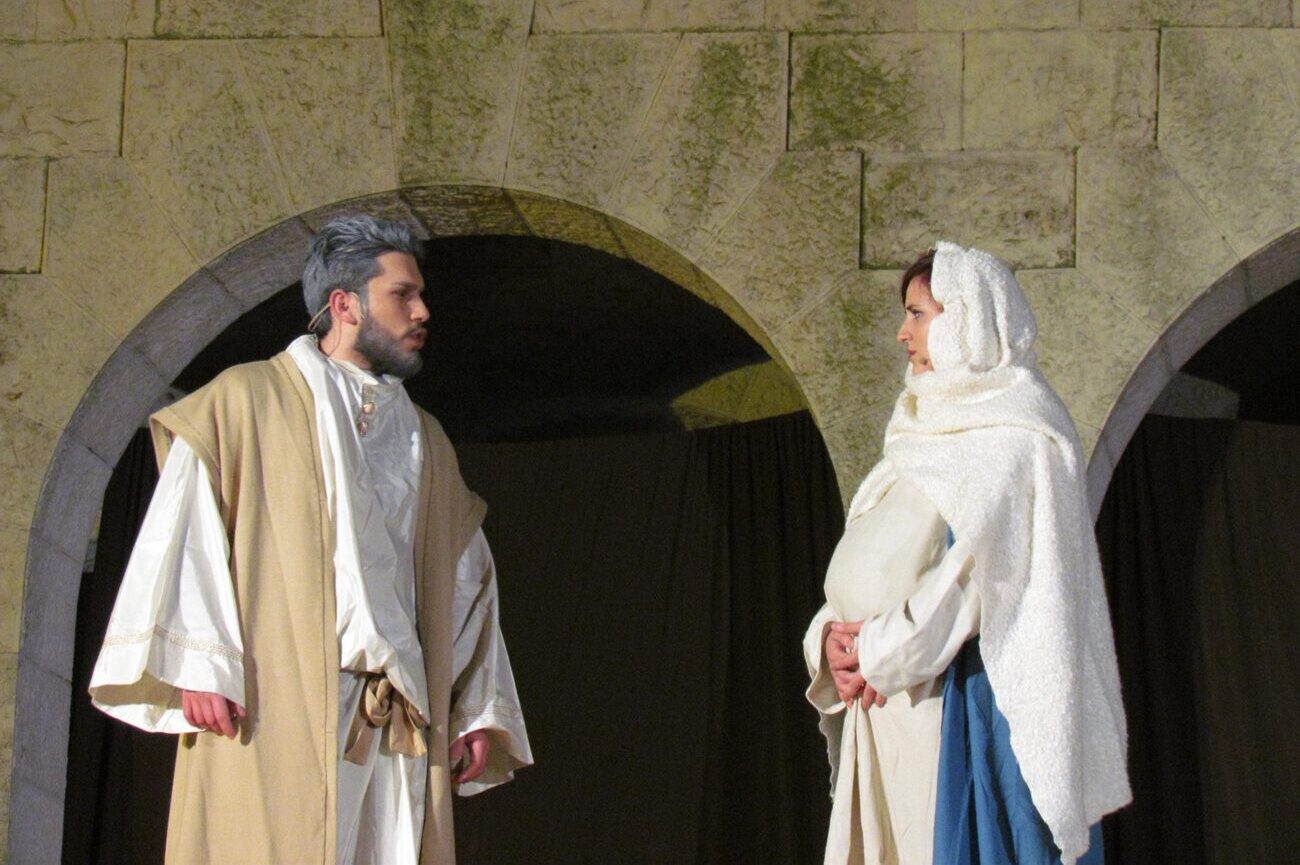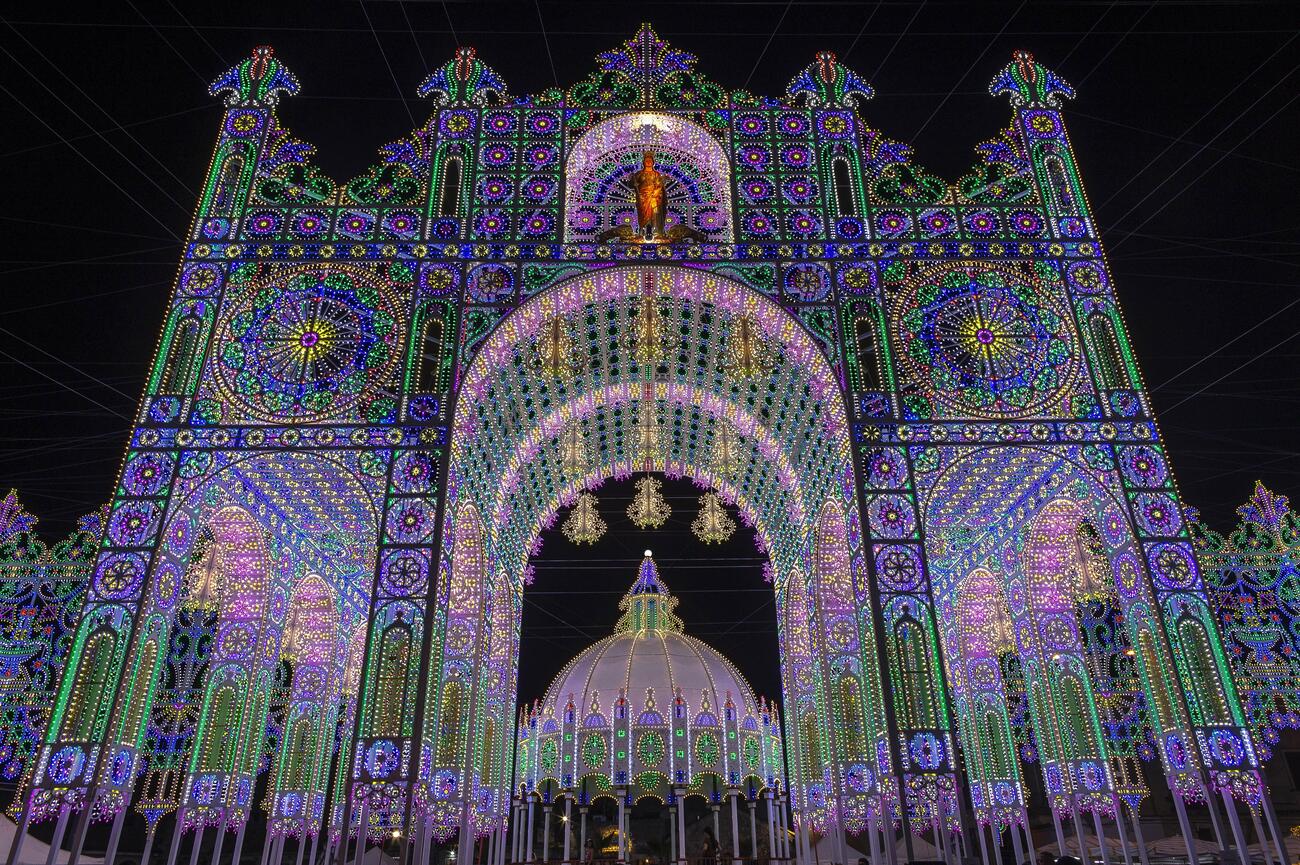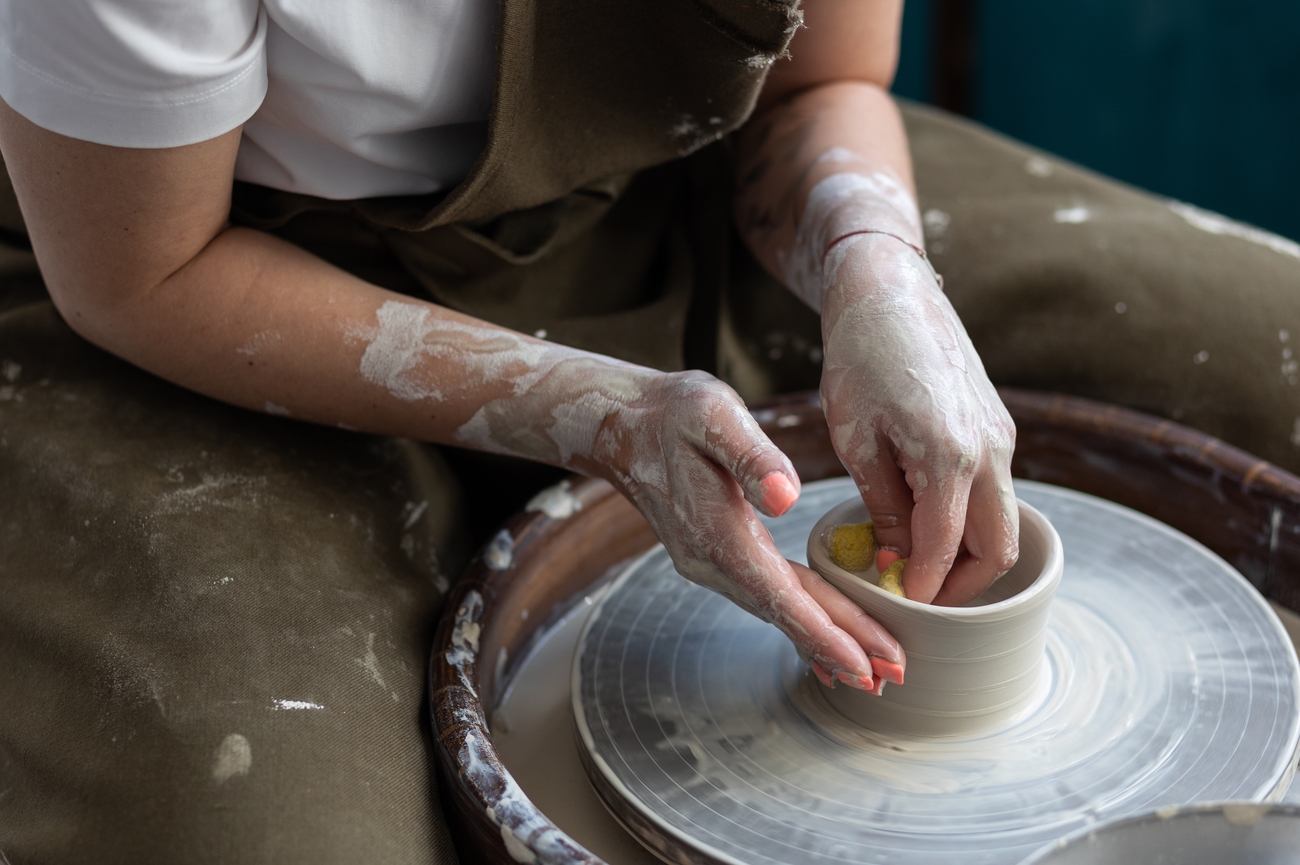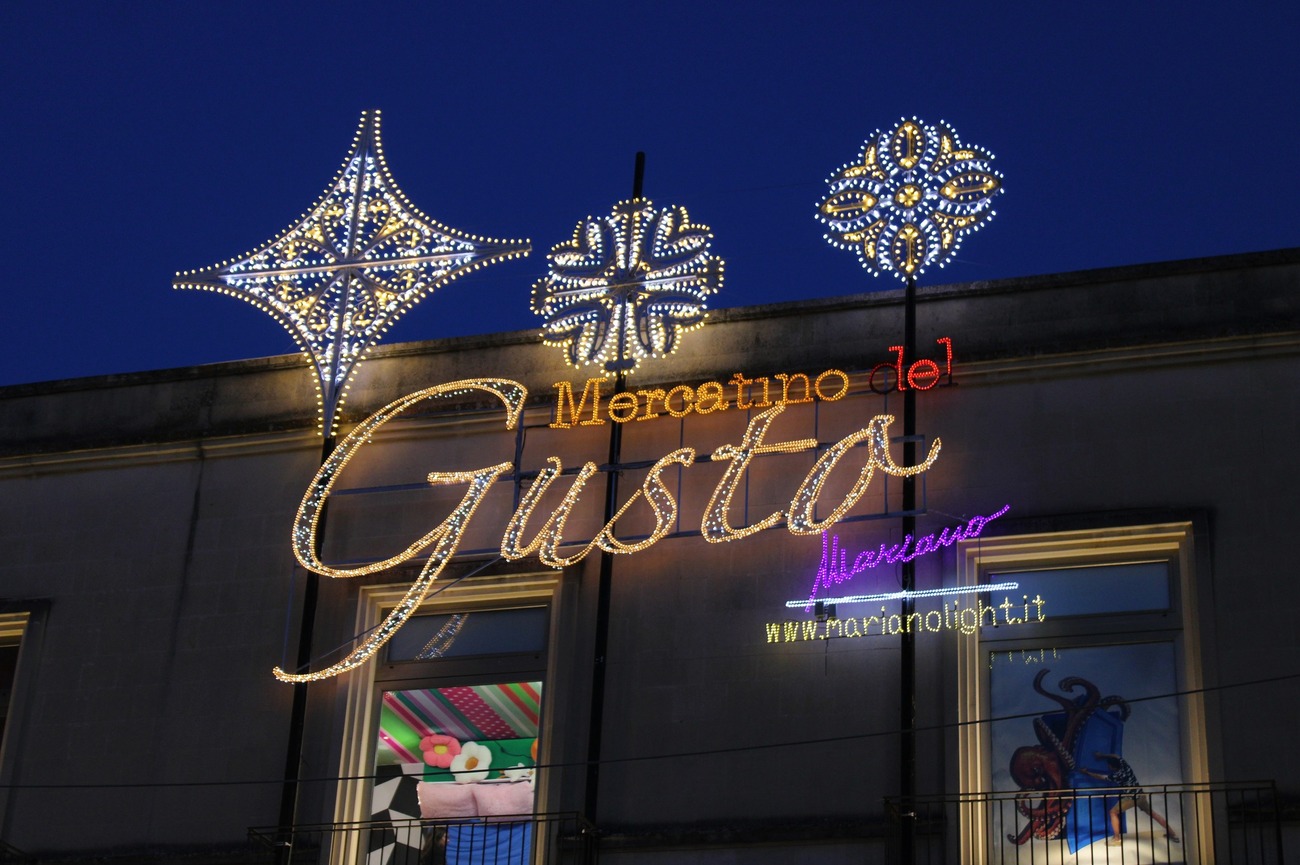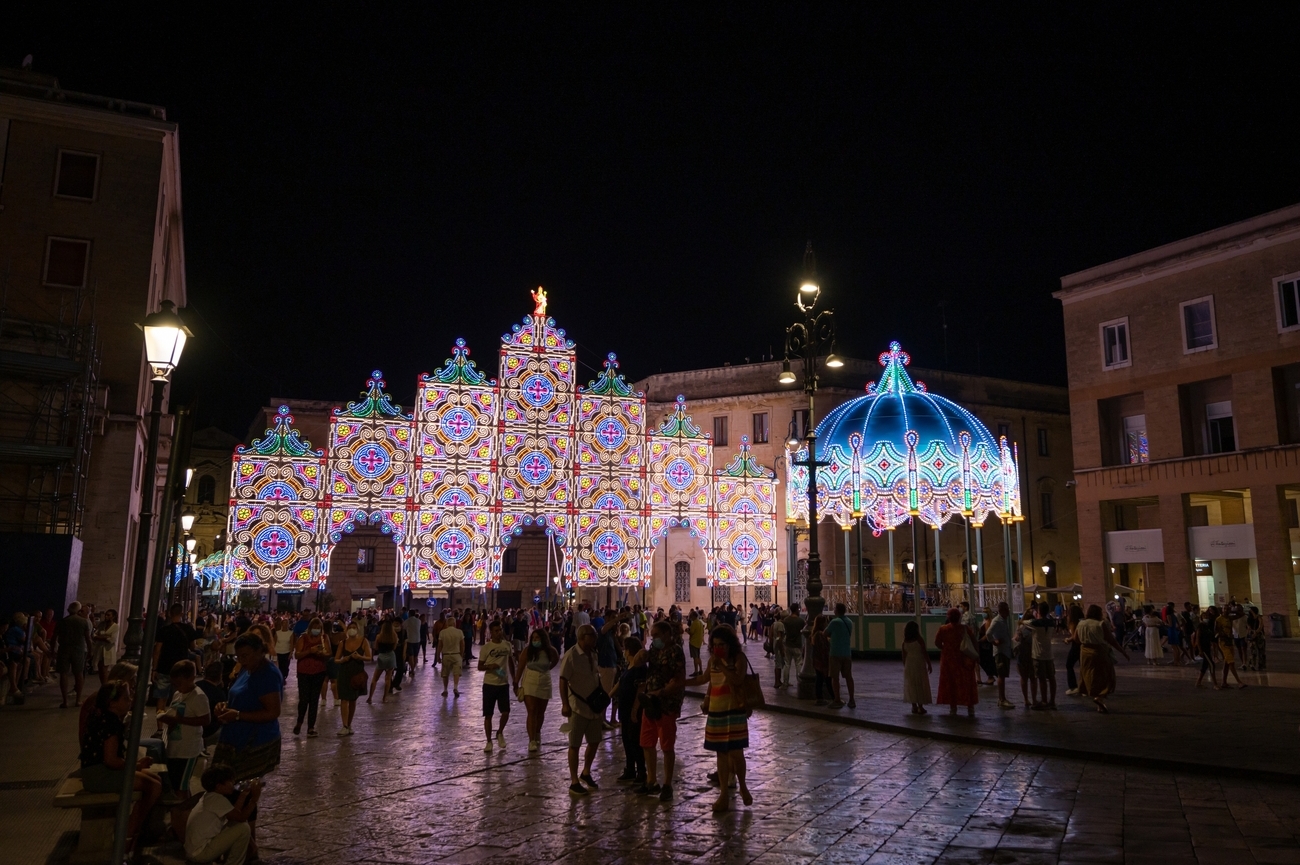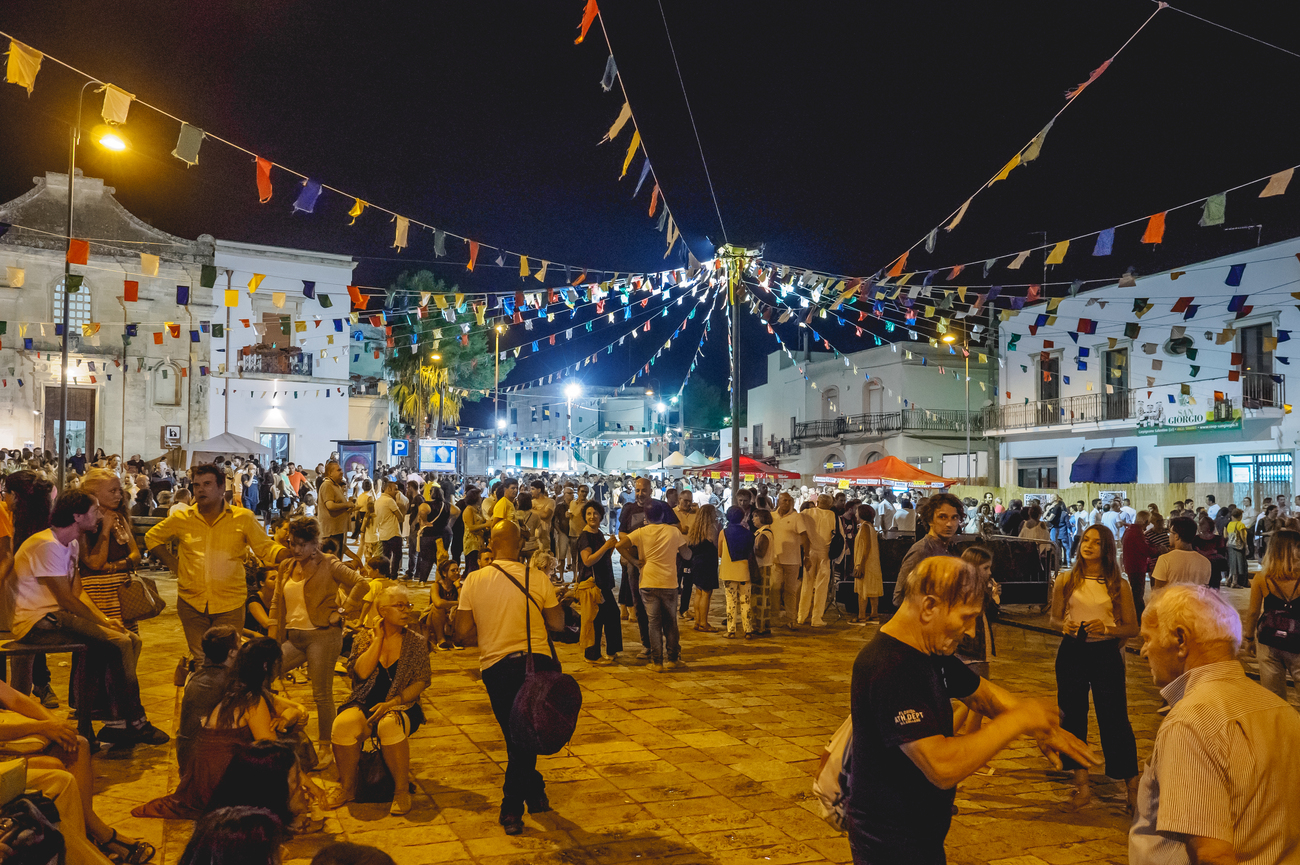Things to Do in Puglia: 4-Day Itinerary
They say Italy is shaped like a boot. But let’s be honest, the heel always steals the show. And in Italy’s heel, you’ll find Puglia.
This is a sun-soaked region where ancient olive groves stretch farther than Wi-Fi signals, whitewashed towns glow like pearls and the Adriatic and Ionian seas take turns showing off their shades of blue. Forget the crowds of Rome or Florence. This is the Italy that Italians secretly escape to when they want the good life without the lines.
Puglia really puts its best heel forward. This is the part of Italy that kicks clichés aside and struts with confidence. The coastline? Always making waves. The towns? Whitewashed and polished, like they’ve just stepped out in their Sunday best. And the food? Let’s just say it’s pasta-bly the best you’ll ever taste, washed down with wines that are grape expectations come true. Even the bread has status here, talk about rolling in dough.
But don’t mistake this region’s laid-back vibe for a lack of luxury. Puglia knows how to pamper. Between the historic masserie (fortified farm estates), dramatic coastlines and sunlit piazzas, the region is effortlessly chic without ever trying too hard.
So, if you’re ready to trade tourist-packed piazzas for cliffside caves, Roman ruins, and sunsets that could make a poet weep, you’re in the right place. We’ve pulled together a 4-day high-end itinerary that strings together the best of Puglia in one deliciously smooth flow.
Day 1

Morning: Basilica di San Nicola
We’re not easing into Puglia, we’re going straight for the big leagues. The Basilica di San Nicola in Bari is a heavyweight of faith, politics, and legend. Built in the 11th century to house the relics of Saint Nicholas (yes, that Nicholas, Santa Claus before Coca-Cola gave him a makeover), it’s the kind of place that makes both pilgrims and history buffs swoon. Think Romanesque stone, vaulted crypts and a past that’s stirred up more drama than a family WhatsApp group.
Now, let’s talk luxury. Skip the shuffle of tour groups and step into a curated, private experience. Some bespoke guides unlock hidden corners of the basilica. The quiet chapels and art details you’d never spot on your own, even stories whispered through Bari’s streets for centuries. Early-access tours? Absolutely. Walking in before the crowds arrive feels almost like a miracle in itself.
Bari Vecchia
Step out of the Basilica di San Nicola and, in less than two minutes, you’re in a different universe, Bari Vecchia. This is the old town that wears its history like a badge of honor.
The streets are a labyrinth of alleys so tight you’ll wonder if medieval urban planners were paid by the centimeter. Yet, there’s magic in the squeeze: every corner bursts with character, from sun-faded shrines to grandmothers rolling orecchiette like it’s an Olympic sport.
Here’s the thing: Bari Vecchia doesn’t try to charm you; it dares you to keep up. It’s noisy, it’s vibrant, it’s a little chaotic, and that’s precisely why it’s unforgettable. The old stone walls echo centuries of stories, while the balconies above are still very much alive with gossip, plants and drying laundry that flutters like local couture. It’s living history with zero filter.
Afternoon:
Castello Svevo
From the winding alleys of Bari Vecchia, it’s just a five-minute walk before the streets suddenly give way to stone on a whole new scale. Built in the 12th century by Norman kings and later spruced up by Frederick II, Castello Svevo is the kind of fortress that has seen more comebacks than a pop star on a farewell tour.
Step inside and you’ll find sweeping courtyards, arched hallways, and echoes of power plays that shaped southern Italy. It’s the architectural equivalent of a power suit. It’s solid, commanding and designed to impress.
Polignano a Mare
About a 30-minute drive down the coast from Bari, the scenery shifts from fortified stone walls to cliffs that practically dive into the Adriatic.
Polignano a Mare is a head-turner. The kind of town that makes you wonder if the sea carved the rocks just to frame it perfectly. It’s dramatic, it’s dazzling and yes, it’s very good at showing off. Of course, Polignano doesn’t do ordinary. Luxury travelers can opt for private boat tours that glide under the sea caves, turning the coastline into their personal stage set. Or go bigger: exclusive experiences in the legendary Grotta Palazzese, a limestone cave that’s been hosting fine dining since the 1700s.
Lama Monachile
From the heart of Polignano a Mare, it’s only a few minutes’ walk before the alleys open up and drop you at one of the most photographed coves in all of Italy: Lama Monachile. Wedged between two dramatic cliffs and framed by a Roman bridge, this isn’t your average beach.
Here’s where you can choose your flavor of indulgence. The adventurous can take a private boat tour right into the caves beneath those cliffs. There are hidden chambers where sunlight sneaks through cracks in the rock, spotlighting the turquoise water like it’s auditioning for a role. For something slower, a luxury seaside experience can be arranged, with reserved sun loungers on exclusive terraces that turn the cove into your personal front-row seat.
Evening: Monumento
a Domenico Modugno
Three minutes from Lama Monachile, and suddenly the Adriatic has company: a man frozen mid-chorus, arms flung wide as if to say, “Benvenuti, the stage is yours.” That man is Domenico Modugno or at least his larger-than-life bronze alter ego. Yes, the hometown hero who gifted the world “Volare” gets a front-row spot on the cliffs of Polignano a Mare, and honestly, it’s the most fitting encore you’ll ever see.
Here’s the thing: this isn’t one of those statues you glance at, nod politely, and move on. Modugno pulls you in. There’s something infectious about the way his open arms mirror the open sea. It’s as if he’s daring you to stretch your own arms out, belt a note or two, and claim your fifteen seconds of Adriatic fame. And you should. Because if there’s one place where being dramatic is not only allowed but celebrated, it’s here.
Grotta Palazzese
From the Modugno statue, it’s a leisurely 10-minute walk through Polignano’s winding alleys until you reach a place that feels less like a restaurant and more like a stage set. Grotta Palazzese has been dazzling visitors since the 1700s, when European nobles first dined here inside a natural sea cave carved into the cliffs. And let’s be clear, this isn’t just dinner with a view, it’s dinner in the view.
Waves crash below, the limestone walls glow with warm light, and the Adriatic horizon stretches out in front like a painting that refuses to end. The acoustics? Sublime. So much so that centuries ago, banquets and balls were hosted right here, the sea serving as the ultimate soundtrack. Today, it remains one of the world’s most famous dining spaces, where exclusivity isn’t just implied, it’s built into the rock.
Day 1 - Puglia Tour Map
Day 2

Morning: Trulli e Puglia di Alberobello
Day two kicks off with a bang, or rather, a dome. Welcome to Alberobello, where the rooftops look like they were designed by fairy-tale architects moonlighting as stonemasons. The Trulli, those whitewashed limestone houses capped with conical roofs, aren’t just quirky photo ops. They’re UNESCO-protected proof that Puglia has always been ahead of the curve, or in this case, the cone.
Walking through Alberobello feels a bit like stepping into a pop-up storybook village, only this one comes with wine bars tucked inside 15th-century dwellings and artisan shops selling everything from olive oil to handmade ceramics. Each Trullo carries its own little secret. Symbols painted on rooftops, local legends whispered through alleys, and the occasional rooftop terrace with a view that makes you wonder if postcards are even necessary anymore.
Now, if you want to do Alberobello in style, there are plenty of ways to turn the charm factor up to eleven. Over the course of a 3-hour private tour, you’ll wander through the historic districts where each Trullo comes with its own story. Peek inside to see how locals once lived under these cone-topped creations. And you’ll even step into a church built entirely inside a Trullo, proof that Alberobello didn’t stop at making houses iconic; they went ahead and made faith architectural, too.
Locorotondo
Just a quick 15-minute hop from Alberobello, Locorotondo is often paired with the Trulli on guided tours and honestly, it’s the perfect duet. If Alberobello is all about playful cones and quirky charm, Locorotondo is its chic, minimalist counterpart. This hilltop town lives up to its name (“round place”) with an old town that spirals in soft curves, its whitewashed houses and flower-filled balconies glowing like jewelry in the Puglian sun.
This is the kind of place that makes you slow down. No grand monuments shouting for your attention, no crowded piazzas pushing you along.
Afternoon: Martina Franca
From Locorotondo, it’s just a 10-minute drive to Martina Franca and suddenly the vibe shifts from quiet whitewashed simplicity to full-on Baroque drama. The old town here is a labyrinth of baroque palaces, ornate churches and grand piazzas that feel like they were designed to impress.
And if you’re leaning into luxury, Martina Franca has plenty to offer: private walking tours that peel back the town’s aristocratic history, exclusive access to hidden courtyards of noble palaces and even tailor-made excursions that end with aperitivo in a historic piazza as the late afternoon sun gilds the facades.
Basilica di San
Martino
Right at the heart of Martina Franca’s old town, the Basilica di San Martino is impossible to miss. This is Baroque at its boldest, a church that doesn’t just stand in the piazza, it struts. The facade alone is a showpiece: elaborate carvings and statues of saints.
Inside, the flair continues. Golden altars, detailed frescoes and an atmosphere that makes you instinctively slow down even if you’re not usually the “stop and stare at ceilings” type. And while many churches in Italy blend together in memory, this one doesn’t. The dedication to San Martino of Tours, the town’s patron saint, runs deep here, and you’ll spot him everywhere. Especially in the famous carving of him sharing his cloak with a beggar, a gesture that feels just as generous today as it did centuries ago.
For those leaning into luxury, private guides can unlock the basilica’s quieter corners, including chapels that most visitors miss or stories woven into the art that give context to the drama on the walls. Some curated tours even pair the basilica with exclusive visits to Martina Franca’s noble palaces nearby.
Piazza Plebiscito
After the drama of the Basilica di San Martino, it’s only fitting to step right outside and let the stage expand into Piazza Plebiscito. This is the town’s living room, framed by palazzi, archways, and centuries of stories.
This piazza is where Martina Franca loosens its collar a little. For locals, this place is perfect for evening strolls, conversations that bounce between cafe tables and musicians sometimes add a soundtrack that feels perfectly unscripted. And for you? It’s the perfect chance to sit back, take it all in, and realize you’re standing in the very heart of Puglian elegance.
Evening: Ostuni
From Martina Franca, it’s a 30-minute drive that feels like rolling straight into a dreamscape. Ostuni, nicknamed La Città Bianca (The White City), sits on a hilltop glowing under the evening sky, its maze of whitewashed houses catching the last rays of the sun like a spotlight.
Arriving here in the evening is no accident. This is when Ostuni truly shines, literally. As the sky shifts from pink to indigo, the white walls seem to shimmer, and the whole town feels dipped in moonlight before the moon even shows up. Wandering the labyrinth of cobbled streets is half the fun: arches overhead, narrow alleys winding into unexpected piazzas and viewpoints that suddenly spill out into sweeping panoramas of olive groves tumbling down to the Adriatic.
Duomo di Santa
Maria Assunta
To cap off the evening in Ostuni, you’ll find yourself drawn upward through winding alleys until the streets seem to converge on one grand finale: the Cathedral of Santa Maria Assunta.
This cathedral stuns with its facade. A rose window so intricately carved it looks like lace spun in stone, surrounded by details that seem to shift as the evening light fades. You may also enjoy stepping onto its terrace. Suddenly, the city and the countryside open up beneath you. From here, the view stretches across endless olive groves all the way to the Adriatic, which often glimmers like it’s been set there just for effect. Ending Day 2 at the Cathedral of Santa Maria Assunta feels like a perfect crescendo: a mix of sacred architecture, sweeping panoramas and the kind of theatrical twist that makes you realize why Puglia never does anything halfway.
Day 2 - Puglia Tour Map
Day 3

Morning: Lecce
Day 3 starts in Lecce. Where other towns in Puglia are content with whitewashed walls and rustic charm, Lecce is all about drama. Think golden limestone glowing in the morning sun, facades so ornate they feel alive and a street scene that’s equal parts elegance and energy.
The stone here isn’t just stone; it’s been sculpted, layered and teased into the kind of detail that makes you pause mid-step. You’ll quickly see why it’s earned the nickname Florence of the South, but honestly, Lecce deserves its own chapter rather than a comparison.
Piazza del Duomo
Now that Lecce has swept you into its golden embrace, it’s time to head straight to the Piazza del Duomo. This may be one of the most breathtaking squares in all of Italy. Getting here feels like slipping into a secret courtyard; the entrance is so unassuming you almost don’t expect what’s waiting on the other side.
Unlike the busy piazzas you may have seen elsewhere, this one has a serene, almost cloistered feel. It’s a stage set with architectural heavyweights: the cathedral, the bishop’s palace, the seminary and that slender bell tower shooting skyward like a champagne flute. Each building flaunts its own version of the Lecce style. They’re ornate, gilded in golden limestone and dripping with character.
Basilica of the Holy Cross
The Basilica di Santa Croce is what happens when architects decide subtlety is overrated.
One look at the facade and you know they were out to impress. Just imagine stone lions holding their ground, cherubs striking their best poses and vines curling like they’ve had one too many espressos. It’s part art, part fantasy and completely unapologetic about stealing your gaze. Inside, the spectacle doesn’t fade. The vaulted ceilings soar, the altars gleam, and the light pouring through feels almost theatrical. This is Baroque architecture doing what it does best.
For those chasing luxury, here’s where you upgrade the experience. A private guide can peel back the layers of the basilica’s symbolism, revealing stories and details most visitors stroll past.
Amphithéâtre Romain de
Lecce
From the exuberant carvings of the Basilica di Santa Croce, it’s only a five-minute stroll through Lecce’s golden streets to land right in front of the Roman Amphitheatre. Sitting right in the middle of Piazza Sant’Oronzo, this 2nd-century marvel isn’t tucked away in some remote ruin site; it’s woven straight into the city’s everyday rhythm.
Here, the past isn’t hidden in some far-off field. It’s right in the middle of Piazza Sant’Oronzo, woven into the pulse of daily life. Coffee drinkers and shoppers buzz around at street level while below them lies a slice of Roman grandeur that once packed in over 20,000 spectators. Gladiators, wild animals, roaring crowds. This was Netflix before Netflix.
For a truly immersive option, you can join a guided walking tour that begins at Porta Napoli, the sixteenth-century arch built for Charles V, then winds past Baroque palaces, the serene Piazza del Duomo and into Lecce’s Roman heart at Piazza Sant’Oronzo, with the amphitheatre and Sant’Oronzo’s column as the showstoppers. The route closes at the dazzling Basilica di Santa Croce, tying Roman grit and Baroque splendor into one seamless storyline.
Museo del Teatro
Romano
Right beside the Roman Theatre sits its perfect companion, the Museo del Teatro Romano. Think of it as the backstage pass to the performance. While the theatre outside gives you the stage, the museum hands you the props, costumes and cast list that once brought it to life.
Inside, you’ll find statues, friezes, theatrical masks and decorative fragments unearthed during excavations. Each piece feels like a puzzle that reconnects you with the culture of Roman Lecce. Walking through, you start to imagine the actors who once wore these masks or the audiences who marveled at the sculpted figures now standing in quiet display. For a luxury twist, guided visits here can elevate the experience, with experts decoding symbolism and weaving stories that link the artifacts directly to the performances once staged outside.
Museo Faggiano
Now, if Lecce’s baroque facades and Roman ruins have already impressed you, wait until you step into the Museo Faggiano. Because this one wasn’t even supposed to exist. Picture a family just trying to fix a plumbing issue in their home back in 2001. Instead of a leaky pipe, they stumbled onto a buried world: underground passageways, cisterns, frescoes, tombs and layers of history stacked like lasagna beneath their floorboards.
Today, that same house has been transformed into the Museo Faggiano, a private museum that feels more like time travel than sightseeing. You don’t just see history here, you descend through it. Each level peels back a different chapter: Messapian tombs from before the Romans, medieval crypts, and Knights Templar symbols carved into stone. The building itself becomes the exhibit, a literal archaeological sandwich of 2,500 years.
It’s quirky, intimate, and incredibly human. This isn’t some grand palace commissioned by kings or popes, but an ordinary family home that just happened to be sitting on top of Lecce’s buried past. That surprise element gives the visit an extra spark; you feel like you’ve been let in on Lecce’s best-kept secret.
Evening: Piazza
Sant’Oronzo
From the hidden depths of the Museo Faggiano, it’s a gentle five-minute stroll back toward the heart of Lecce to arrive at Piazza Sant’Oronzo.
Here, the amphitheatre and Sant’Oronzo’s column keep watch over a square bustling with cafés, street performers and locals wrapping up their day. The energy is effortless yet magnetic: you can feel the pulse of the city without chasing it. The piazza’s layered history, from Roman foundations to baroque facades, makes strolling here feel like walking through a living museum. And for those seeking a more curated experience, private evening tours or guided walks often include stories of the city’s patrons, saints and secret spots tucked in the surrounding streets.
Day 3 - Puglia Tour Map
Day 4

Morning: Otranto
This is where the Adriatic sparkles like it’s showing off. Otranto is a town that has a rhythm all its own: fortified walls, sun-washed streets and a harbor that hums with history and modern charm at the same time. Every corner opens to a palette of whitewashed houses, terracotta roofs and artisan shops.
Otranto Cathedral
A short stroll from the harbor leads you to the Otranto Cathedral, a masterpiece that commands attention without screaming for it. Its façade may appear restrained compared to Lecce’s Baroque exuberance, but step inside and the cathedral delivers a quiet punch of artistry and history. The real star here is the mosaic floor, a sprawling masterpiece from the 12th century that depicts the Tree of Life, biblical scenes, mythical creatures and intricate geometric patterns. The cathedral also offers a terrace with panoramic views of Otranto’s red rooftops, fortified walls and sparkling Adriatic beyond.
Aragonese Castle
From the cathedral, it’s a five-minute walk along Otranto’s sun-warmed streets to the Aragonese Castle. This is the town’s imposing sentinel that has guarded the Adriatic for centuries.
The castle is a fortress and a storyteller rolled into one. Walk along its ramparts and you’ll see the harbor below, the terracotta rooftops spilling outward and the Adriatic stretching endlessly. Inside, rooms and courtyards display centuries of defensive architecture, cannons and battlements that whisper tales of sieges, pirates, and coastal intrigue.
While the walls and towers are impressive on their own, the true depth comes from a guided tour, which transforms a simple visit into a layered journey through history. Guides lead you through the castle’s underground passages, normally closed to standard ticket holders, showing defensive structures that once protected the city from invaders. You’ll also explore exhibitions and displays, including permanent showcases on Otranto’s history, archaeological finds and even a photographic tribute to Frida Kahlo.
Afternoon: Grotta
della Poesia
From the fortified elegance of Otranto, it’s about a 50-minute drive southwest along the Salento coast to reach the Grotta della Poesia. This is one of Puglia’s most enchanting natural wonders.
The grotto is framed by limestone cliffs that seem sculpted by the Mediterranean gods themselves. Step onto the natural terraces and the aquamarine pool below beckons like a secret stage set for adventure. Legend says poets once drew inspiration here, which might explain why the waters seem to hum with creativity and calm at the same time.
For a luxurious touch, private guides can lead you to lesser-known vantage points around the cliffs and some curated experiences include early-access swims or quiet afternoons when the grotto is all yours.
Santa Maria di
Leuca
From the shimmering waters of Grotta della Poesia, it’s about a 1-hour drive south to Santa Maria di Leuca, the tip of Italy’s heel, where the Adriatic and Ionian seas meet in a spectacular embrace. This is where the coastline does its grand finale.
Santa Maria di Leuca is a visual symphony. The lighthouse stands tall as a sentinel, guiding sailors while giving you the perfect vantage point to admire the turquoise waters below. Step onto the terrace, and you’ll feel the coastline’s drama, history and romance in equal measure.
Gallipoli
From Santa Maria di Leuca, it’s about a 1-hour drive northwest along the Ionian coast to Gallipoli, a historic town that glows golden in the late afternoon sun. Perched partly on an island and connected to the mainland by a bridge, Gallipoli’s old town is a maze of narrow streets, baroque churches and bustling piazzas that come alive as the day winds down.
Castello Angioino
From the lively streets of Gallipoli’s old town, it’s a short stroll to the Castello Angioino, the town’s medieval fortress that stands like a stone guardian over the Ionian. Built in the 13th century and later fortified under Aragonese influence, this castle has seen sieges, pirates and the ebb and flow of coastal history. Yet, it still manages to look effortlessly majestic.
Walking along its ramparts, you can admire the harbor sparkling under the evening sky, the narrow streets below and the Adriatic stretching toward the horizon. Inside, the castle’s halls and courtyards invite exploration, offering glimpses into medieval life, defensive architecture and the strategic importance of Gallipoli through the centuries.
Evening: Spiaggia
della Purità
From the commanding heights of Castello Angioino, it’s just a short walk to Spiaggia della Purità, Gallipoli’s charming city beach. Here, the rhythmic lull of the Ionian waves provides the perfect counterpoint to a day filled with history, architecture and coastal vistas.
The golden sands and clear waters make it a serene place to unwind as the sun sets, while the old town glows behind you in warm tones of ochre and terracotta. This beach isn’t about crowds or commercial bustle; it’s about soaking in the ambiance, feeling the gentle sea breeze and letting the Adriatic whisper a quiet “arrivederci” to your Puglia journey.
And if you are craving a touch of indulgence, a private evening stroll along the shoreline or reserved seating on the terraces overlooking the water adds a layer of luxury, letting you enjoy Gallipoli’s coastal charm in style. As the day fades into night, Spiaggia della Purità offers the perfect poetic punctuation to four days of exploration.
Day 4 - Puglia Tour Map
Other Things to Do in Puglia
Alright, let’s be real: four days in Puglia is enough to make your heart skip a beat, but not nearly enough to exhaust her charms. This is a region that doesn’t just show you the good stuff; it spoils you rotten. So, if you’re still hungry for high-end experiences (and maybe a little bragging rights when you’re back home), here are more places in Puglia that are worth penciling into your calendar:
- Grotte di Castellana: Puglia’s underground cathedrals of limestone are straight out of a fantasy novel. This karst cave system runs for more than 3 kilometers underground, featuring stalactites, stalagmites, and caverns with names like the “Grave” and the “White Cave.” It feels like Mother Nature’s own cathedral. Go beyond the public pathways with a specialist guide who’ll unlock caverns most visitors never see.
- Isole Tremiti: These tiny islands in the Adriatic are Puglia’s best-kept secret. Think turquoise waters, rugged cliffs and Roman ruins. High-end experience? A private boat trip with snorkeling stops and a freshly prepared seafood feast on deck. Paradise doesn’t get much more exclusive.
- Castello Aragonese (Taranto): Nicknamed the “City of Two Seas,” Taranto balances gritty modernity with a historic heart. The Aragonese Castle, built in the late 15th century, stands guard where two seas meet. Inside are grand halls, towers and an odd mix of Venetian and Spanish touches. And after that, you can wander through Taranto’s old town with its narrow alleys and baroque churches.
- Parco Archeologico di Egnazia: An ancient Messapian and Roman settlement dating back to the 4th century BC, Egnazia’s ruins stretch across necropolises, amphitheaters and a forum. The mosaics in particular are jaw-dropping. While most visitors wander unguided, the luxe route is a curated archaeological tour with a specialist.
- Santa Cesarea Terme: Perched on cliffs overlooking the Adriatic, this 19th-century spa town is known for its thermal caves and Moorish-style villas. It’s wellness with a view. Exclusive experiences include private spa packages inside historic villas, complete with massages, mud baths and terraces where you can sip herbal tea as waves crash below.
- Parco Naturale Regionale di Porto Selvaggio: This coastal reserve is pure, unspoiled beauty. Pine forests give way to cliffs that plunge into cobalt waters, while hidden bays beg for a swim. The adventurous can kayak along the shoreline or hike panoramic trails, but for indulgence? Think private guided kayak tours that end with a luxury picnic spread at golden hour.
Day Trips from
Puglia
Let’s talk geography before glamour: Puglia is about 500–600 kilometers (a 6–7 hour train ride) from Rome, and about 850 kilometers (8+ hours) from Verona. Yes, the “heel of Italy’s boot” is a bit of a trek from the country’s star cities up north. But here’s the payoff: once you land in Puglia, you’re standing in one of Italy’s most strategic spots for quick, knockout day trips.
- Matera: Matera is the kind of place that makes you stop mid-sentence. Just an hour from Bari, this UNESCO World Heritage Site feels like history’s answer to Airbnb with 9,000-year-old cave dwellings, some of which are now boutique hotels and fine-dining restaurants. For the high-end traveler, opt for a private cave tour that ends with an aperitivo deep underground.
- Castel del Monte: About an hour and a half from Bari sits Castel del Monte, Emperor Frederick II’s personal geometry lesson in stone. Perfectly octagonal, perfectly mysterious and perfectly perched on a hill, this UNESCO-listed fortress is the kind of place that sparks theories: was it a hunting lodge? An observatory? A medieval escape room? You’ll hear them all.
- Gargano Peninsula: Two hours north of Bari, Puglia’s so-called “spur” is where Italy’s boot flexes its muscles. The Gargano Peninsula is wild in the best way: dramatic cliffs, pebble beaches and the lush Foresta Umbra, a UNESCO-recognized beech forest that feels like nature turned up to high definition. Think Capri, but with fewer crowds and a lot more edge. While here, don’t miss Monte Sant’Angelo, a hilltop pilgrimage site crowned by the UNESCO-listed Sanctuary of St. Michael, or take a boat to the Tremiti Islands, a tiny archipelago of turquoise coves, sea caves and crystal-clear water that feels like the Mediterranean in its purest form.
- From Bari & the Valle d’Itria: Base yourself in Bari or the hilltowns of the Valle d’Itria and you’re surrounded by some of Puglia’s greatest hits. Head to Matera, the UNESCO-listed cave city that looks carved from time itself, or marvel at Castel del Monte, Emperor Frederick II’s mysterious octagonal fortress. On the coast, Trani blends elegance and sea views with its cathedral rising right from the water, while nearby Monopoli charms with a historic harbor and hidden coves. Inland, Altamura is famous for its Romanesque cathedral and DOP bread, and Gravina in Puglia surprises with dramatic ravines and stone bridges straight out of a movie set. For classic Valle d’Itria beauty, Cisternino offers panoramic views and famed butcher-grills, while Ceglie Messapica stands out as a culinary powerhouse with noble palaces and unforgettable traditional cuisine. All are close by, yet each feels like a different world.
- From Lecce & the Salento Peninsula: Base yourself in Lecce or along the Salento coast and you’re surrounded by day trips that blend beaches, coastal drama and natural beauty. Head north to the pristine sands of Baia dei Turchi or the towering cliffs and turquoise waters of Torre dell’Orso, where the famous “Two Sisters” sea stacks rise from the sea. Nearby, Grotta Zinzulusa and Castro Marina unveil some of Italy’s most spectacular sea caves and cliffside views. If you’re chasing pure beach bliss, Pescoluse, often called the “Maldives of Salento,” delivers shallow, crystal-clear water and powdery white sand. For nature lovers, the protected dunes and wild coastline of Torre Guaceto offer a peaceful escape, while the Alimini Lakes combine coastal lagoons with pine forests for a serene change of pace. Whether you want hidden coves, dramatic cliffs or untouched nature, the Salento has it all within easy reach.
Things to Do with Kids in Puglia
Traveling with kids can feel like trying to herd caffeinated kittens. But bring them to Puglia and suddenly, you’re not the only one doing the entertaining. This region doesn’t just tolerate kids; it celebrates them. From caves that double as nature’s playgrounds to castles where they can finally live out those knight-and-princess fantasies, Puglia has mastered the art of keeping little travelers wide-eyed and (mostly) meltdown-free. Let’s dive into adventures that will make your kids say, “Best. Vacation. Ever.”
- Parco Nazionale del Gargano: If your kids have the energy of three espressos before 9 a.m., the Gargano Peninsula is your answer. Forest trails, limestone cliffs and beaches that feel like nature’s waterparks, it’s all here. The Foresta Umbra, a UNESCO-listed beech forest, is basically a giant open-air playground where little ones can go full Tarzan.
- Zoosafari Fasanolandia: Think safari without the 12-hour flight to Africa. At Zoosafari, families can drive through open habitats where lions, giraffes, and zebras casually strut their stuff. Add to that roller coasters, water rides and a dolphin show, and you’ve got an instant kid favorite.
- Grotte di Castellana: Kids love caves for the same reason they love blanket forts: they’re dark, mysterious and full of “what’s around the corner?” vibes. The Castellana Caves deliver big time with stalactites, stalagmites and underground chambers that look like nature’s version of a theme park.
- Museo del Giocattolo: Nestled in trulli country, this quirky little museum is a jackpot for kids. Shelves lined with vintage dolls, trains and toys prove that fun existed long before PlayStations. Parents get the nostalgia hit, while kids get to gawk at what “entertainment” looked like before Wi-Fi.
- Aquapark Egnazia: When all else fails, water slides save the day. Aquapark Egnazia is Puglia’s largest waterpark, with lazy rivers, splash zones and slides that will tire even the most sugar-charged kid.
Golf Courses in
Puglia
When people think of Puglia, they picture trulli, olive groves, wine, and seafood so fresh it practically tells you its life story. But let me toss a curveball or better yet, a golf ball. Puglia also happens to be one of Italy’s most underrated golfing destinations. Here, the fairways flirt with the Adriatic Sea, bunkers are framed by ancient olive trees and luxury resorts make “the 19th hole” feel like a Michelin-star experience.
- San Domenico Golf: Let’s start with the big hitter. San Domenico is a championship-level, 18-hole, par-72 course that stretches along the Adriatic. You’ll swing past olive trees, dry-stone walls and even ruins from an ancient city. And if your drive doesn’t impress, the view certainly will. The bonus? It’s paired with Borgo Egnazia, a luxury resort so chic that even Madonna has stayed there. Think spa days, fine dining and cocktails that taste better after a birdie.
- Acaya Golf Club: This one’s a beauty. Nestled inside a protected nature reserve, Acaya’s 18 holes weave through Mediterranean scrubland, streams and lakes. Designed with plenty of variety, it’ll keep you on your toes (and maybe in the rough).
- Barialto Golf Club: Barialto is elegance on grass. With 18 holes designed by Giorgio Ferraris and William W. Amick, it’s dotted with five lakes, lush landscaping and a fair bit of challenge. Locals say it’s where Bari’s business elite come to swing, but don’t worry, they let us tourists in, too. It’s close enough to Bari that you can mix a round of golf with an evening stroll in the old town.
Race Courses in
Puglia
Puglia may be known for its food and historic towns, but it also knows how to put on a show when it comes to horsepower, the four-legged kind. Here, racecourses aren’t just sporting venues, they’re social arenas where tradition, passion and a little bit of glamour meet under the southern sun.
- Ippodromo Euroitalia: Down in Casarano, the Ippodromo Euroitalia is where southern charm meets serious horsepower. The track itself is a beauty, 1,000 meters of perfectly groomed sand where trotters and gallopers fly like they’ve got a dinner reservation to catch. What makes this place stand out is that it’s more than a racecourse; it’s part of a 50-hectare leisure complex. Families come for open days, the stables are on show, and the atmosphere flips from sporty to celebratory once the sun dips.
- Ippodromo dei Sauri: Head north to Foggia and you’ll find the Ippodromo dei Sauri, a place where the grandstand roars just as loudly as the hooves on the track. The curves and straights test both horse and driver, while cameras and big screens keep you glued to every move. The showstopper? The Gran Premio Capitanata, when the place transforms into a mini carnival of speed, food stalls and live entertainment.
Vineyards in Puglia
This region has been making wine since the Greeks and Romans called it home and today its vineyards are among the most exciting in Italy. Here are some of the best spots where you can swirl, sip and maybe even stumble a little (responsibly, of course).
- Terre di San Vito: Perched near the cliffs of Polignano a Mare, Terre di San Vito gives you the double pleasure of wine tasting with a side of Adriatic views. Known for its full-bodied Primitivo and elegant rosés, this vineyard is as much about lifestyle as it is about wine. Book a private tasting here and you’ll pair your glasses with local olive oils and cheese.
- Pastini: This vineyard is all about reviving ancient native grapes like Verdeca and Susumaniello. The result? Wines that feel like time capsules of the region. Touring here means winding through rows of vines under that golden southern sun, before ending with a tasting in a setting that feels straight out of a rustic chic photoshoot.
- Cantine Due Palme: If you want to experience s a consortium of over a thousand small growers then head to Cantine Due Palme. Their wines have picked up international awards and a tour here is ideally capped with a case of wine shipped straight to your door (because one bottle is never enough).
- L’Astore Masseria: If you like your wine with a side of architectural drama, L’Astore Masseria is your spot. Housed in a restored 16th-century masseria (farmhouse), this estate lets you taste wines while walking through historic underground cellars carved into stone.
Michelin-Starred Restaurants in Puglia
Puglia performs food. This is a region where even nonna’s weekday orecchiette could win awards, so when the Michelin Guide came calling, it was only natural that a constellation of stars landed here. All Michelin-starred restaurants here share that distinctly Apulian quality: making you feel both spoiled and at home. Think of this less like a list of restaurants and more like a culinary pilgrimage.
- Primo Restaurant: Primo is proof that genius doesn’t wait for age. Chef Solaika Marrocco earned her star before turning 30, and she’s been dazzling ever since. Her menus read like a love letter to Lecce: citrus-laced seafood risottos, gnocchi softened with almonds and herbs pulled straight from the Salento sun. The vaulted dining room feels almost sacred.
- Due Camini: Step into Due Camini and you’re stepping into elegance with a capital “E.” Chef Domingo Schingaro takes Mediterranean ingredients and turns them into edible poetry. Located inside the ultra-lux Borgo Egnazia resort, this Michelin restaurant feels less like dinner and more like a carefully staged performance, with candlelit service and olive oil that deserves its own fan club.
- Angelo Sabatelli: Angelo Sabatelli is the rebel of the group. He respects Puglian tradition but doesn’t bow to it, weaving Asian notes and bold flavors into classic dishes. Expect orecchiette, but maybe with a twist that makes you rethink the pasta entirely. His desserts are legendary, with Michelin even giving them a nod of their own.
- Porta di Basso: Perched on a cliff in Gargano, Porta di Basso is where dining meets drama. Because here, the view is part of the menu. Chef Domenico Cilenti offers two experiences: one rooted in Gargano’s memory, and another “blind” menu that changes daily, depending on what the land and sea feel like offering. Dishes are deceptively simple, allowing pristine ingredients to shine.
- Dissapore di Andrea Catalano: In the winding streets of Carovigno, Chef Andrea Catalano has carved out a space that feels both intimate and daring. Dissapore is a canvas where flavors are painted with instinctual boldness. The tasting menu, paired with thoughtful wines, transforms the evening into a narrative and each course, a chapter you’ll want to reread.
- Pasha: History and haute cuisine shake hands at Pashà. Set inside a 16th-century Bishop’s Seminary, this restaurant is all about contrasts: heritage architecture meets avant-garde plates. Chef Antonio Zaccardi and pastry chef Angelica Giannuzzi make a formidable duo, crafting menus that balance reverence and reinvention.
- Casa Sgarra: Casa Sgarra is a story of three brothers who turned family tradition into culinary stardom. Their plates celebrate local pride. Modern design frames the space, but the heart is pure Puglia. For the ultimate treat, settle in for the full tasting menu at sunset, when the light through the dining room windows makes every dish glow.
- Casamatta: In the vineyards of Masseria Li Veli, Casamatta is where food and wine share the stage in perfect harmony. Chef Pietro Penna builds menus that are hyper-seasonal and hyper-local. Each dish finds its soulmate in Li Veli’s wines, making pairings less of a suggestion and more of a love story.
- Quintessenza: Quintessenza is about stripping food down to its essence and letting it shine. The Di Gennaro brothers orchestrate menus that honor Puglia’s dual soul: its coast and its countryside. Expect raw Adriatic seafood one moment, reimagined vegetables the next. The dining room is modern but unpretentious, proving that refinement doesn’t need theatrics.
Where to Eat in Puglia
Puglia is the place to experience food. Meals are never rushed; they’re a slow unfolding of land, sea and centuries of tradition on a plate. You might find yourself savoring seafood on a sun-drenched terrace, dining inside a limestone cave carved by the Adriatic or gathering around a farmhouse table where recipes haven’t changed in generations. Whether you’re after fine dining or rustic authenticity, these restaurants show off Puglia’s knack for making food feel both soulful and unforgettable.
- Ristorante Lido Bianco: Seafood here doesn’t just taste fresh, it tastes like it skipped the market and swam straight to your plate. Lido Bianco in Monopoli is perched right on the Adriatic, which means every table comes with a view as dazzling as the catch of the day. Think raw fish platters that double as art installations and silky pastas kissed with shellfish.
- Le Stanzie: Step into Le Stanzie and you’re stepping into history. This restored 15th-century farmhouse feels like a time capsule of rural Puglia, where long tables and stone walls set the stage for deeply traditional recipes. Expect homemade orecchiette, garden vegetables roasted to smoky perfection, and meats grilled over open flames, all served family-style.
- Angelo Sabatelli Ristorante: This is fine dining, Puglian style. Chef Angelo Sabatelli reimagines local ingredients through a contemporary lens, turning sea urchin, burrata and handmade pasta into edible works of art. With a Michelin star to its name, this is where you come if you want to see how Puglia reinvents itself without losing its roots.
- L’Oca Fifi: L’Oca Fifì in Bari is for those who want to stay close to the city buzz while still indulging in a refined dining experience. The menu is playful and inventive, taking classic Italian comfort food and giving it a surprising twist. Tip: They have interesting pasta choices.
- Grotta Palazzese: Dining in Grotta Palazzese feels like something out of a movie, literally, because the restaurant is set inside a cave that opens right onto the turquoise Adriatic. The setting alone is enough to leave you speechless, but the food more than holds its own. Expect Mediterranean flavors elevated for a once-in-a-lifetime experience.
- Taverna del Porto: If you want to eat where the fishermen eat, head to Taverna del Porto. This restaurant is all about simplicity done right. Picture a table filled with antipasti straight from the sea followed by generous pasta dishes and grilled catch-of-the-day.
Where to Drink in Puglia
By day, Puglia is all olive groves, sunlit piazzas, and turquoise seas. But when the sun dips and the air cools, the region flips the switch. Suddenly, it’s all clinking glasses, music spilling out of cobblestone alleys and beach clubs that keep the party humming till sunrise. Whether you’re after a mojito strong enough to fuel a night of dancing or a glass of rum savored in good company, Puglia’s nightlife keeps pace with its days.
- La Casa del Mojito: As the name boldly promises, this is the house of mojitos. La Casa del Mojito is all about fresh herbs, zesty limes and cocktails that taste like summer bottled up. It’s small, it’s lively and it’s the kind of spot where you start the evening with “just one drink” and suddenly find yourself staying long enough to make friends with half the bar.
- Quanto Basta: In Lecce’s bar scene, Quanto Basta reigns supreme. This award-winning cocktail bar takes mixology seriously, but never too seriously. It’s playful, inventive, and full of personality.
- Calderisi Mare: Part beach club, part cocktail paradise, Calderisi Mare is where you go when you want your spritz with a side of sea breeze. Lounge by day on chic sunbeds, then slip seamlessly into aperitivo hour as the lights dim and the music kicks in.
- Bagno Marino Archi: On the Ionian coast, Bagno Marino Archi doubles as a daytime bathing spot and a nighttime playground. By sunset, the energy shifts into full-on party mode, with DJs setting the soundtrack to moonlit dancing by the sea. Order a drink, kick off your shoes and let the rhythm do the rest. It’s beach life with a pulse.
Cafes in Puglia
If food is how Puglia speaks to the soul, coffee is how it starts the conversation. Locals gather, stories are swapped and the aroma of roasted beans seems to stitch entire towns together. Whether you’re after a foamy cappuccino at sunrise, a shaded terrace for lazy afternoons or a proper caffè leccese on ice with almond milk, these cafés prove that in Puglia, the coffee ritual is an art form.
- Alventuno: Sleek, modern, and buzzing with energy, Alventuno brings a contemporary twist to Lecce’s historic streets. The coffee is sharp, the pastries are buttery perfection and the crowd is equal parts students, creative and locals who appreciate a good espresso with their people-watching.
- Ilios Café: Ilios Café leans Mediterranean chic. Expect sunlit interiors, relaxed coastal energy and a menu that pairs great coffee with fresh, modern bites. It’s the kind of place where your morning cappuccino turns into a leisurely brunch.
- Caffe Cognetti: If Bari had a caffeine heartbeat, it would be Caffè Cognetti. This institution is where locals dash in for a lightning-fast espresso at the counter or linger outside with a macchiato, catching up on life. And the pastries are as much of a draw as the coffee.
- Cols: Cols is cool. Minimalist interiors, expertly brewed specialty coffee and an urban vibe that feels more Berlin than baroque Lecce. It attracts the city’s young and stylish, the ones who debate art or music between sips of single-origin brews.
Where to Stay in Puglia
- Borgo Egnazia (5 stars): If luxury had a postcode, it would be Borgo Egnazia. This five-star wonder in Savelletri di Fasano looks like a dreamscape. Like a recreated ancient village complete with whitewashed stone and bougainvillea climbing every corner. It’s hosted A-listers from Madonna to Justin Timberlake, but it never loses its warmth. Between its championship golf course, indulgent spa and beach club, you’ll be torn between total relaxation and total indulgence.
- Masseria Torre Coccaro (5 stars): Old farmhouse meets five-star luxury. That’s the magic of Masseria Torre Coccaro. Tucked amid centuries-old olive groves, this 16th-century estate offers everything from a cave-carved spa to a private beach club. Fields. This is the kind of stay that feeds both the body and the soul.
- Risorgimento Resort (5 stars): Right in Lecce’s golden baroque heart, Risorgimento Resort is urban luxury done right. Step out the door, and you’re already in a living museum of carved facades and piazzas. Step back in and you’ll find sleek, elegant interiors and a rooftop restaurant where the views are as refined as the plates.
- Masseria Bagnara Resort & SPA (4 stars): Overlooking the Ionian Sea, Masseria Bagnara takes rustic Puglian charm and polishes it into modern elegance. Expect minimalist design, sun-drenched terraces and a spa where you can soak away your worries. The highlight? That jaw-dropping pool view that melts straight into the horizon.
- The Dune Suite Hotel (4 stars): Set on the sandy stretch of Porto Cesareo, The Dune Suite Hotel brings you as close to the sea as you can get without actually sleeping on a boat. Sleek suites face the water, the beach club has “relax with a spritz” written all over it and the atmosphere balances contemporary style with breezy coastal vibes.
- Palazzo Calo (3 stars): In Bari, Palazzo Calò proves that three stars can still shine bright. This boutique stay is a clever blend of historic charm with stone walls, vaulted ceilings and modern design touches. Its rooftop terrace is a favorite for sunset aperitivos, with views stretching across Bari’s old town rooftops.
Best Time to Visit
Puglia
Timing your trip to Puglia is a bit like hitting play on your favorite song. You want it at just the right beat, not too fast, not too slow.
That sweet spot? Late spring (May to June) and early autumn (September to October). This is when the Adriatic sparkles without the elbow-to-elbow crowds, the beaches are warm but not scorching and the food festivals are in full swing. You’ll have space to breathe, eat, and explore. Basically, Puglia is on its best behavior, showing off without showing off too much.
‘Summer, though, is pure spectacle. It’s Puglia cranking the volume to eleven. There are festivals, fireworks, crowded beaches and nights that stretch long enough to make you forget about sleep. It’s thrilling, but it’s also relentless, like binge-watching an entire season of your favorite show in one sitting. On the other hand, winter flips the script. The tourists disappear, the streets slow down and the region feels like it belongs only to those who stay. It’s quieter, cozier, more local. Just great for travelers who want a Puglia that whispers instead of sings.
So, when should you book that ticket? May, June, September, or October. That’s when Puglia nails the perfect rhythm. It is inviting, balanced and ready to sweep you off your feet without breaking a sweat.
Festivals in
Puglia
- Sacra Rappresentazione dei Maigi: January in Puglia doesn’t fade quietly after New Year’s. It bursts into biblical theater with the Sacra Rappresentazione dei Magi. Terlizzi transforms into a giant open-air stage where the Three Wise Men parade through the town, complete with costumes, music and plenty of drama.
- Il Carnevale di Putignano: One of Europe’s oldest carnivals, Il Carnevale di Putignano (running since 1394!) explodes with papier-mâché floats, masks and street performances. Taking place from January to February, it’s basically Italy’s answer to Mardi Gras.
- La Festa di San Nicola: Every May, Bari honors its patron saint, San Nicola, with a festival that moves between devotion and spectacle. The relics of the saint are carried by boat across the sea before arriving in Bari for fireworks, concerts and food stalls serving up panzerotti.
- Buongiorno Ceramica!: May also brings Buongiorno Ceramica!, a nationwide celebration of pottery that hits especially hard in Grottaglie, Puglia’s ceramics capital. Workshops swing their doors wide open, artisans show off their craft, and yes, you can even get your hands dirty shaping clay.
- Locus Jazz Festival: Come July and August, jazz takes over the trulli-topped town of Locorotondo. The Locus Jazz Festival brings global names for open-air concerts under the stars. Pair it with a glass of Primitivo and you’ve got yourself the classiest summer night out.
- Mercatino del Gusto: If your idea of fun is tasting everything within arm’s reach, the Mercatino del Gusto in Maglie every August will ruin you in the best way. Streets turn into gourmet trails with local cheeses, breads, oils, wines and sweets.
- Fiera di Sant’Oronzo: Late August in Lecce means fireworks, illuminations and music all in honor of Sant’Oronzo, the city’s patron saint. The baroque piazzas glow with dazzling light displays and the atmosphere is a mix of sacred tradition and full-blown party. Stay in a historic palazzo with a balcony over Piazza Sant’Oronzo and you won’t even need to leave your room to be part of it.
- Festa te lu Mieru: Wine lovers, this one’s for you. Held every September in Carpignano Salentino, Festa te lu Mieru (Festival of Wine) is a no-apologies celebration of Puglia’s deep red nectar. Locals and travelers gather in the piazza to drink, dance and sing in honor of the harvest. You’ll find rustic food, folk music and endless carafes of vino.
Our offices:
